Introduction:
The worldwide transition nearer to electrical cars (EVs) marks a full-size shift within the automotive enterprise, promising lowered emissions and reliance on fossil fuels. Nevertheless, strong electrical automobile infrastructure is paramount for this transformation to achieve its whole capability. Central to this infrastructure are charging networks, which play a pivotal position in facilitating widespread EV adoption. Regardless of their significance, charging networks face quite a few demanding conditions that must be addressed to understand the general advantages of electrification. This essay examines the essential, demanding conditions going by way of electric-powered automobile charging networks and proposes methods to beat them.
Vary Nervousness and Infrastructure Accessibility:
One of many primary worries hindering EV adoption is vary stress—the worry of operating out of battery charges sooner than conducting a charging station. To alleviate this stress, it’s vital to increase the accessibility and density of charging infrastructure. Presently, charging stations are predominantly concentrated in city areas, leaving rural areas underserved. Governments and private stakeholders should collaborate to arrange a complete neighborhood of charging stations alongside highways, rural roads, and inside city services, guaranteeing EV drivers can optimistically embark on prolonged journeys with out fearing battery depletion.
Charging Velocity and Expertise Standardization:
The time required to payment an EV stays a large barrier to full-size adoption. Though fast charging options exist, they often want like-minded motors and charging stations. Standardizing charging applied sciences all through producers is crucial to make sure interoperability and streamline charging. Moreover, enhancements in speedy charging applied sciences, together with extremely fast chargers that may replenish an vehicle’s battery in minutes, are important for reinforcing the advantage of EV possession and galvanizing extra drivers to make the switch.
Grid Capability and Peak Demand Administration:
Integrating big numbers of EVs into the grid poses challenges associated to elevated vitality demand and grid stability. Charging severa motors concurrently throughout prime hours might need to stress the grid and lead to potential points. To mitigate these challenges, intelligent charging options that prioritize off-top charging and distribute the burden frivolously for the day must be carried out. Moreover, investments in grid infrastructure, grid-scale vitality storage programs, and upgraded transmission strains are important to accommodate the rising name for energy from EVs.
Price of Infrastructure Deployment and Possession:
Constructing and retaining an intensive charging community requires vital investments, which is likely to be often handed on to prospects by way of charging costs or larger automobile expenses. Decreasing the payment of infrastructure deployment and possession is essential for making EVs extra available to a broader demographic. Governments can incentivize non-public funding in charging infrastructure by way of presents, tax incentives, or public-private partnerships. Moreover, fashionable financing fashions, akin to subscription-based charging choices or infrastructure-as-a-carrier choices, might need to assist reduce the financial burden on shoppers and speed up the enlargement of charging networks.
Charging Community Fragmentation and Person Expertise:
The proliferation of a few charging networks with various membership requirements, pricing programs, and payment methods can confuse and frustrate EV drivers. Reaching a unbroken and consumer-pleasant charging expertise necessitates extra collaboration and standardization amongst charging neighborhood operators. Initiatives to arrange interoperable networks and generic fee programs would possibly simplify the strategy of discovering and gaining access to charging stations, enhancing the final individual’s enjoyment and instilling self-assurance in EV possession.
Environmental Sustainability and Vitality Sources:
Whereas EVs supply environmental blessings, the sustainability of charging infrastructure will depend on the vitality sources used to generate energy. To maximise the ecological benefits of electrification, charging networks ought to prioritize renewable vitality sources, together with photo voltaic, wind, and hydropower. Investing within the renewable energy period and integrating vitality storage solutions into charging infrastructure can help in minimizing the carbon footprint of EV charging and promote a cleaner, greener transportation environment.
City Planning and Integration:
Efficient metropolis planning is crucial in deploying charging infrastructure, particularly in closely populated areas. Integrating charging stations into current infrastructure, parking lots, shopping for services, and public houses enhances consolation and encourages EV adoption. Moreover, zoning guidelines and building codes should incentivize the inclusion of EV charging provisions in new manufacturing initiatives. By incorporating charging infrastructure into metropolis enchancment plans, cities can foster sustainable mobility and reduce emissions from transportation.
Information Safety and Privateness:
Info safety and privateness considerations emerge as charging networks develop into more and more interconnected and digitized. Private and automotive info accrued by way of charging stations have to be safeguarded in opposition to cyber threats and unauthorized proper of entry. Sturdy cybersecurity measures, encryption protocols, and regular authentication mechanisms are important to protect delicate statistics. Furthermore, clear pointers and laws should govern the gathering, storage, and use of EV-related info to make sure transparency and uphold person privateness rights.
Group Engagement and Schooling:
Constructing public belief and recognition of EV charging infrastructure requires proactive neighborhood engagement and schooling duties. Native outreach packages can inform residents in regards to the blessings of EVs, dispel myths surrounding electric-powered transportation, and cope with considerations associated to charging infrastructure. Moreover, regarding teams throughout the planning and choice-making processes in regards to the placement and design of charging stations fosters a way of possession and promotes acceptance. By fostering large attitudes towards EVs and charging infrastructure, teams can play a pivotal position in driving the transition to sustainable transportation.
Resilience and Catastrophe Preparedness:
Guaranteeing the resilience of charging infrastructure is important to resist pure failures, extreme local weather occasions, and totally different emergencies. Deploying redundant energy sources, backup programs, and catastrophe restoration plans mitigates the hazard of service disruptions by way of damaging circumstances. Moreover, incorporating resilient format ideas into charging station infrastructure, akin to multiplied buildings and flood-resistant enclosures, enhances sturdiness and sturdiness. By prioritizing resilience and disaster preparedness, charging networks can hold the continuity of carriers and information teams in instances of disaster.
Fleet Electrification and Industrial Purposes:
Fleet operators, delivery companies, public transportation organizations, and ridesharing organizations represent an unlimited marketplace for electrical cars. Nevertheless, deploying charging infrastructure to information fleet electrification gives specific challenges, along with extreme electrical energy demand, centralized charging hubs, and logistical points. Creating tailored options for fleet operators, fleet administration software program packages, depot charging stations, and path optimization instruments can streamline the transition to electric-powered fleets and maximize operational efficiency. Moreover, incentivizing fleet electrification by way of presents, tax incentives, and preferential entry to charging infrastructure hastens the adoption of electrical automobiles in industrial functions, reducing emissions and enhancing air first-class in city environments.
Intermodal Connectivity and Multi-Modal Transportation:
Selling intermodal connectivity amongst extraordinary modes of transportation, together with EVs, public transit, bicycles, and micro-mobility solutions, requires included plans and infrastructure investments. Establishing charging hubs at transportation nodes, together with bus terminals, prepare stations, and park-and-trip services, helps seamless transitions between modes and encourages sustainable journey alternate options. Moreover, supplying incentives for multi-modal transportation, consisting of discounted fares or shared mobility passes, incentivizes commuters to mix distinct modes of transit, decreasing congestion and emissions whereas enhancing accessibility and luxury.
Conclusion:
Electrical automotive charging networks characterize the backbone of the EV revolution, enabling huge adoption and facilitating the transition towards sustainable transportation. Nevertheless, severa challenges must be addressed to understand the full electrification capability. By rising accessibility, standardizing applied sciences, managing grid potential, reducing expenses, enhancing shopper enjoyment, and selling environmental sustainability, stakeholders can conquer these limitations and assemble a sturdy charging infrastructure that hurries the transition to an electrified transportation future. By collaboration between governments, trade gamers, and communities, we are able to create a charging neighborhood that empowers drivers to incorporate EVs with self-belief, paving the way in which for a cleaner, greener, and extra sustainable international.



















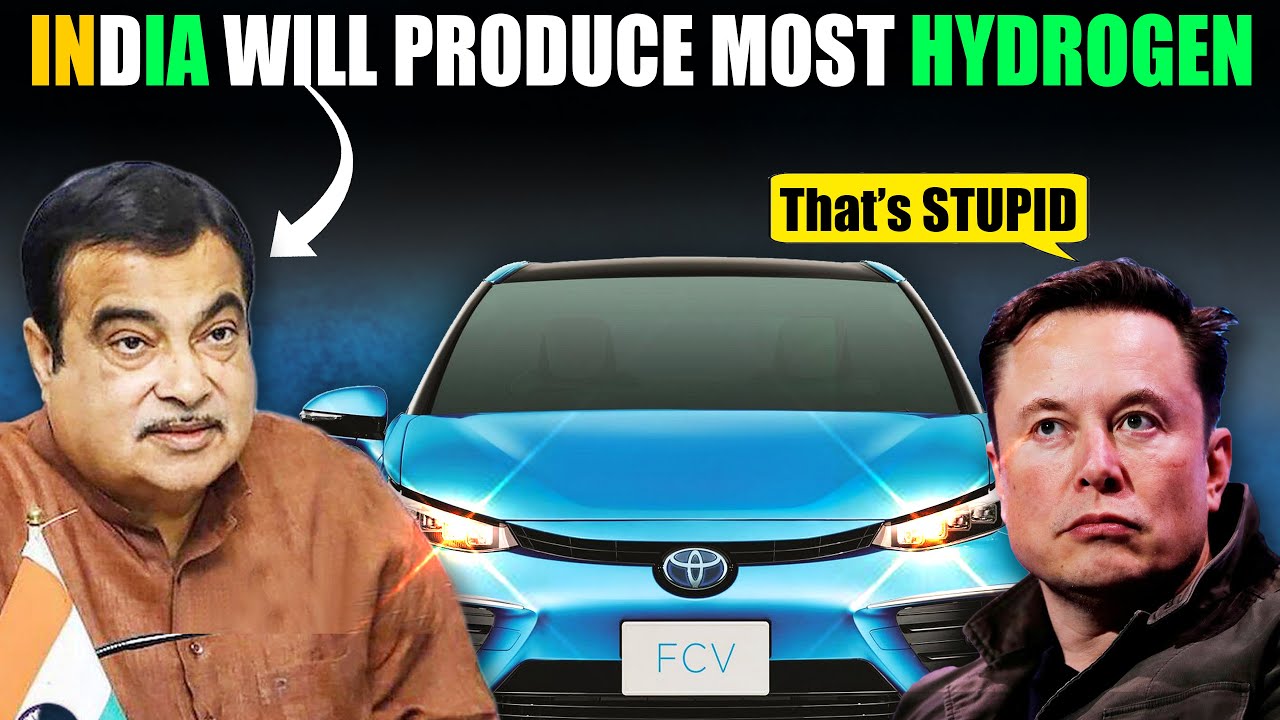











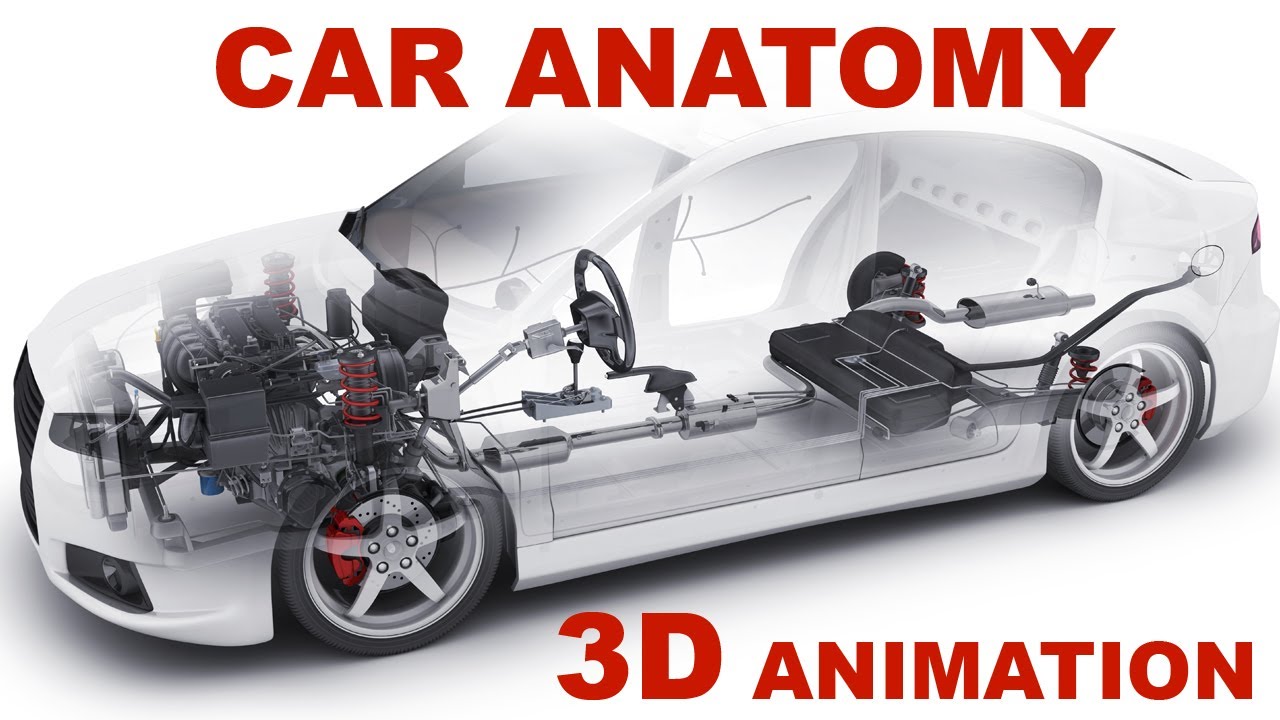



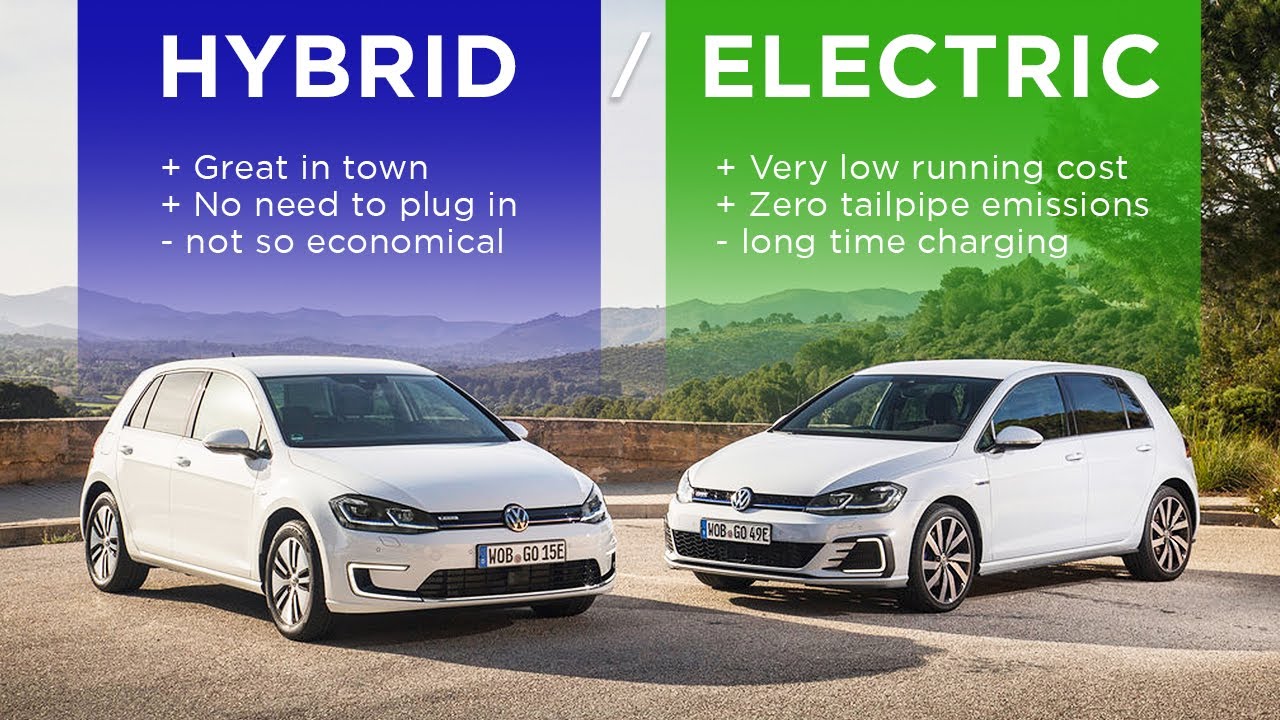

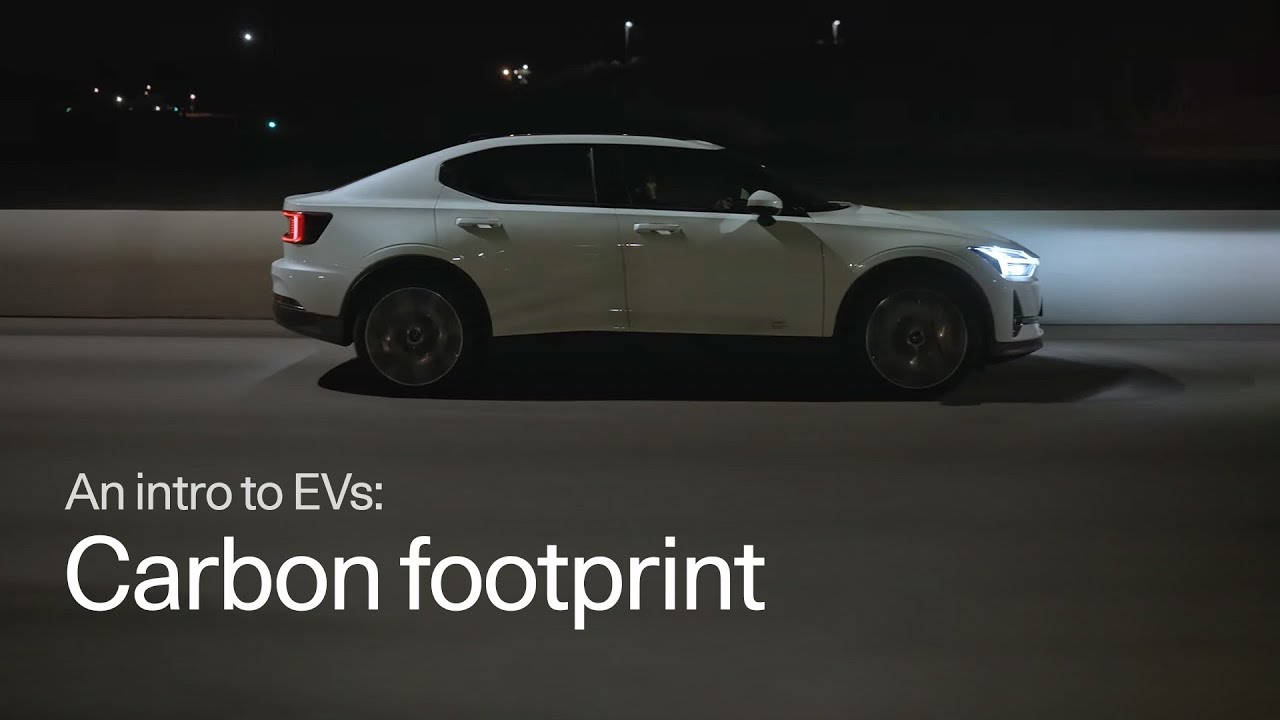




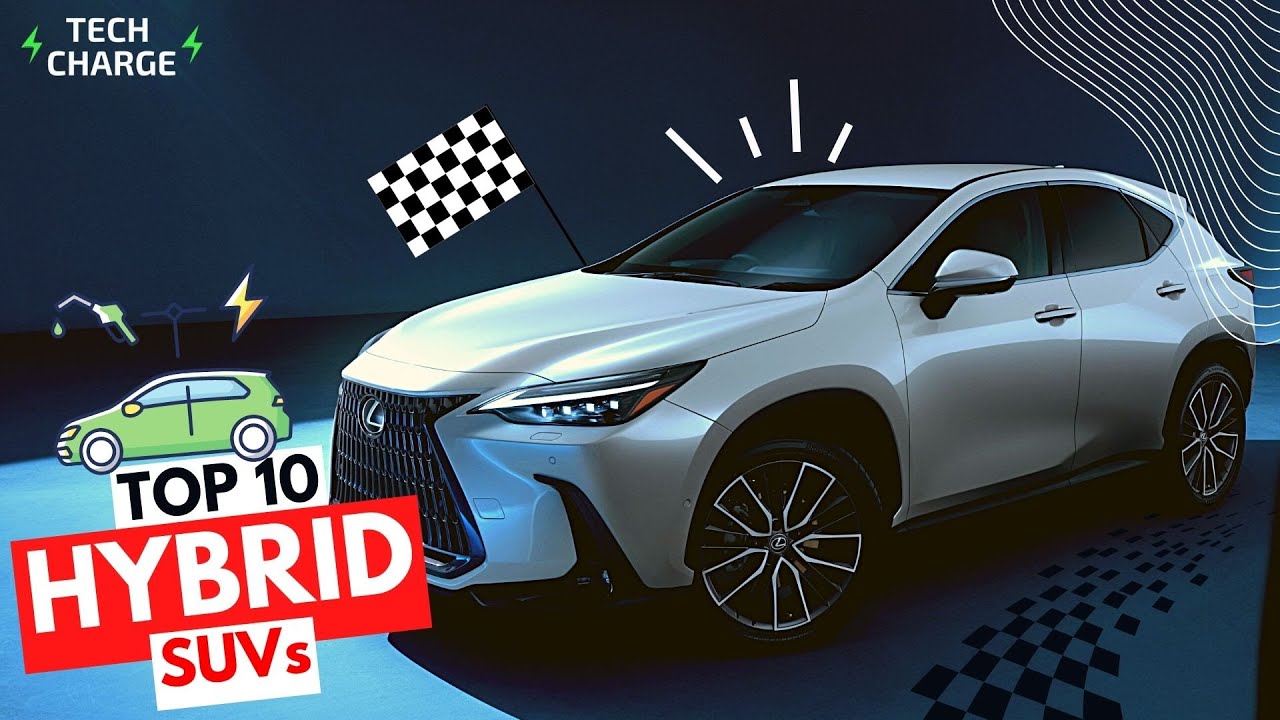

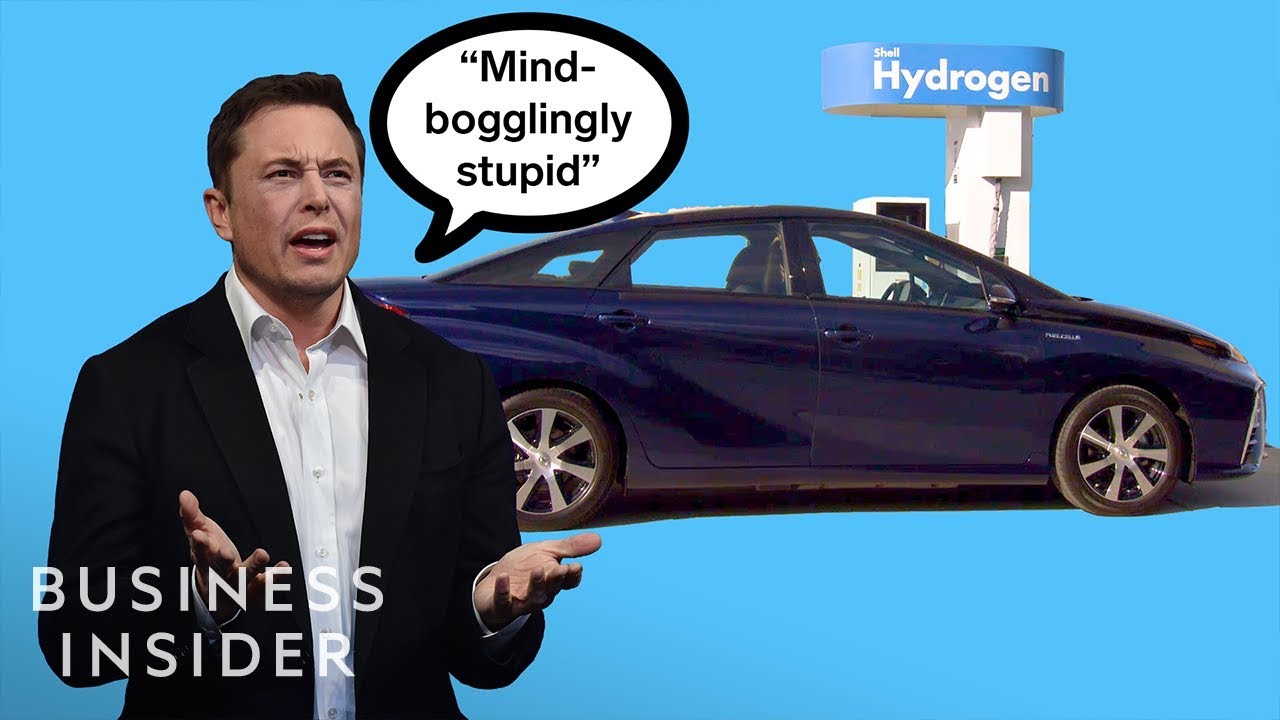

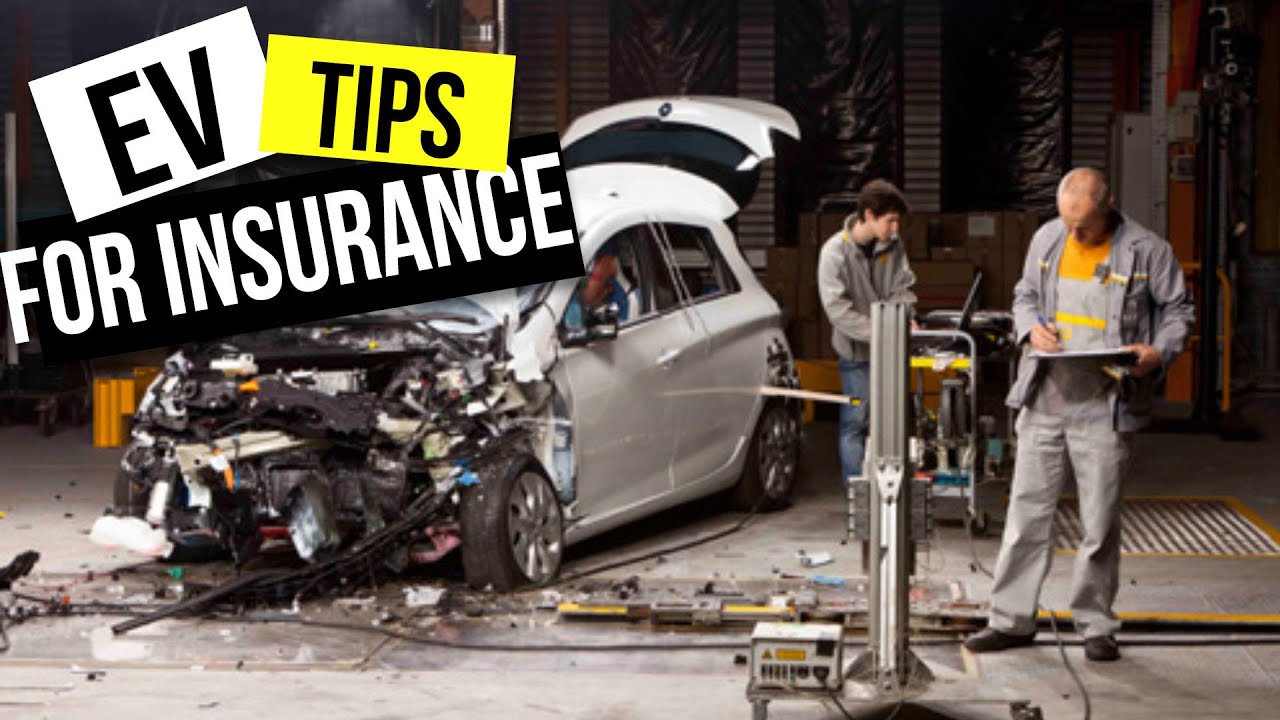
































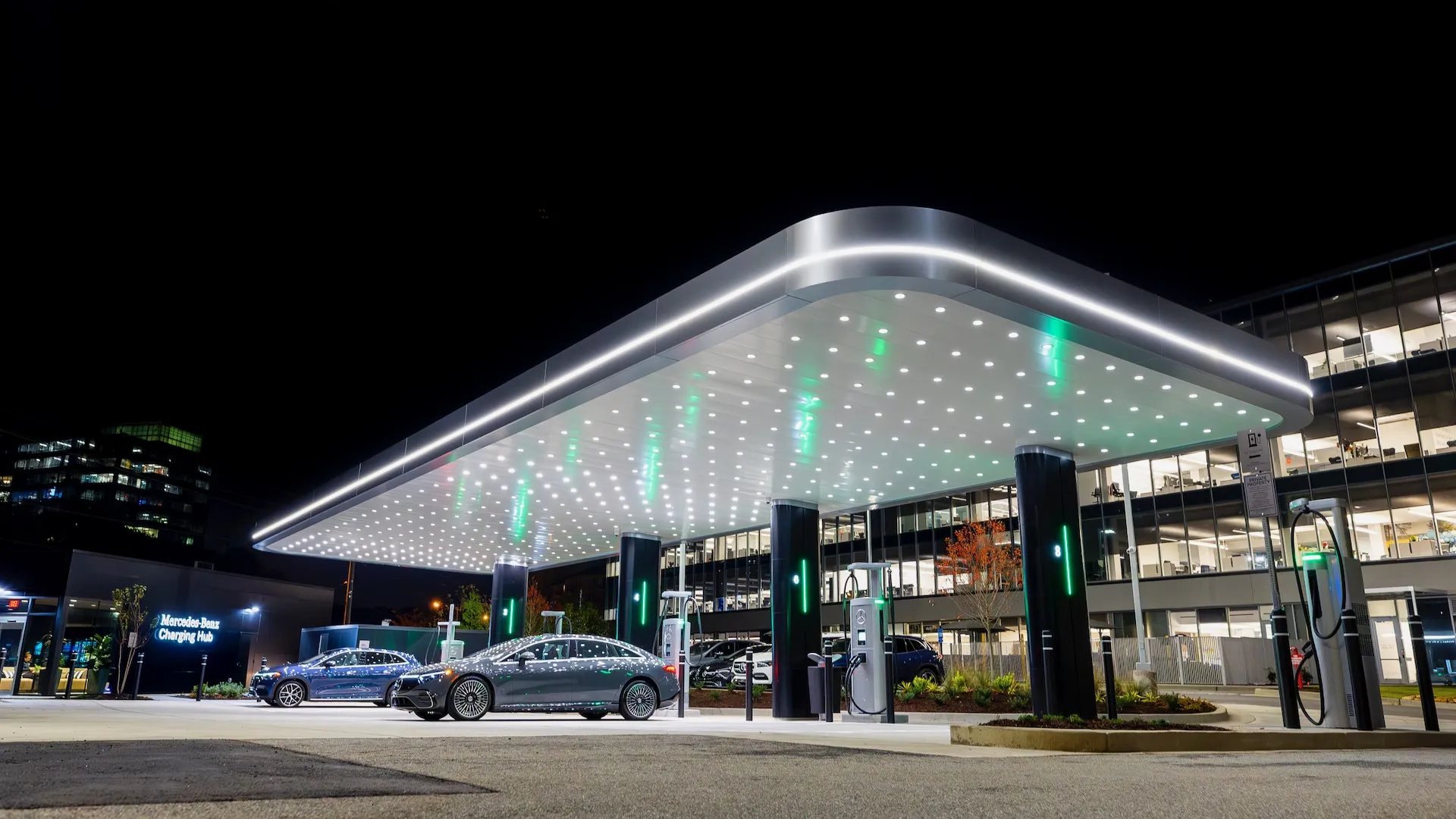
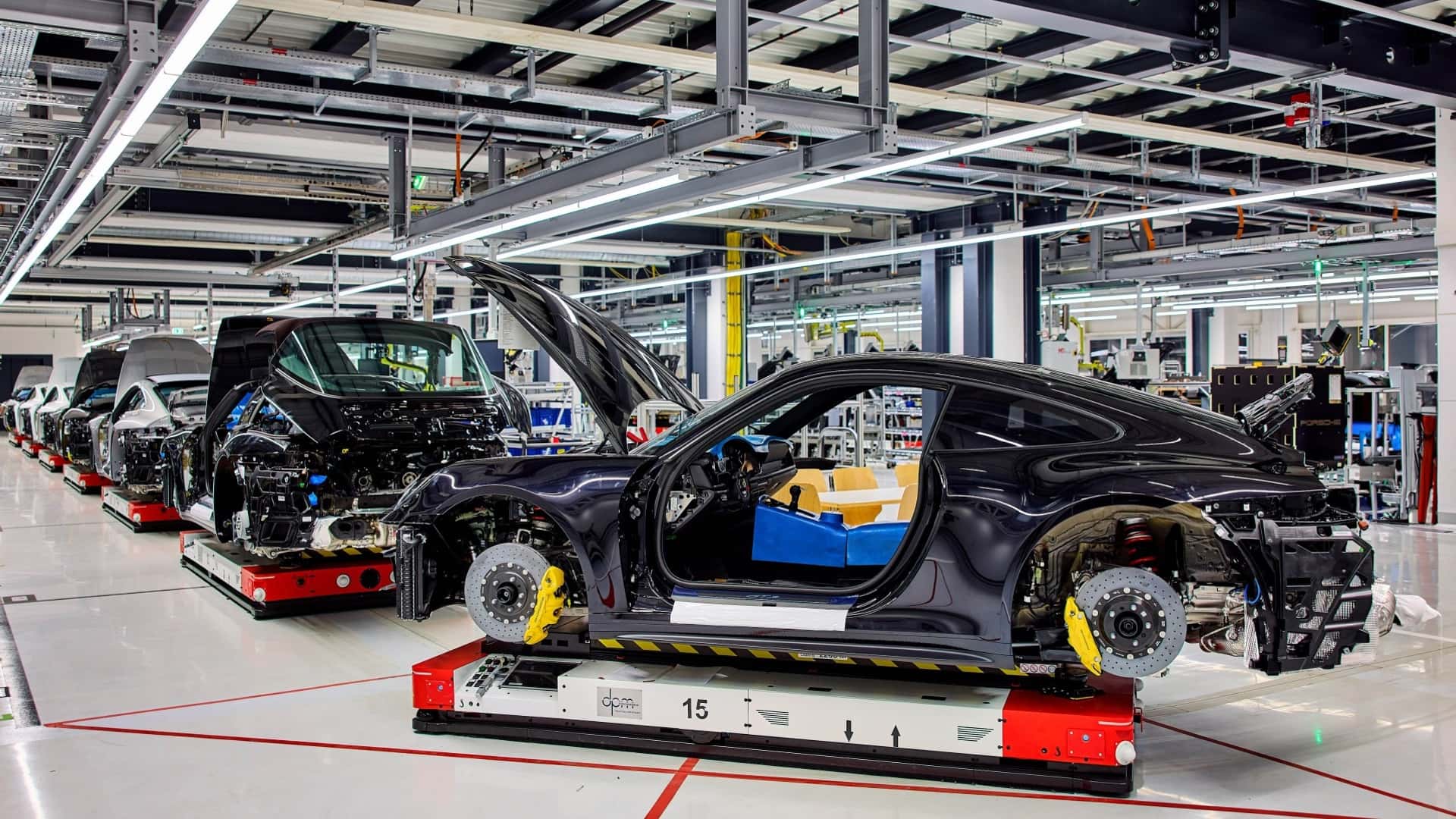

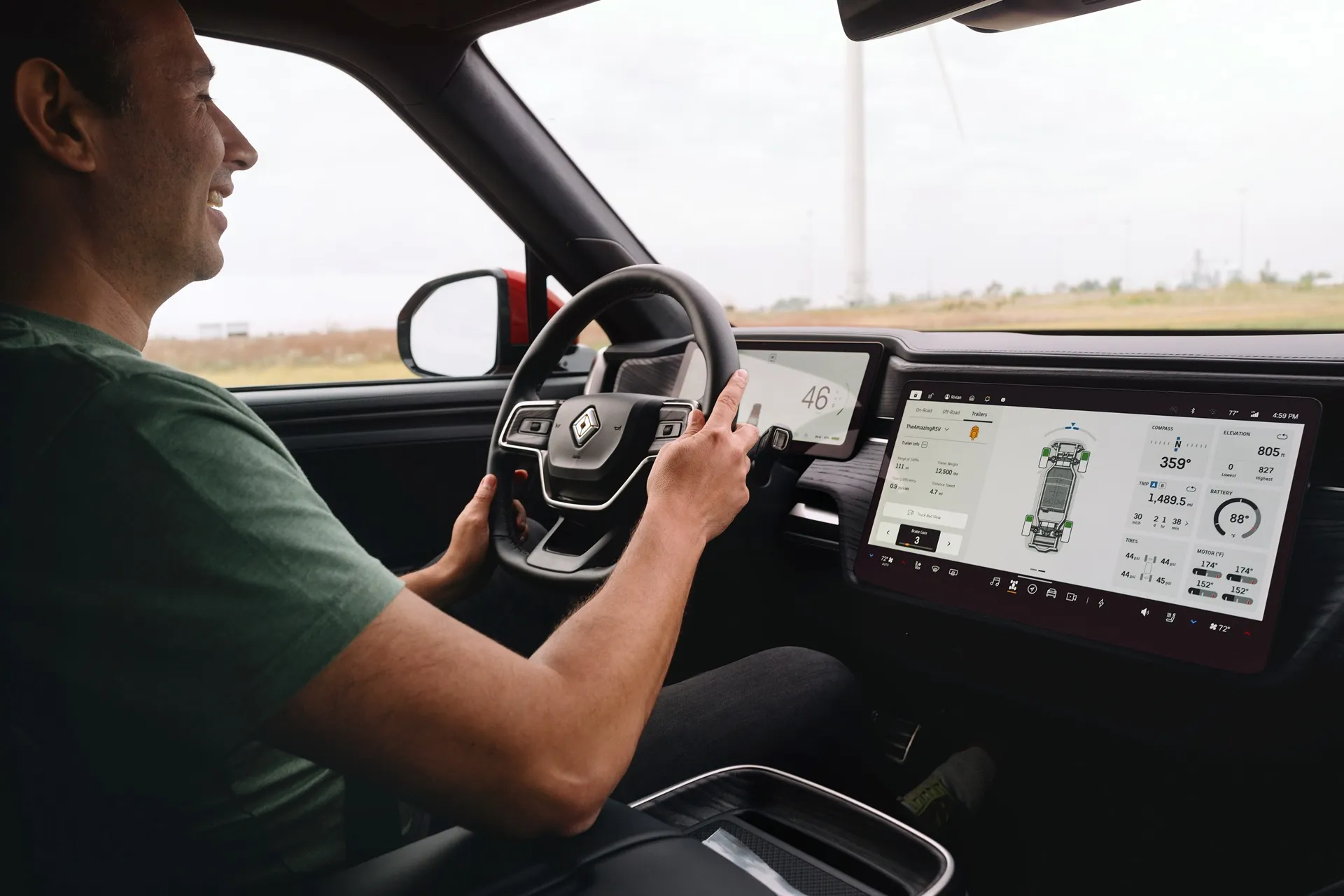
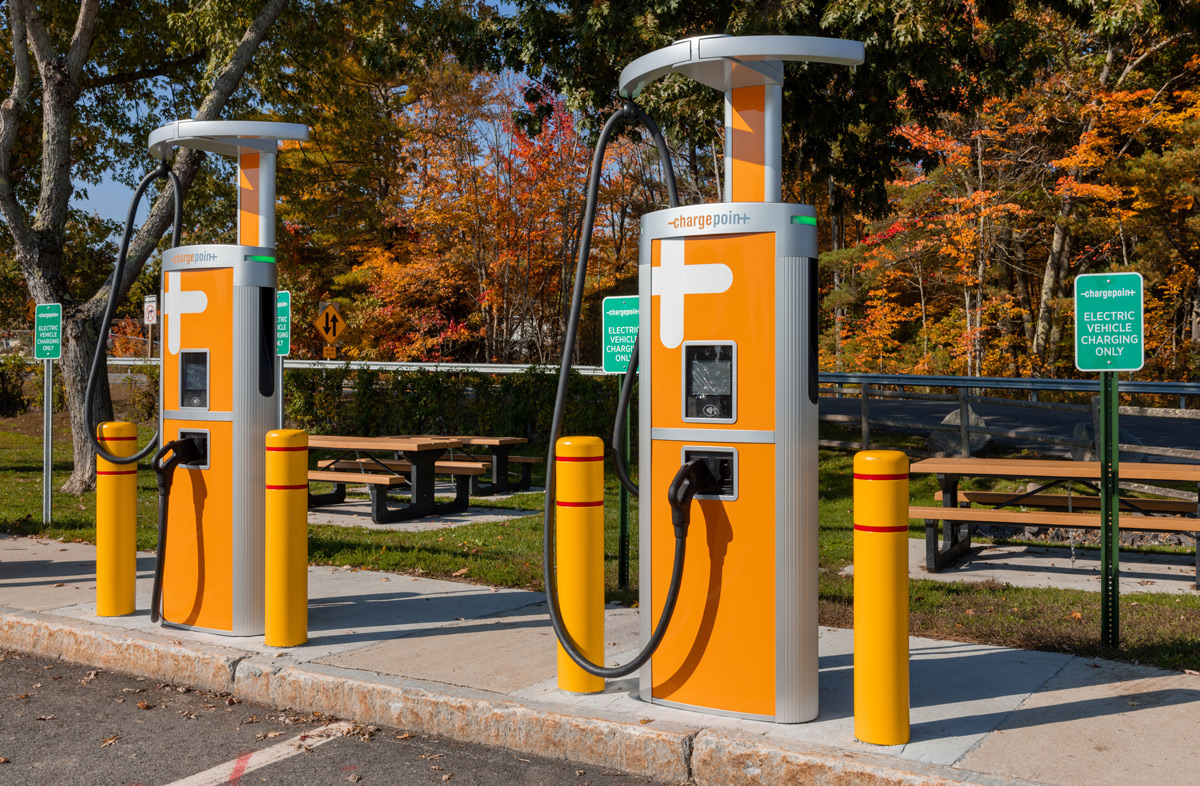














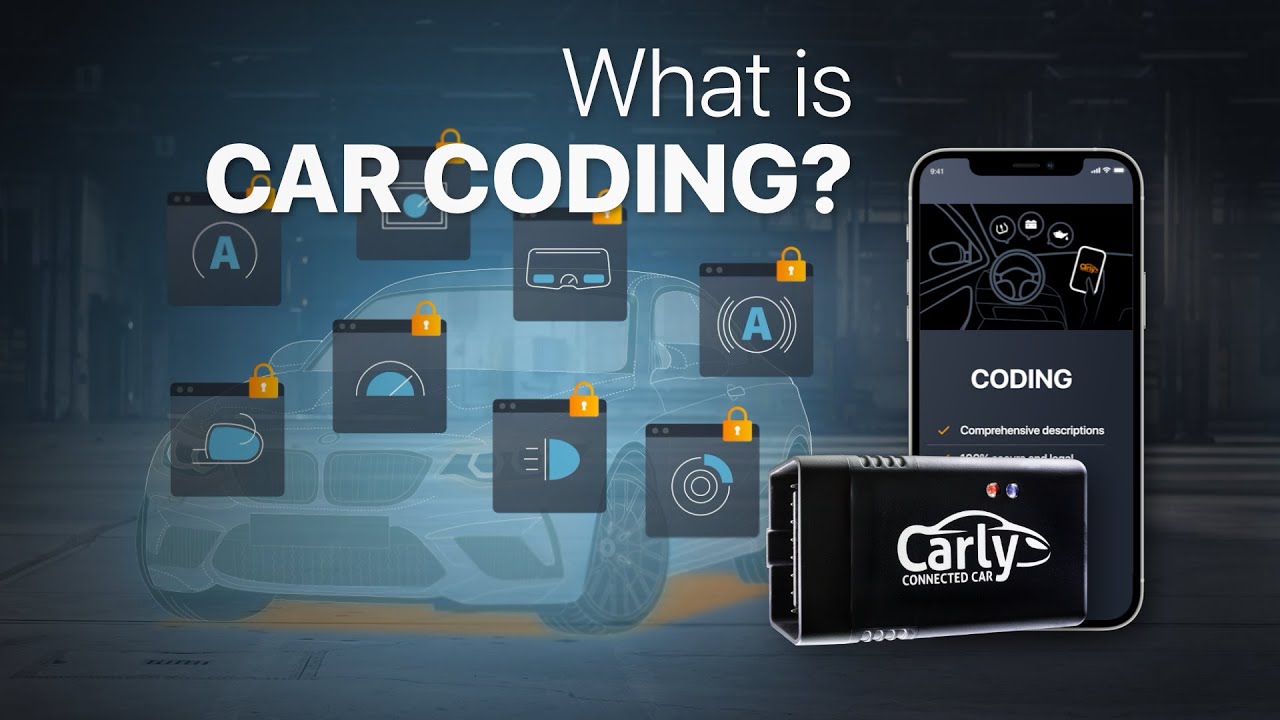
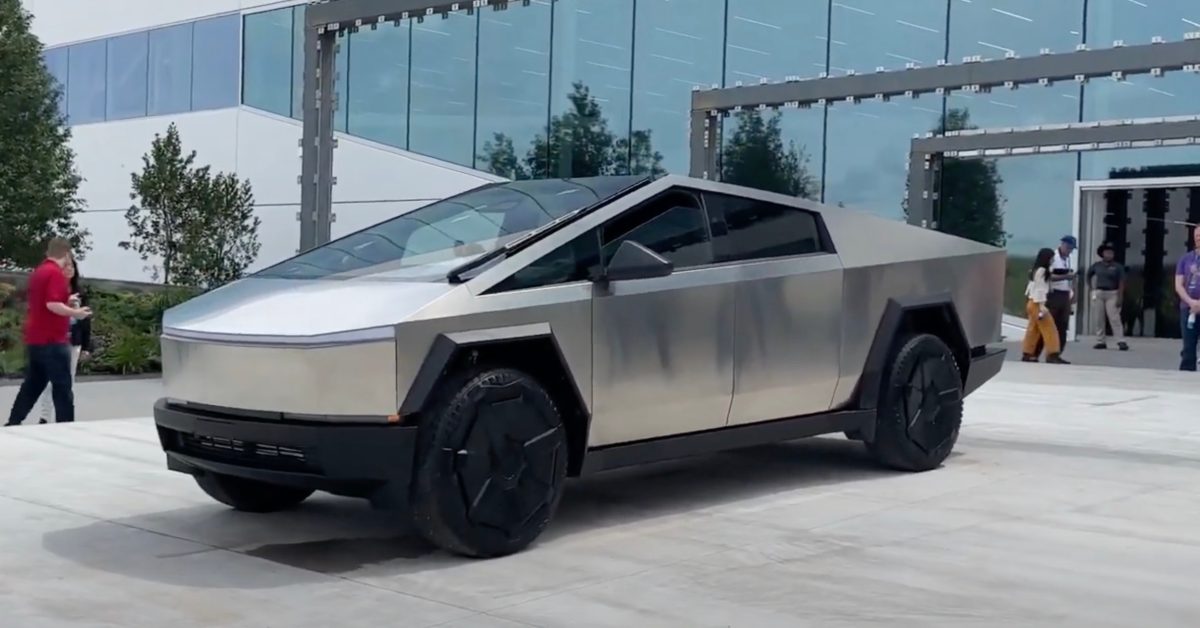





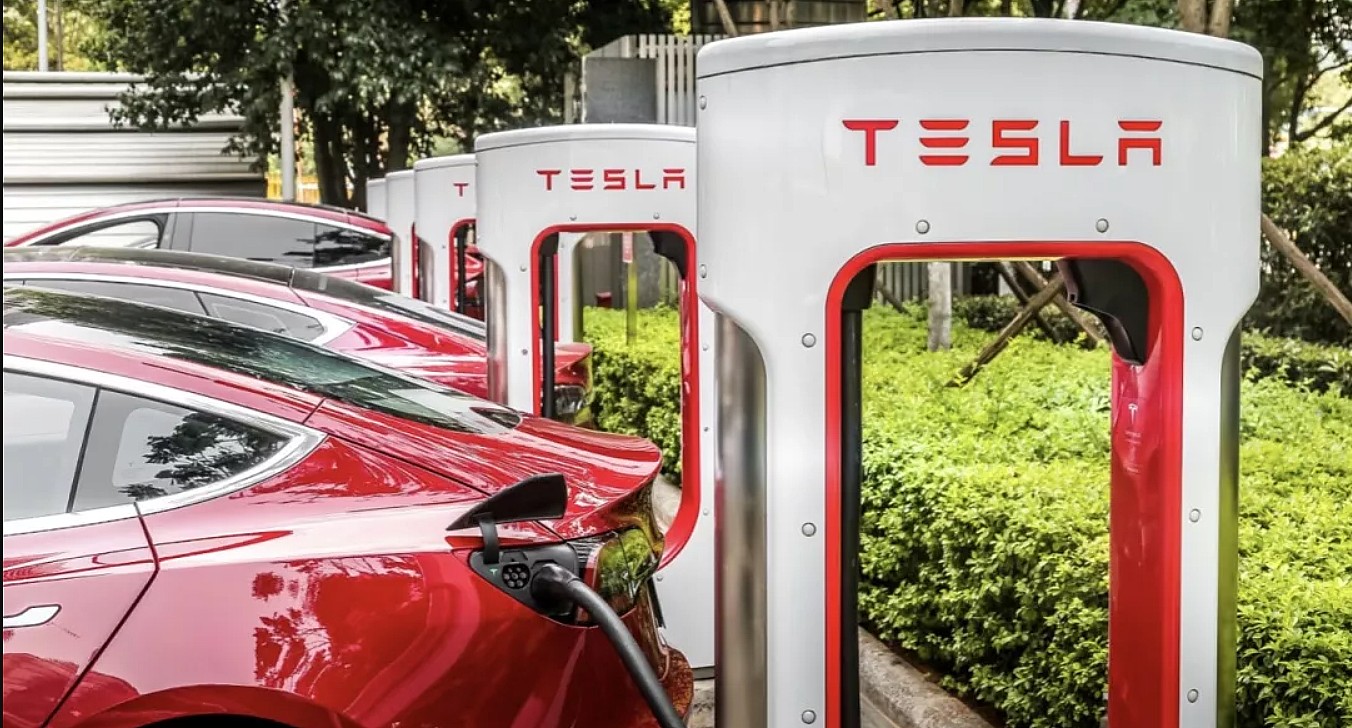
















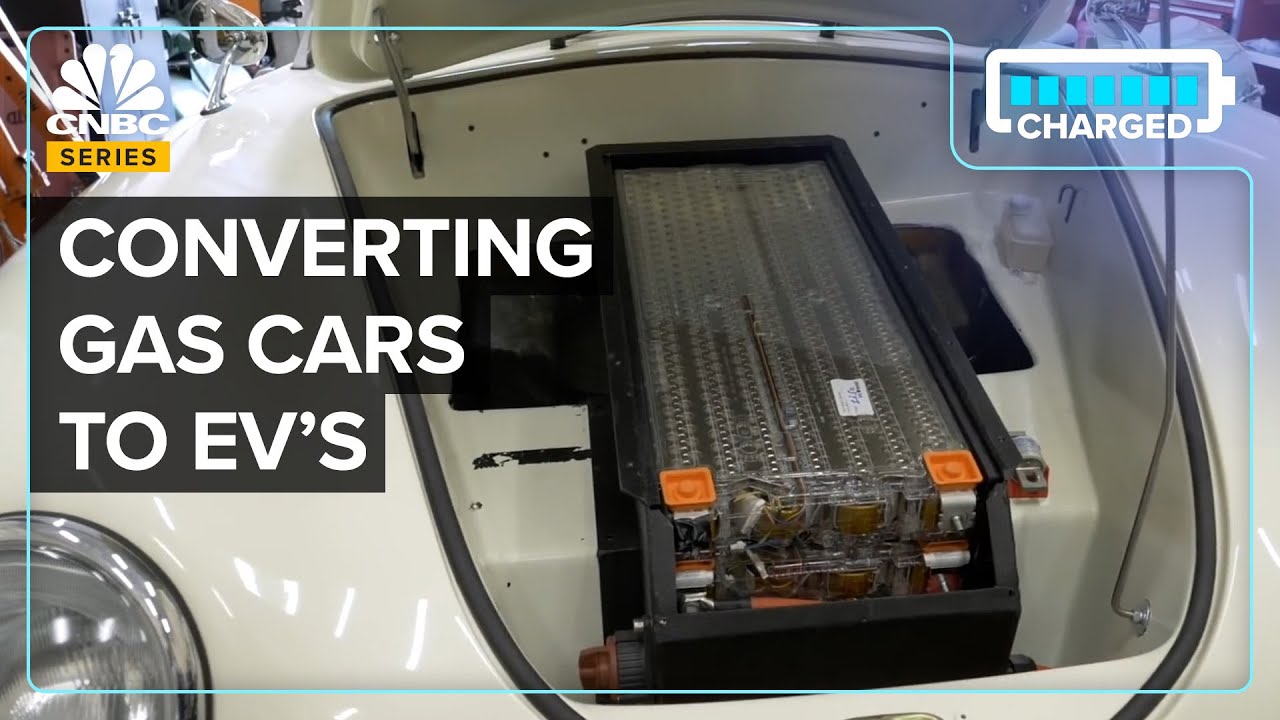
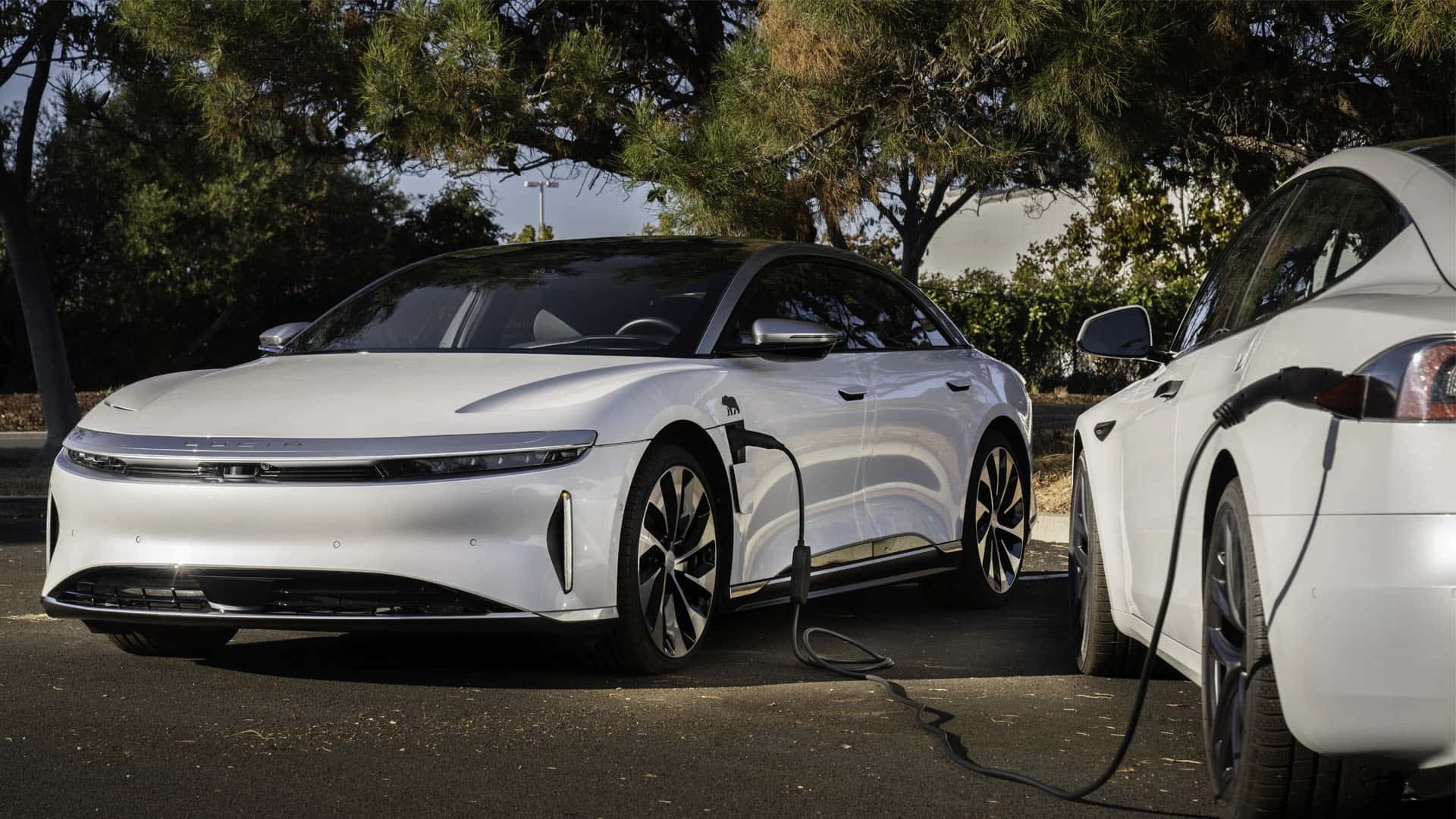















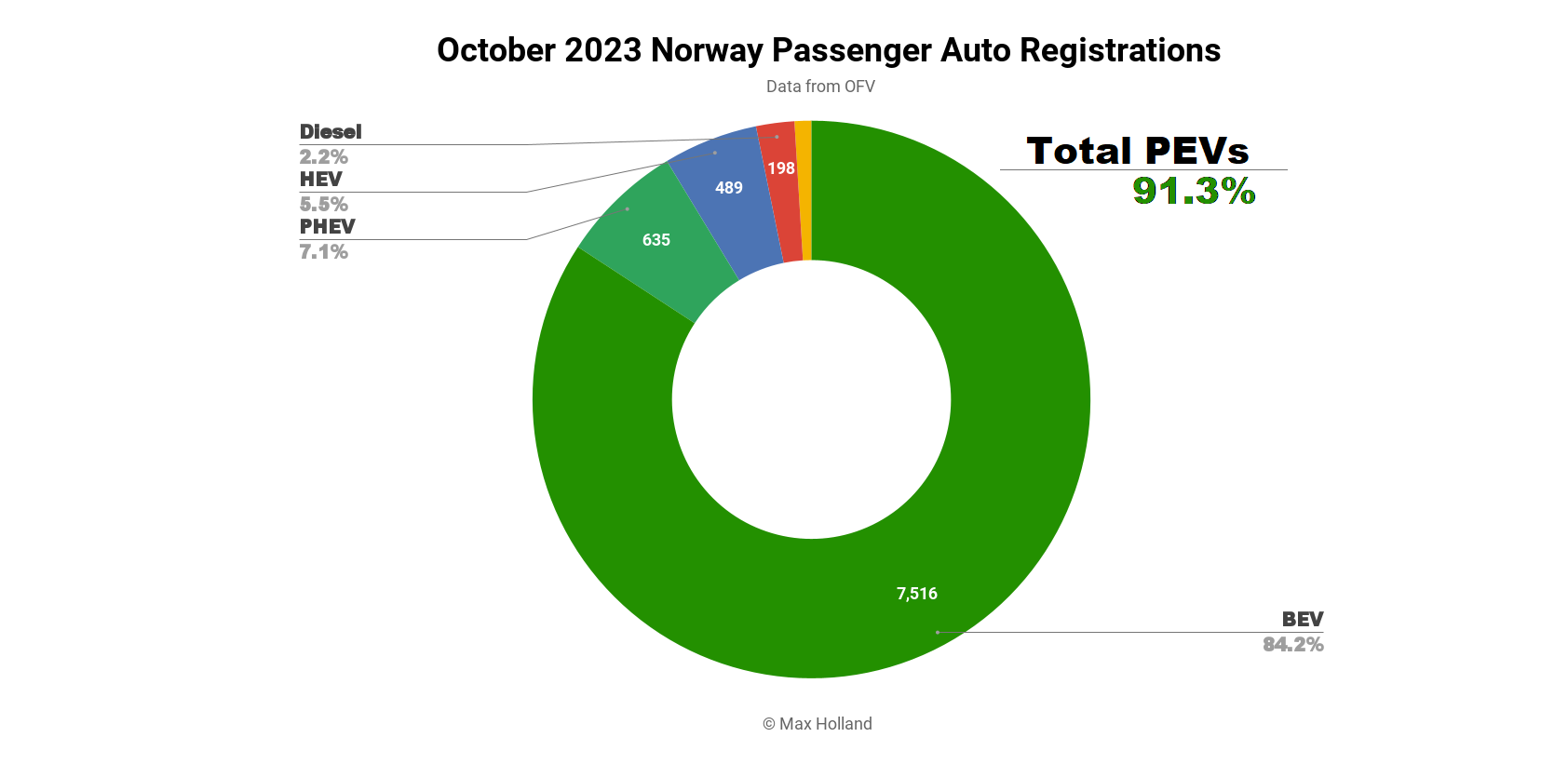
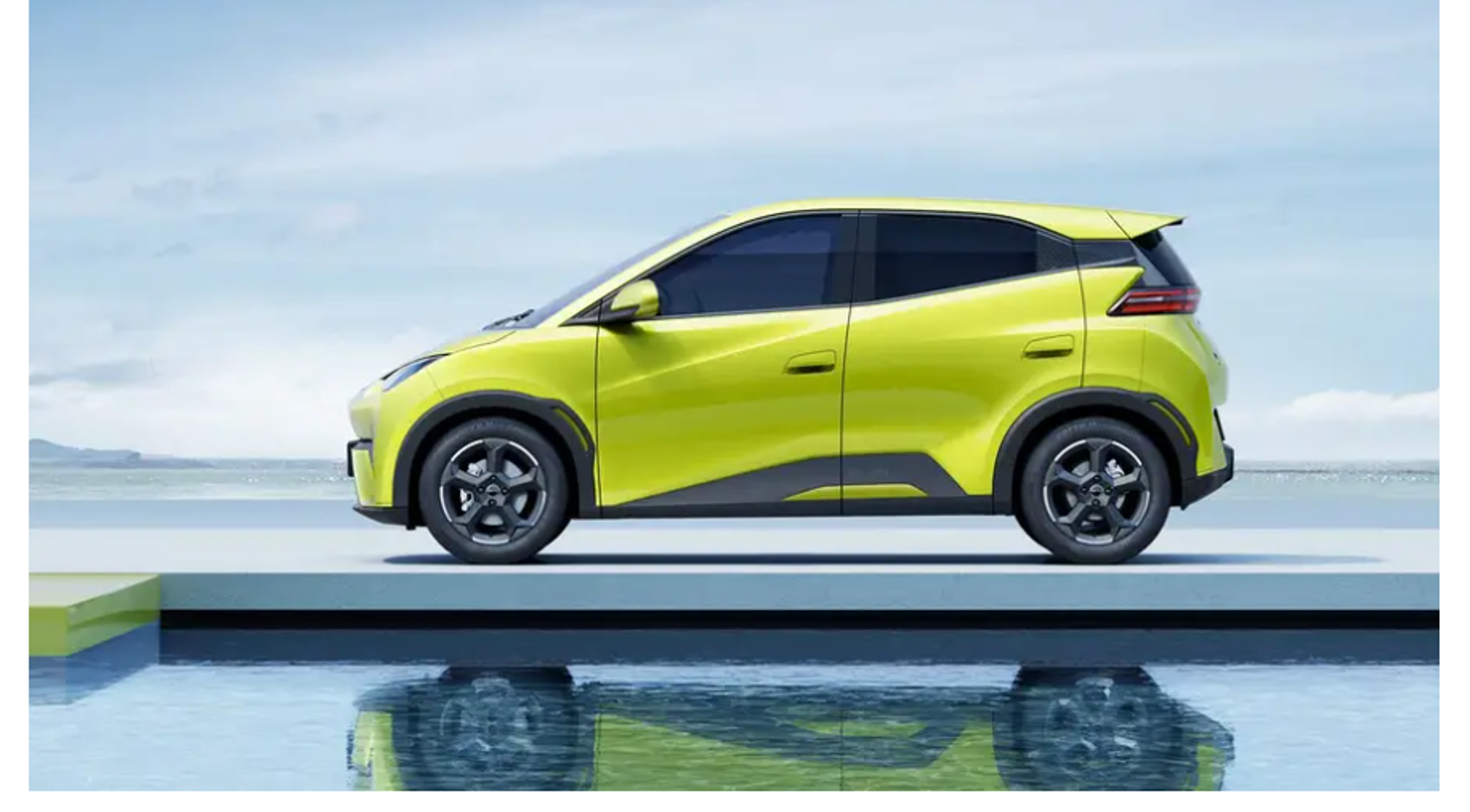






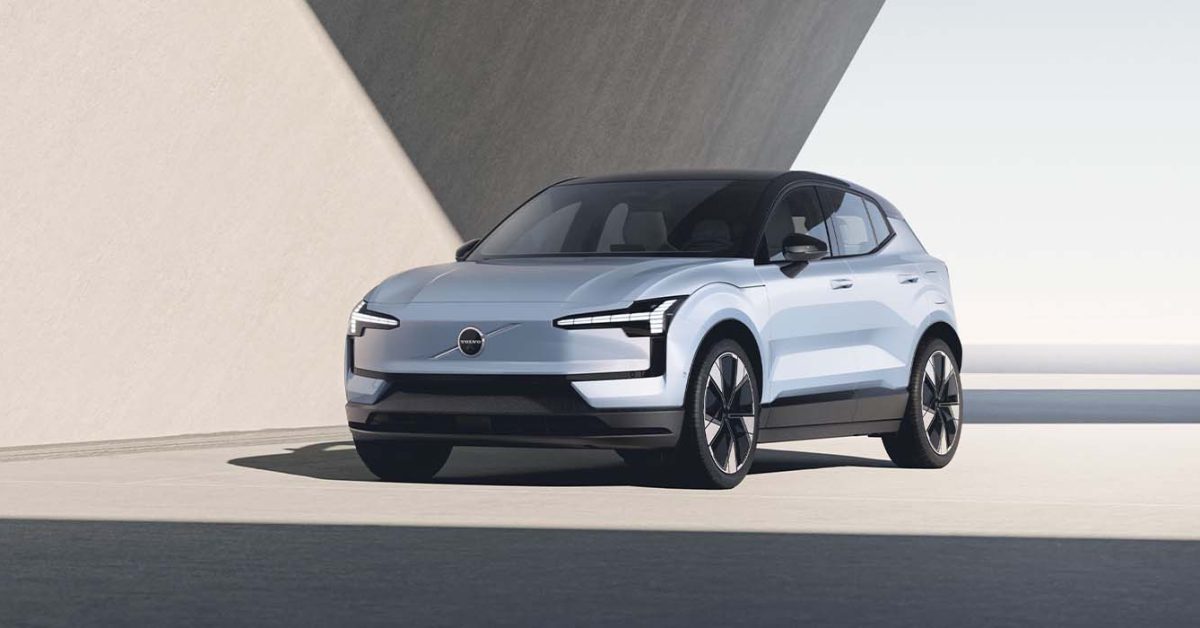

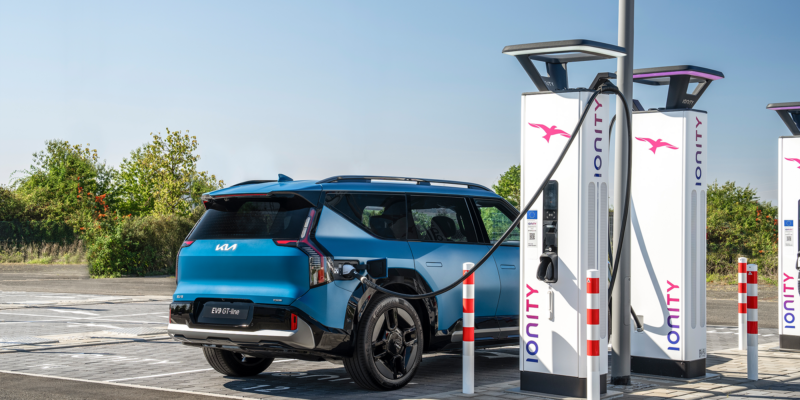

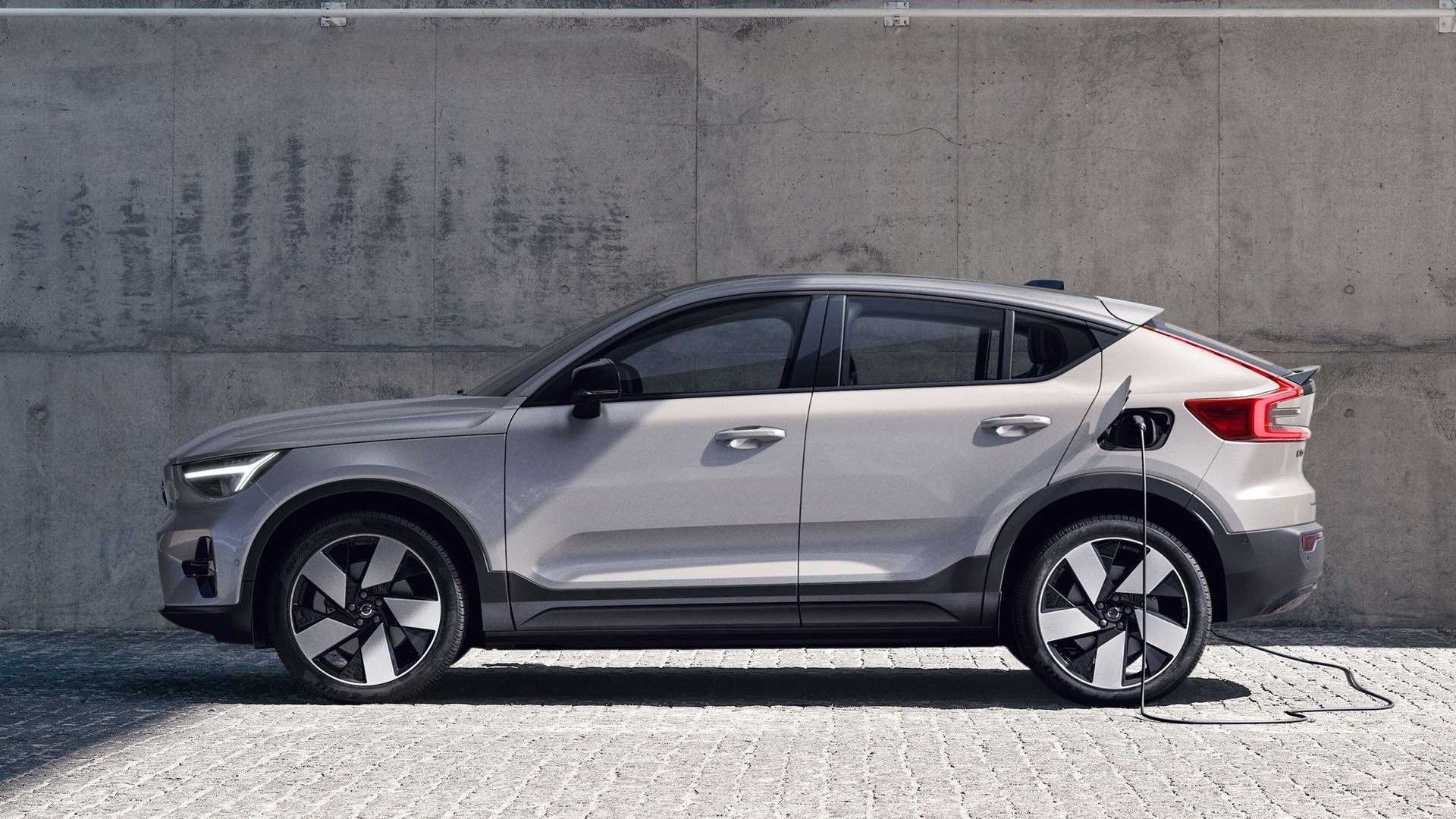

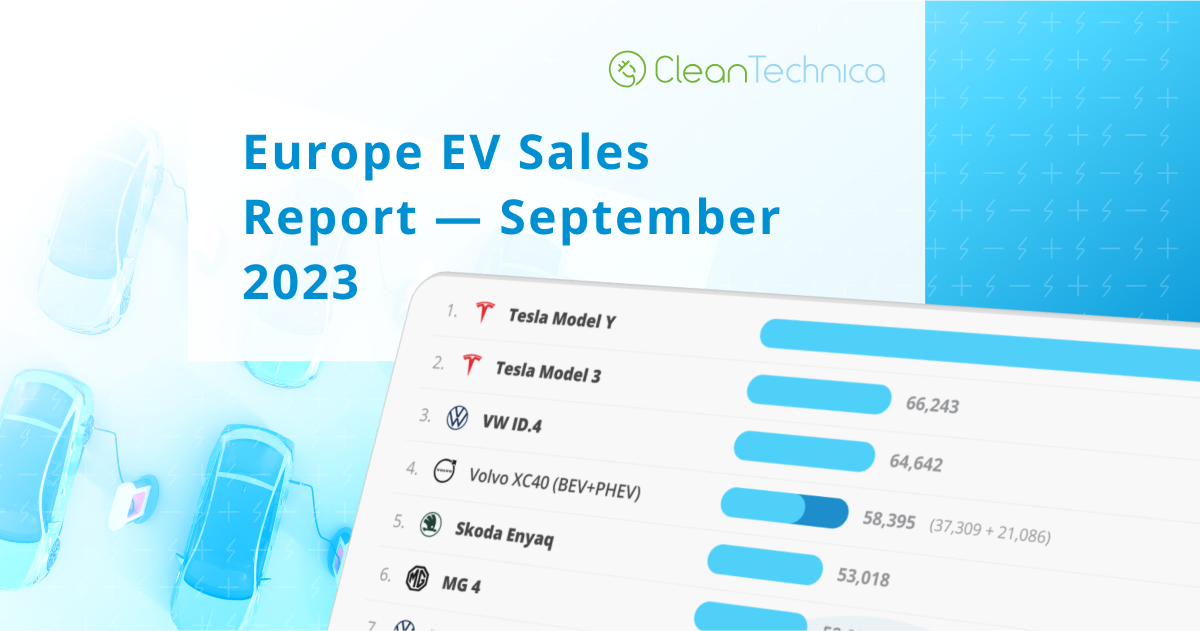




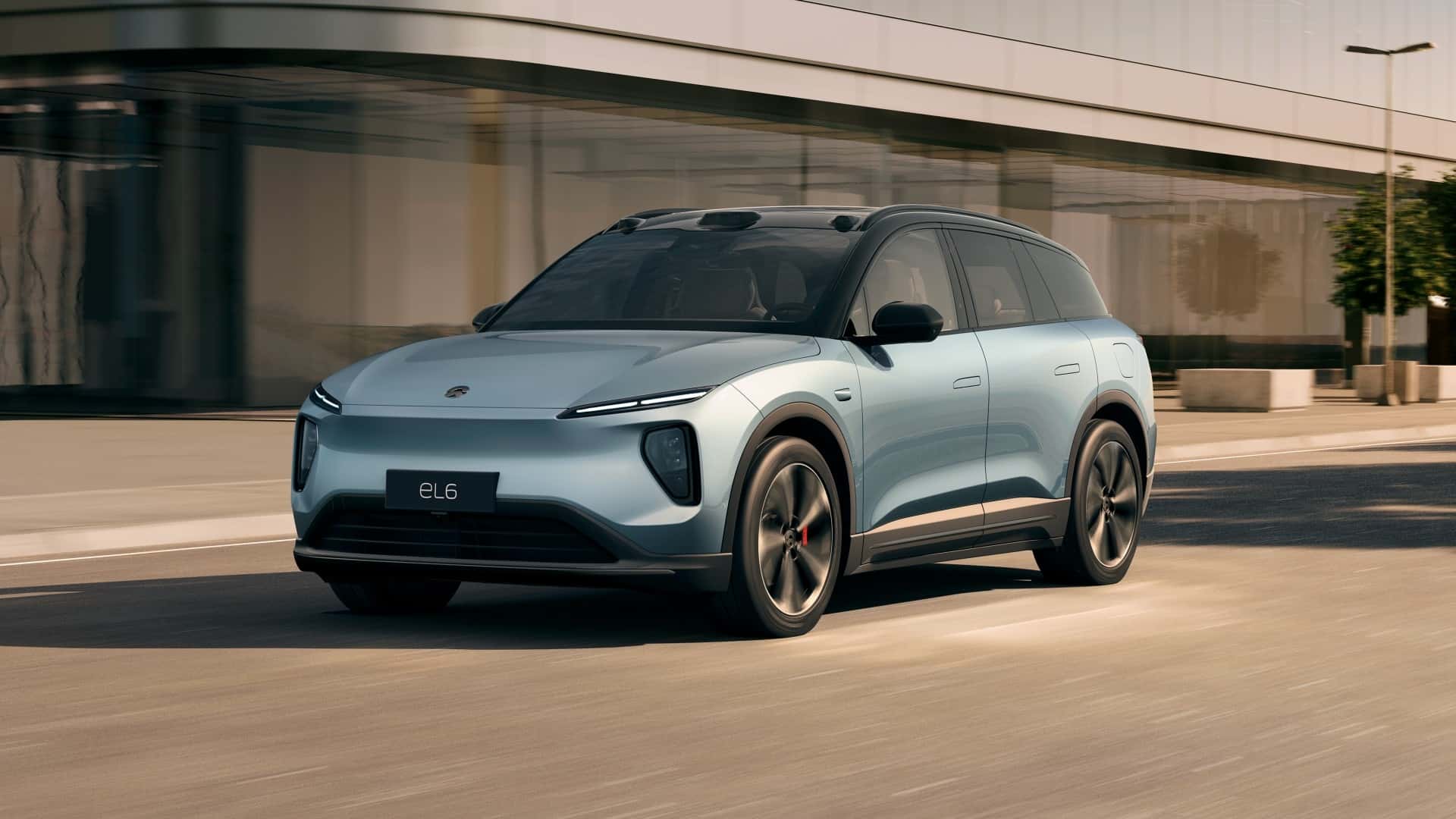







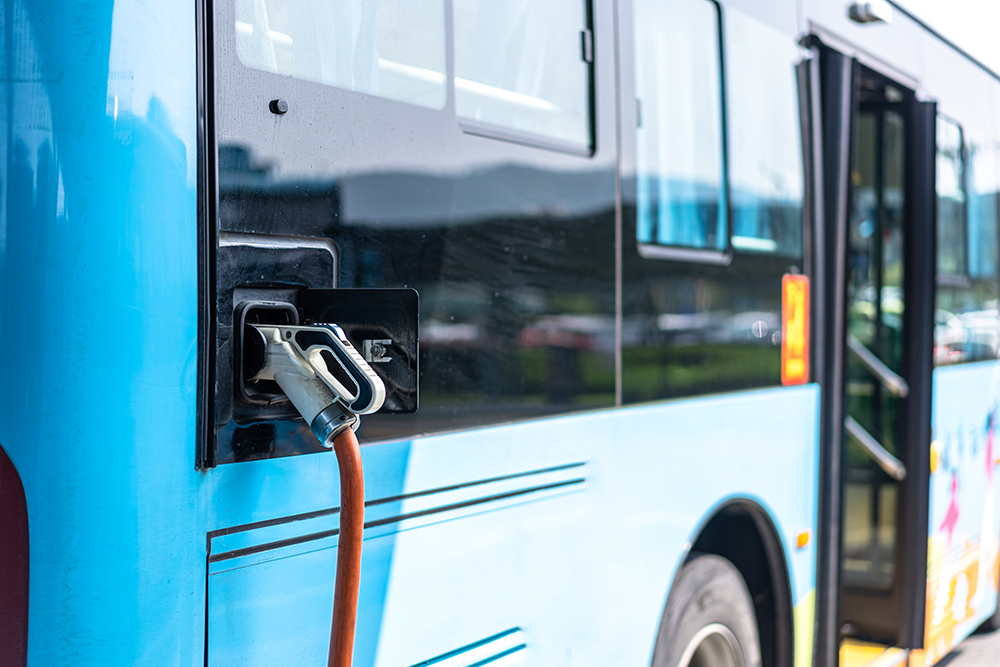





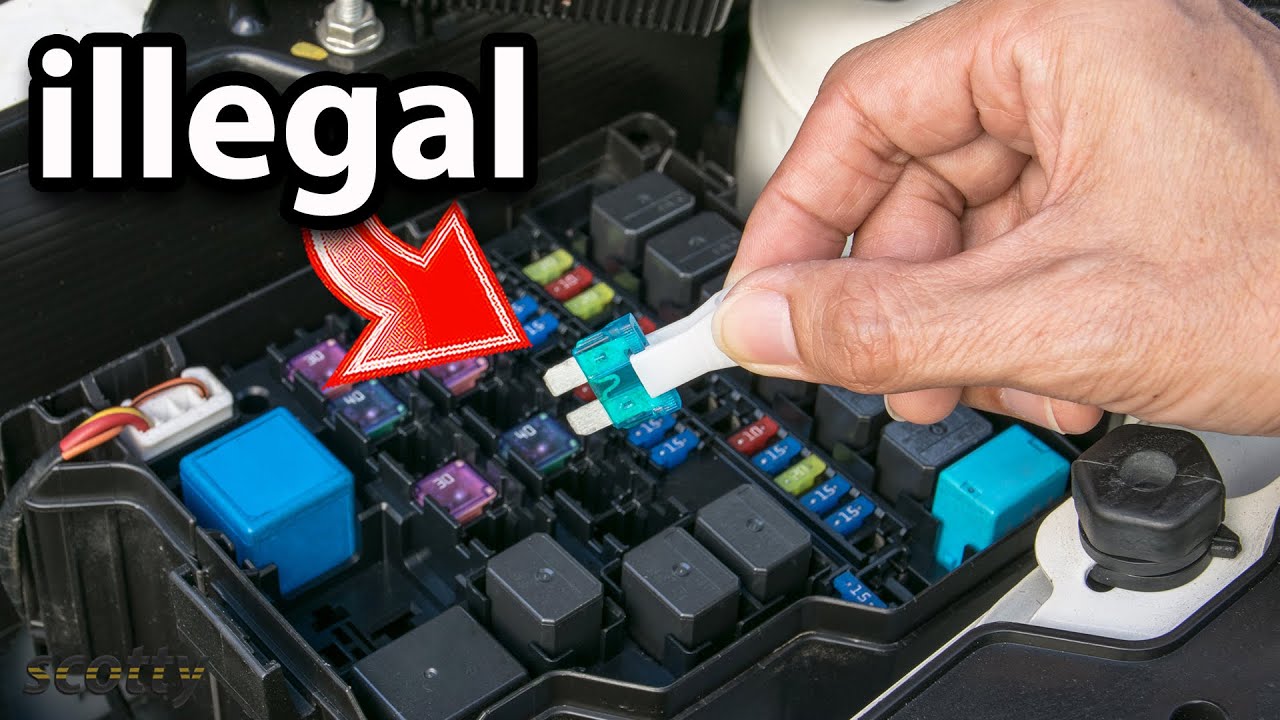


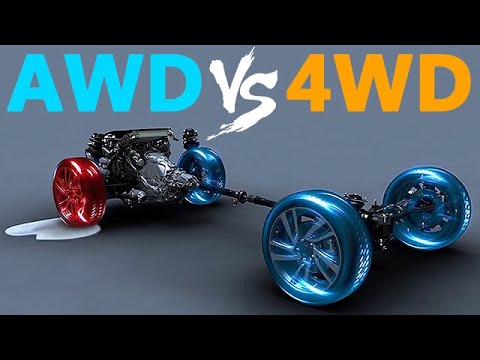
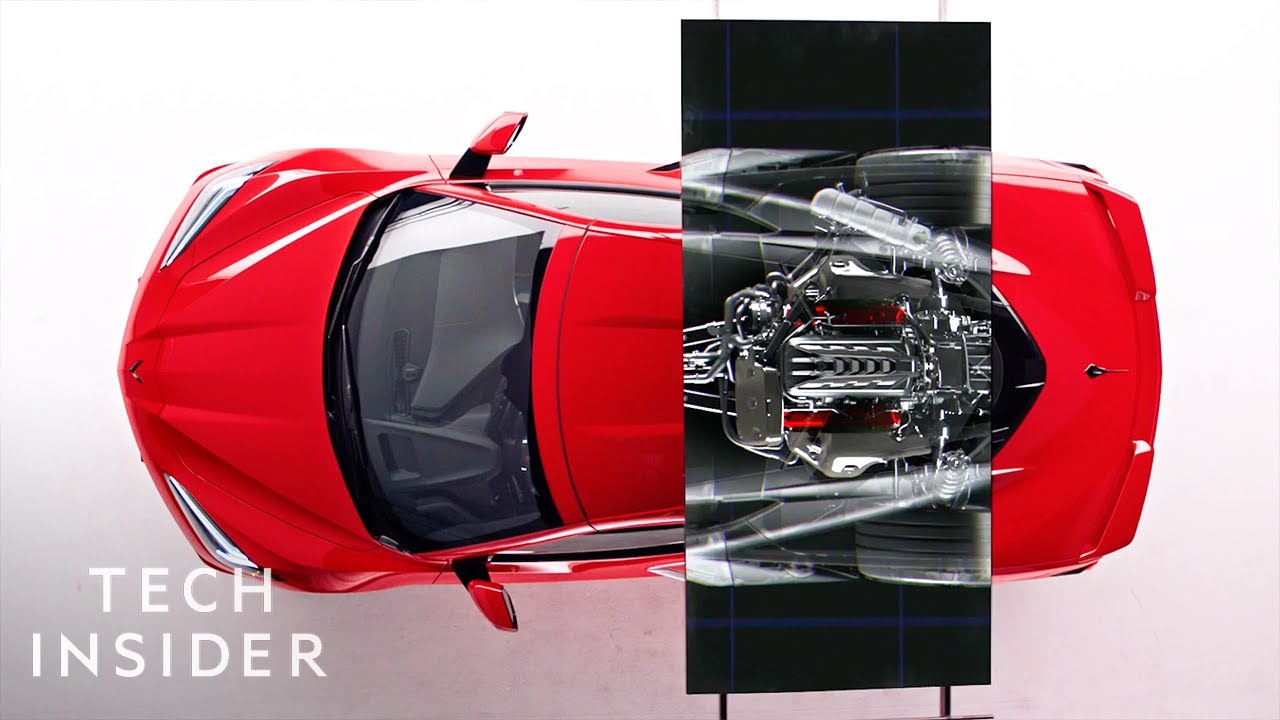
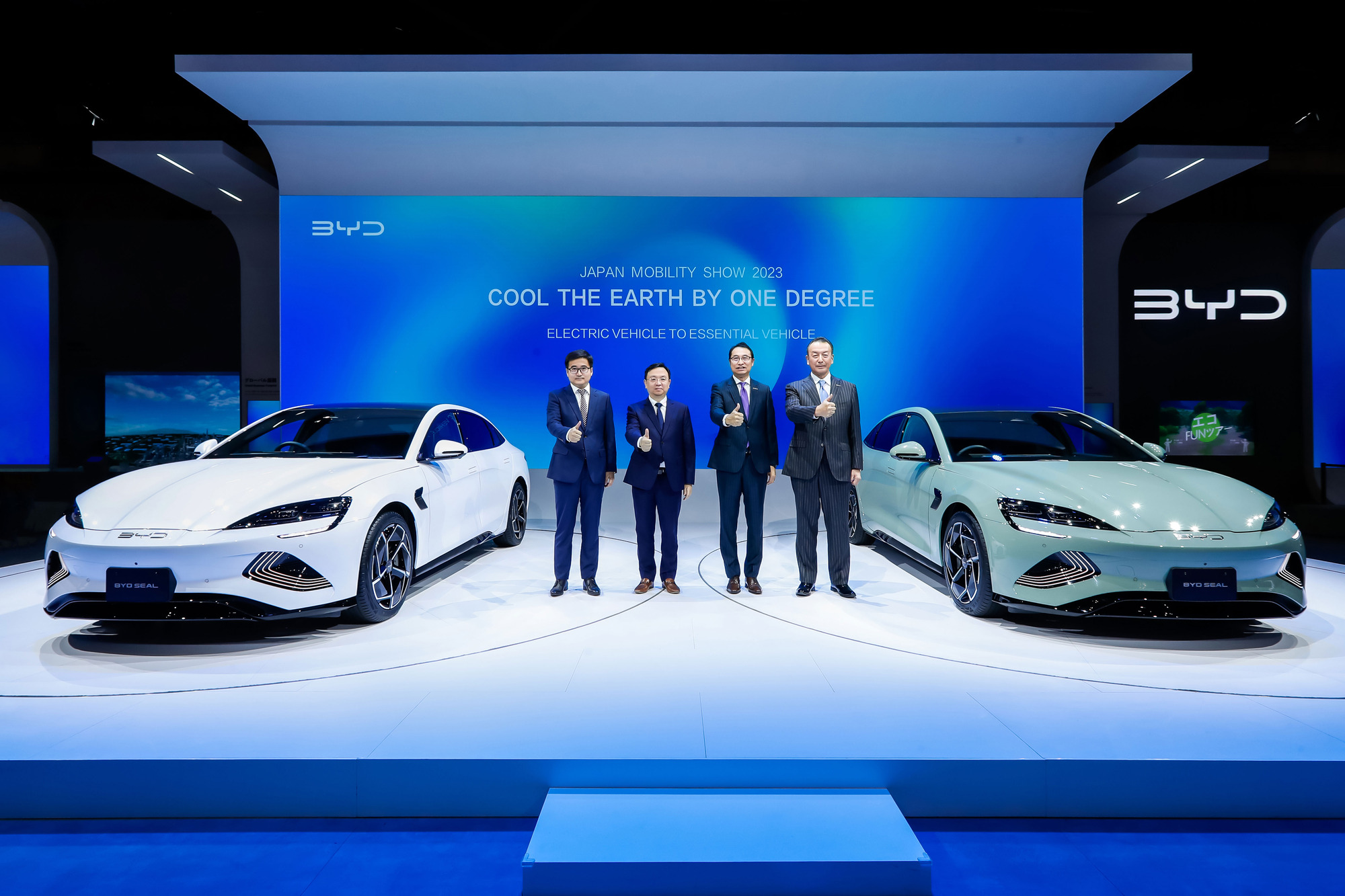

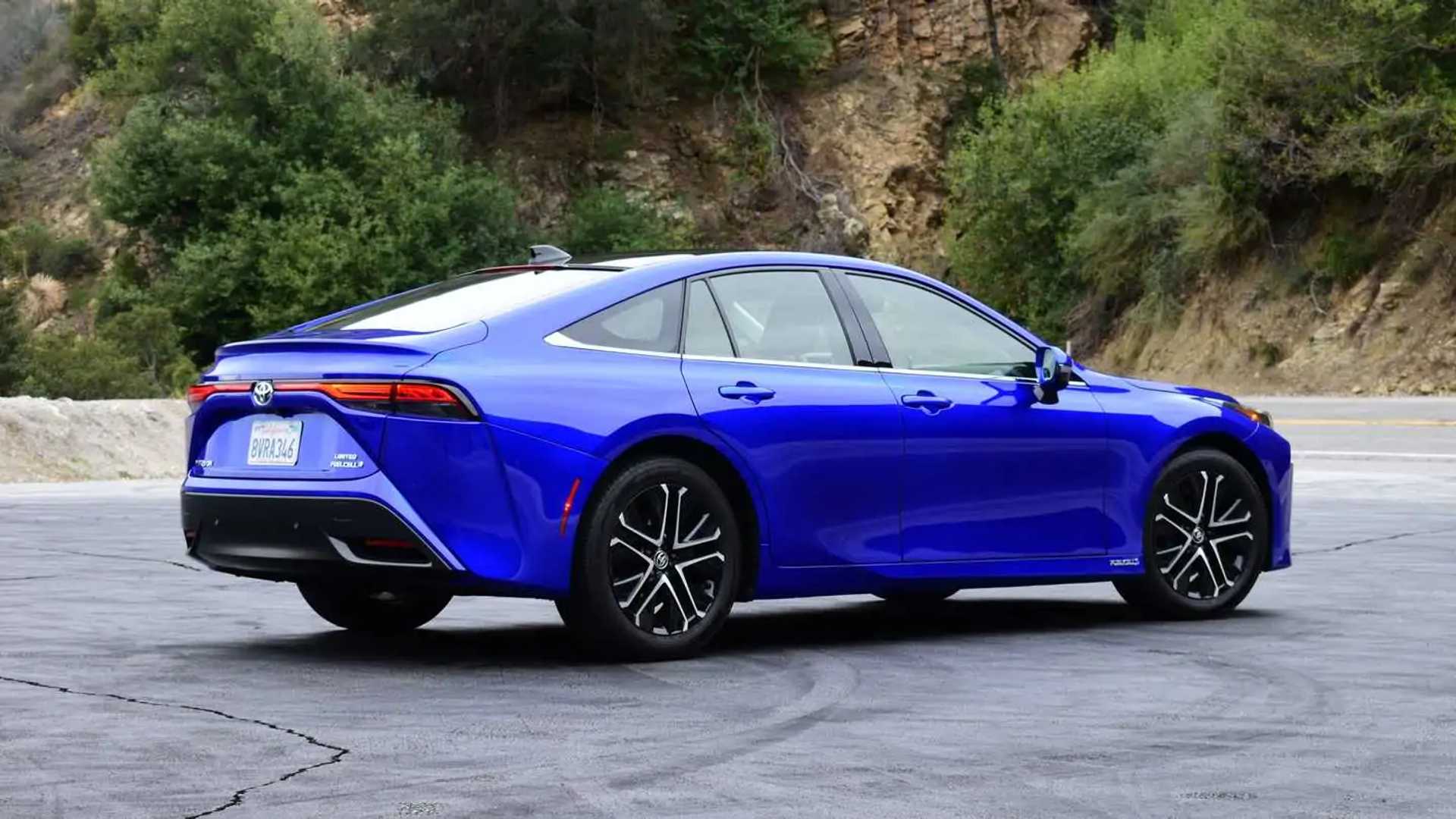

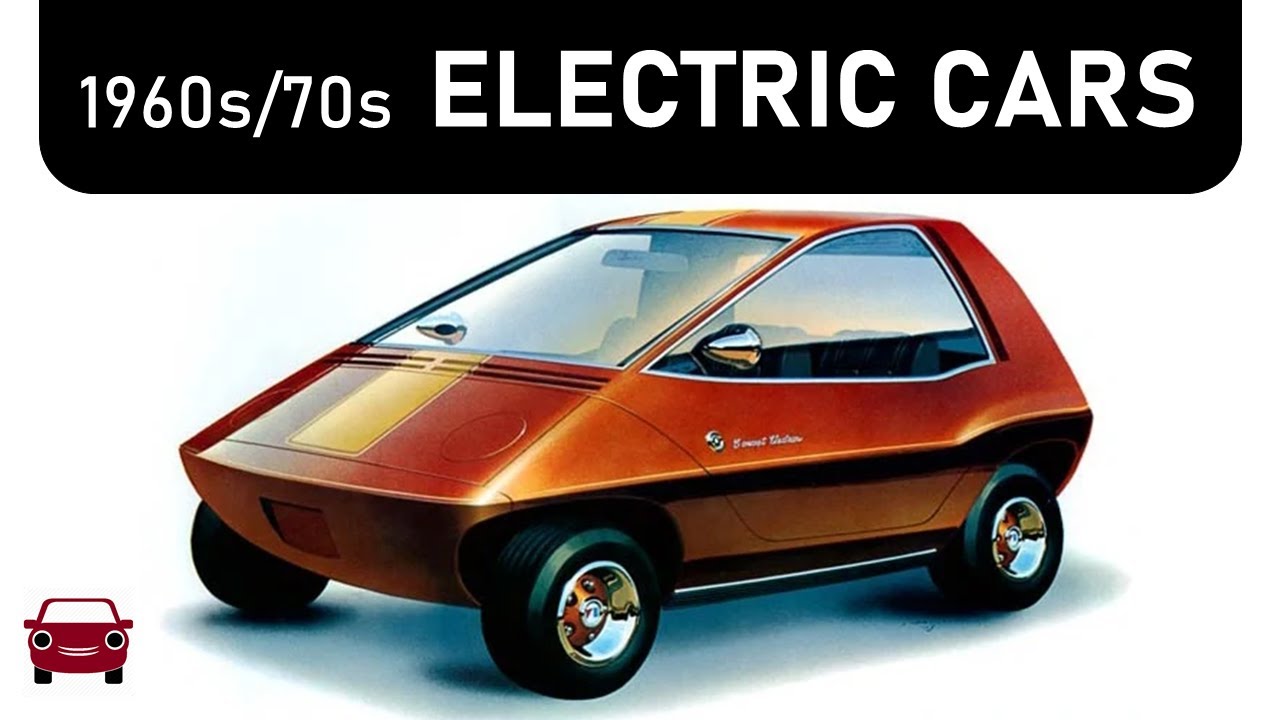






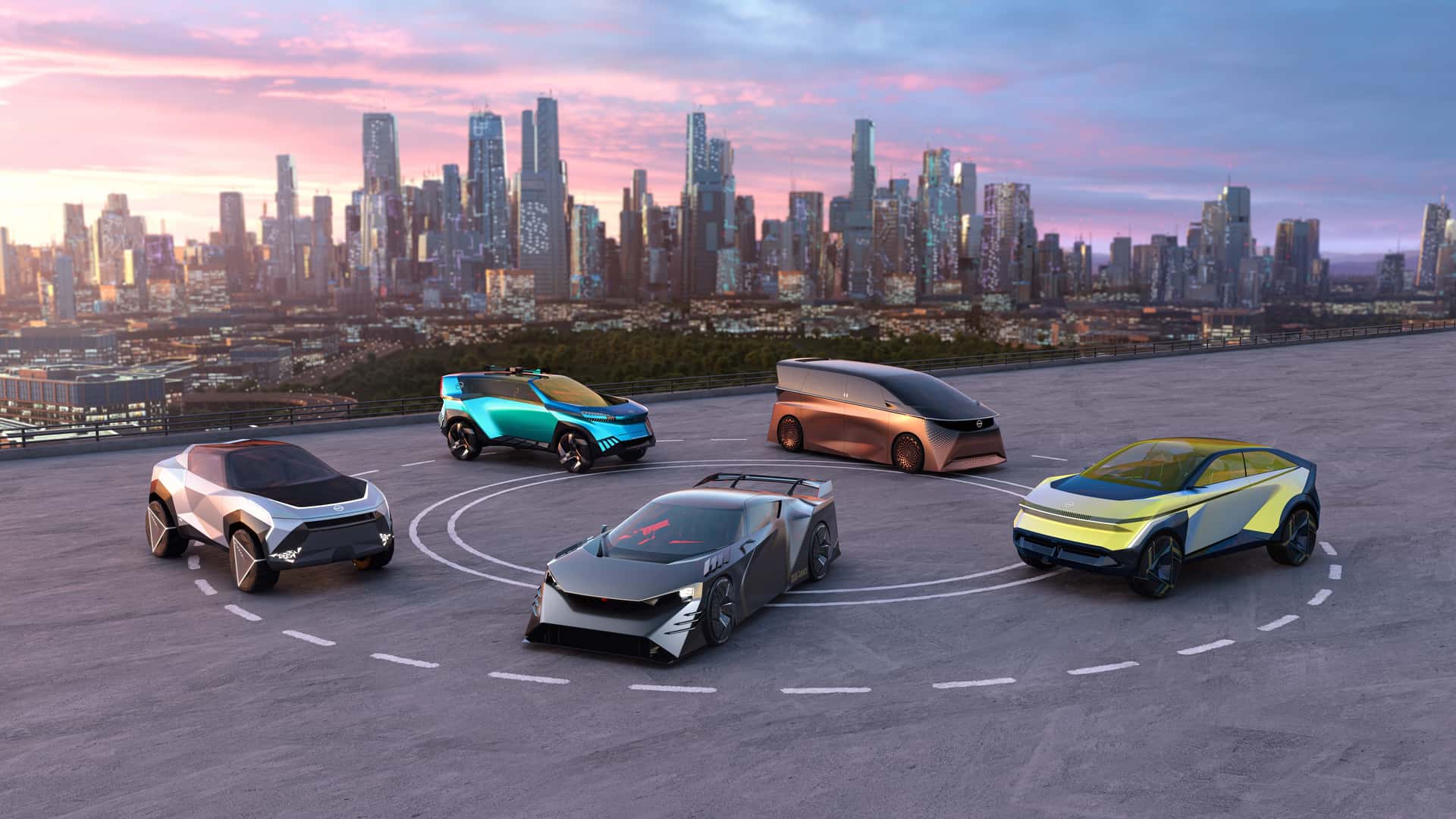





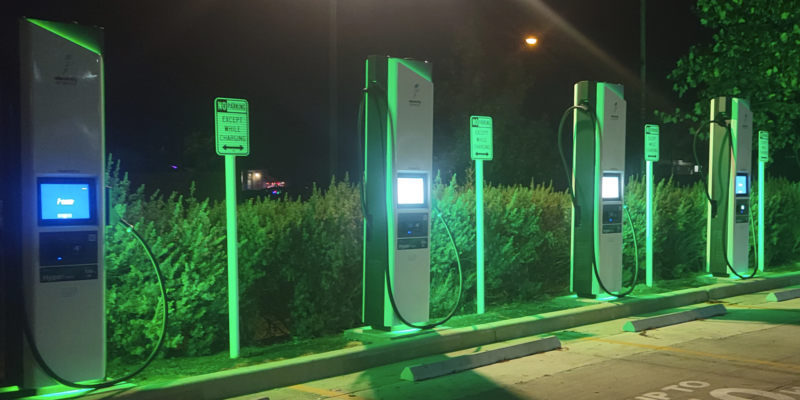


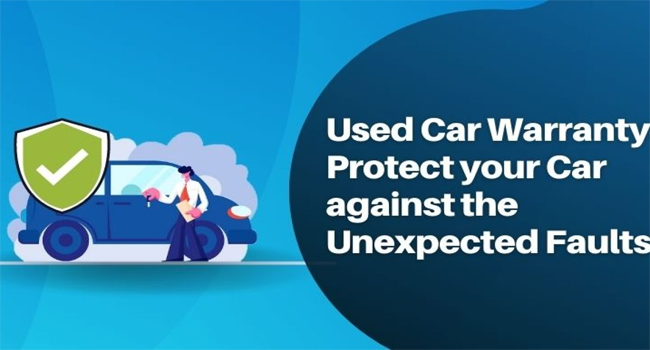




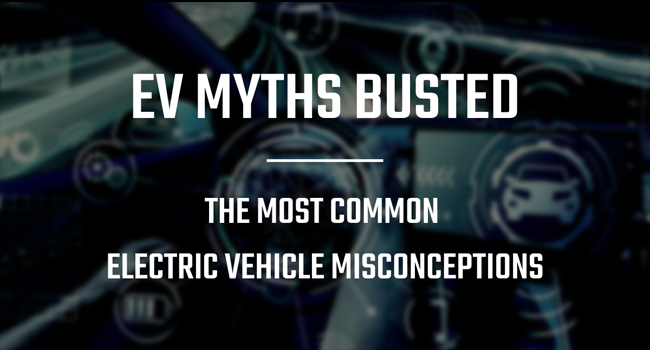






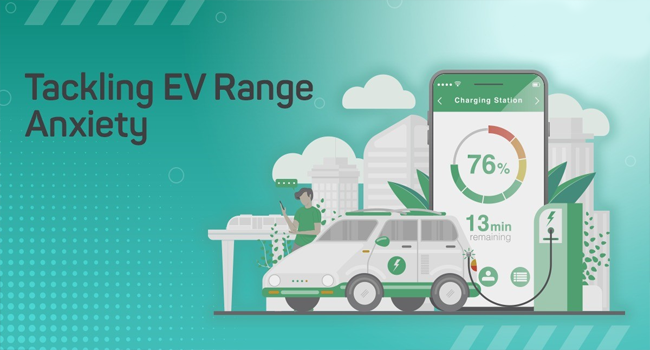










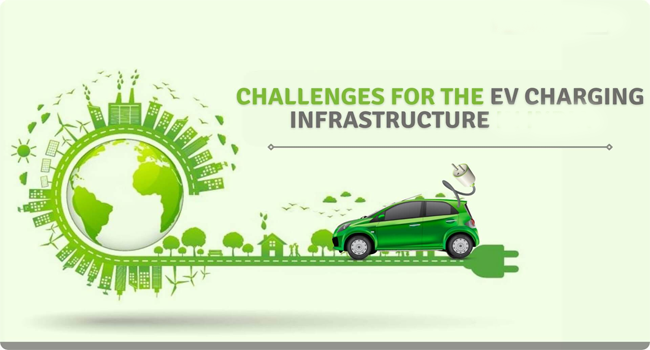

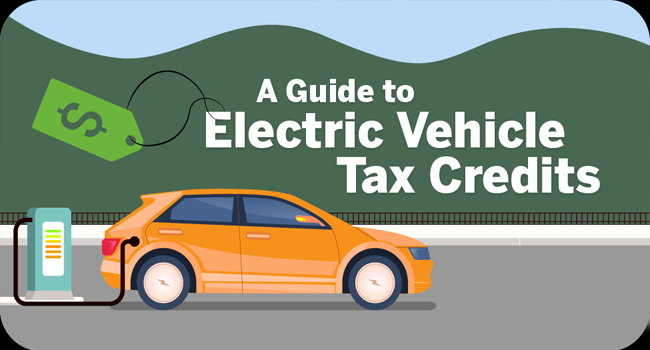






















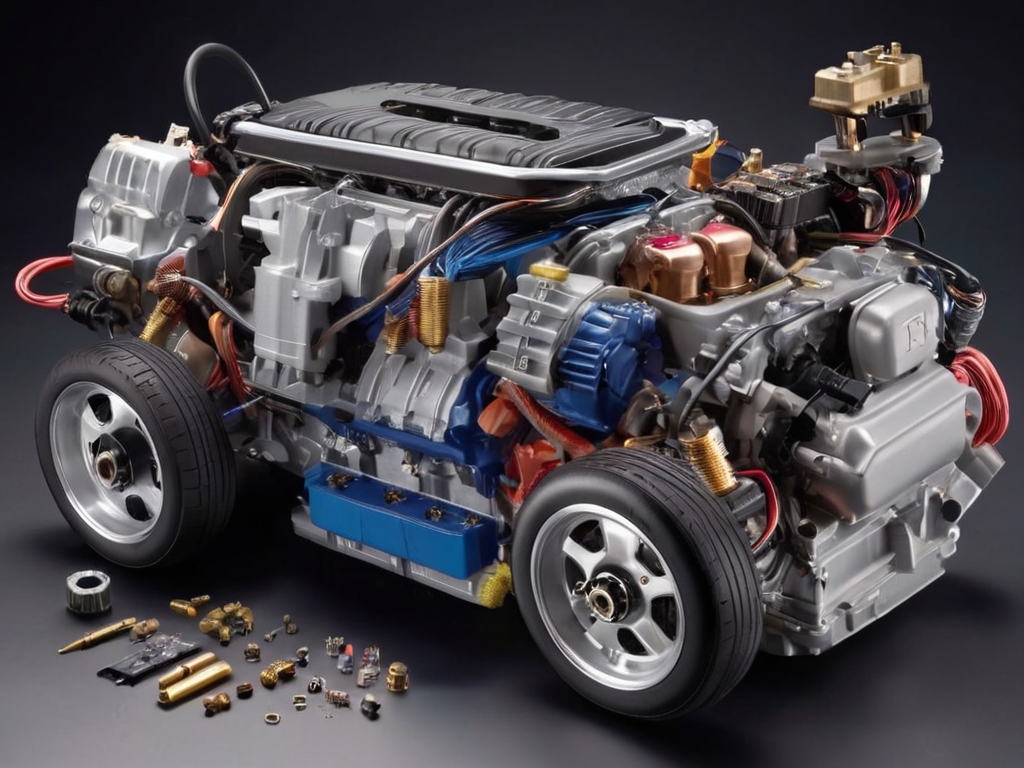











































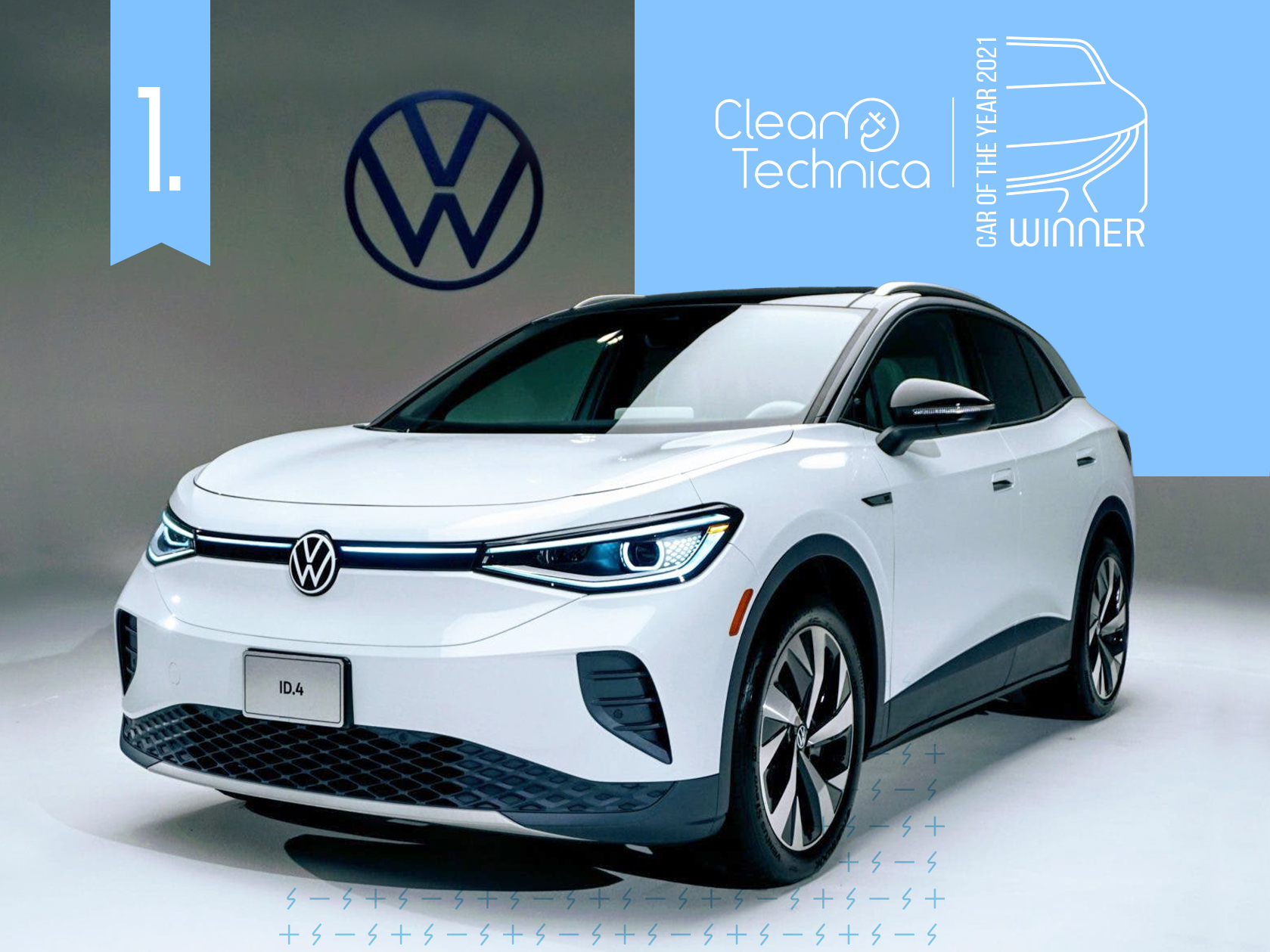
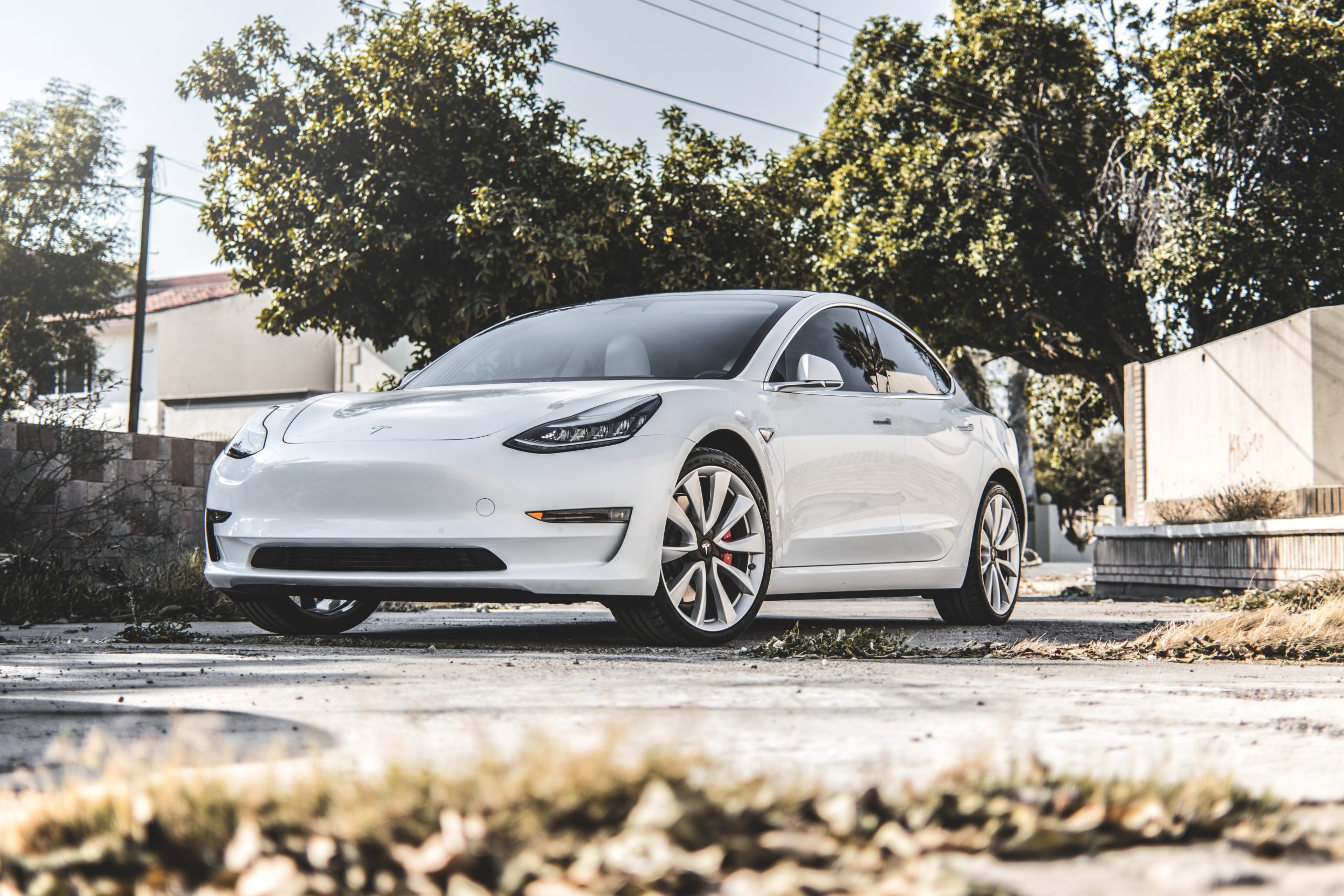


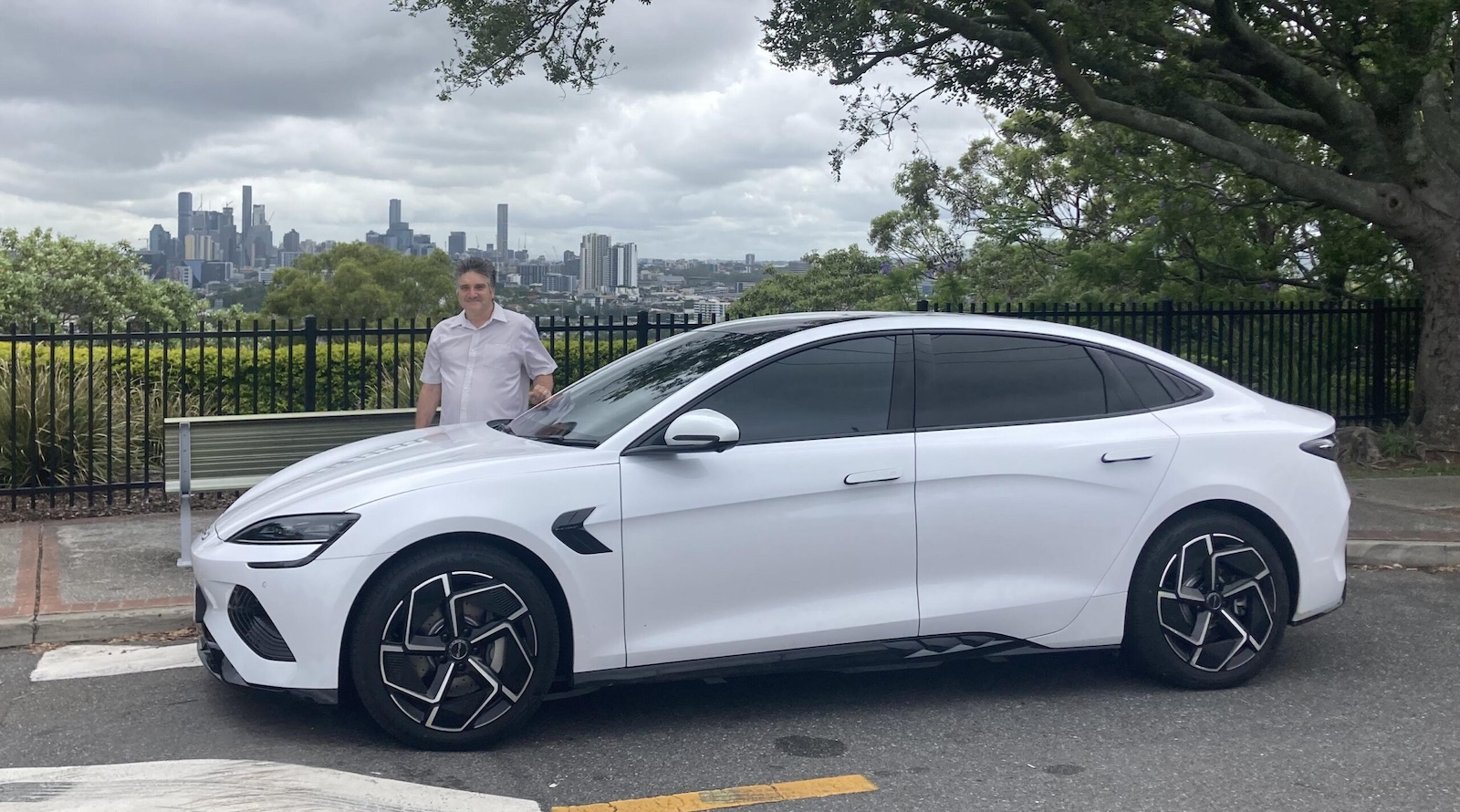



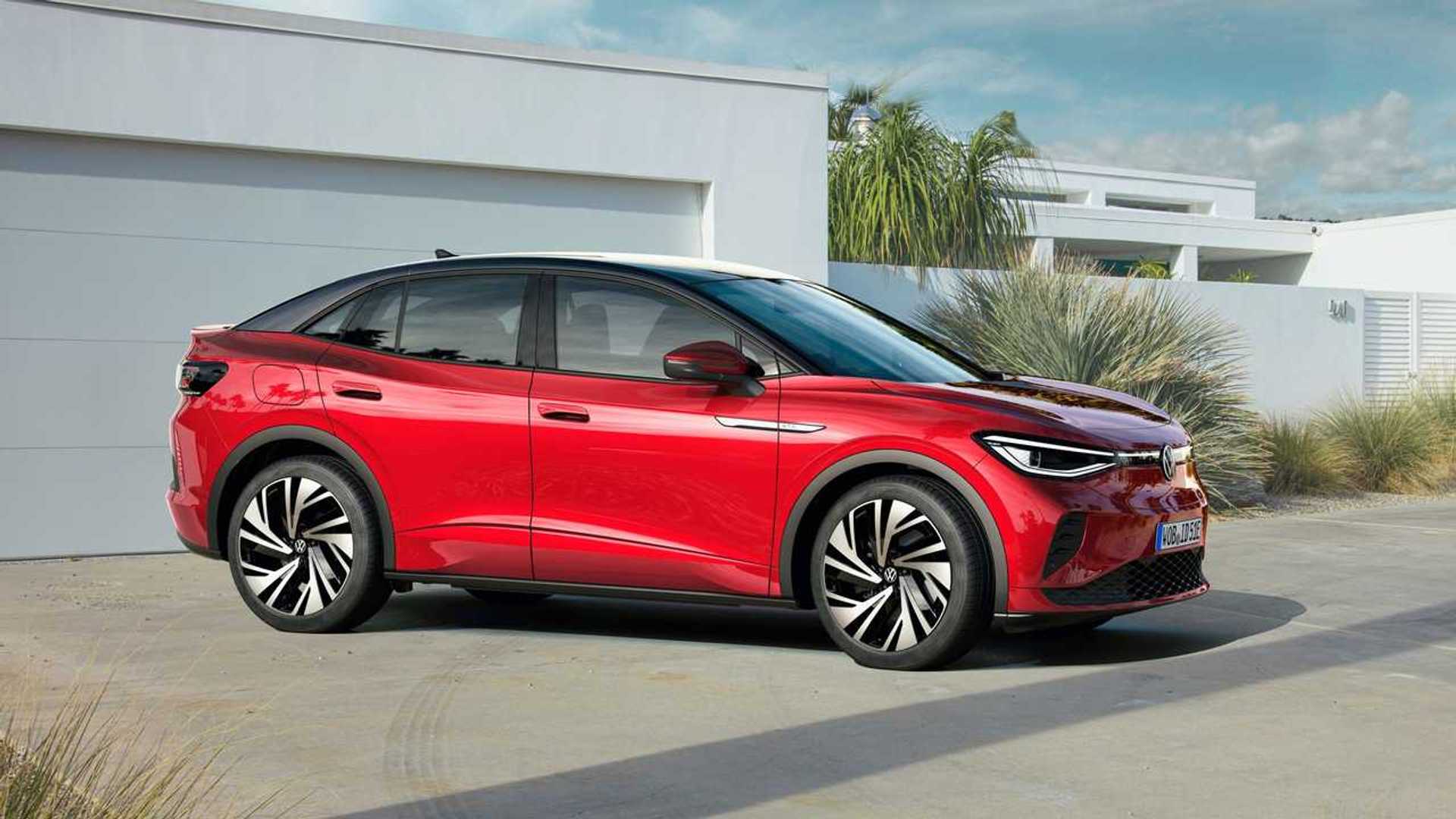
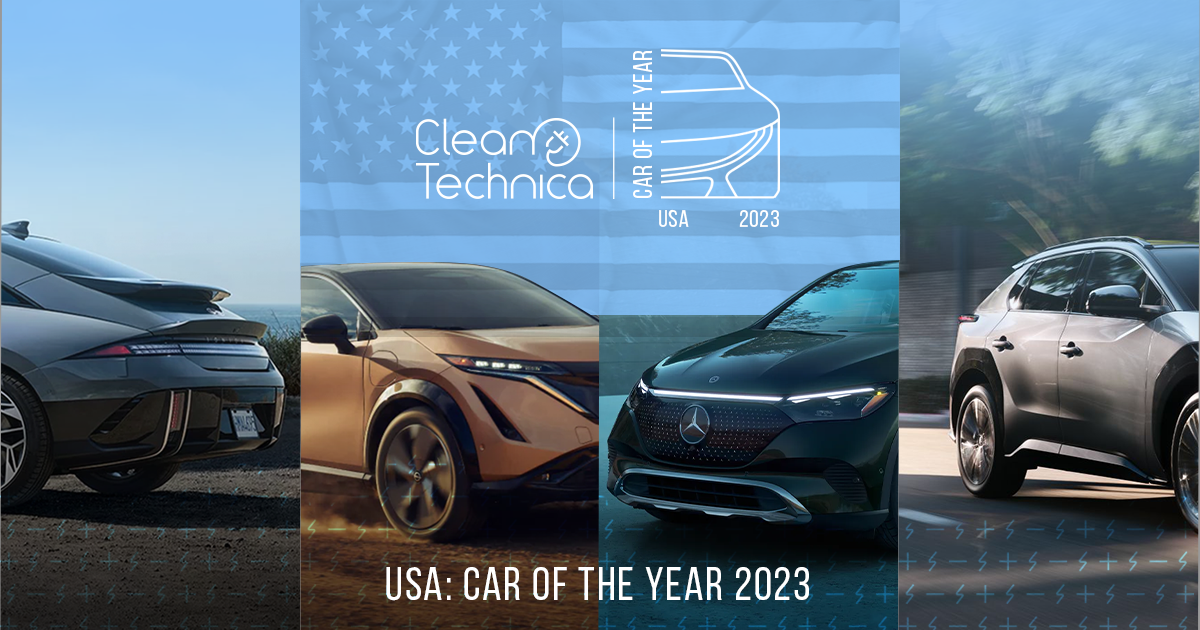





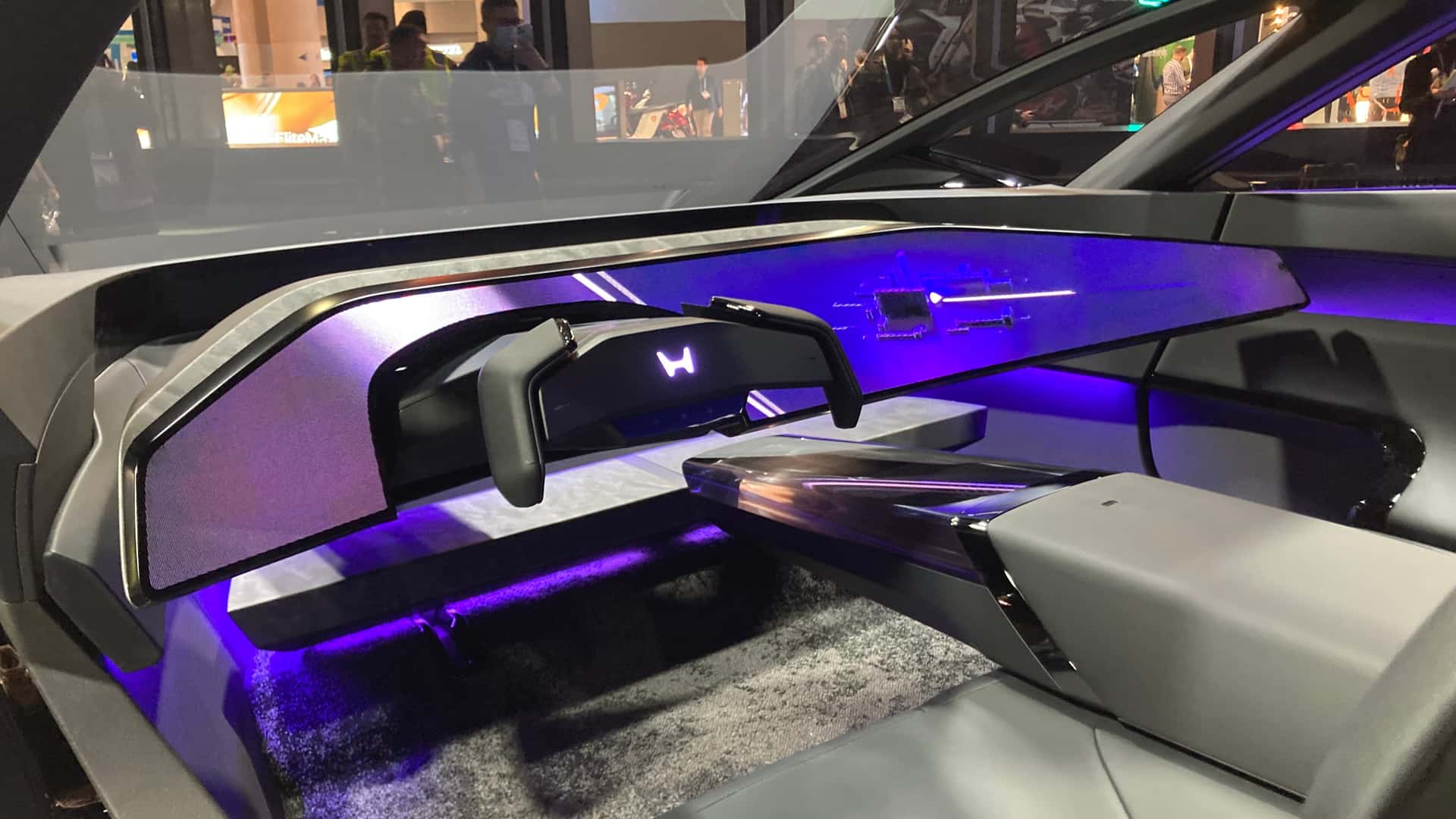

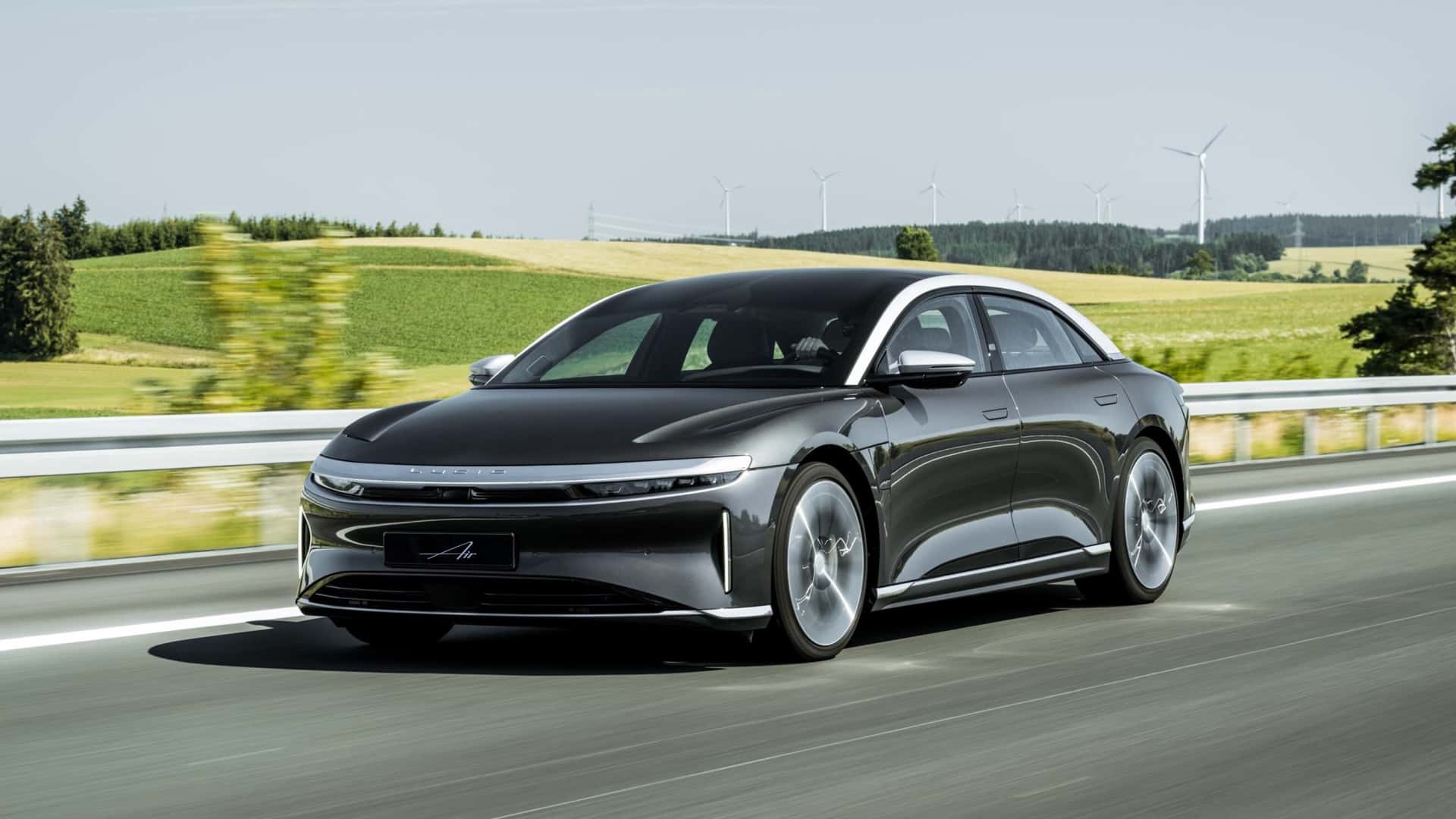








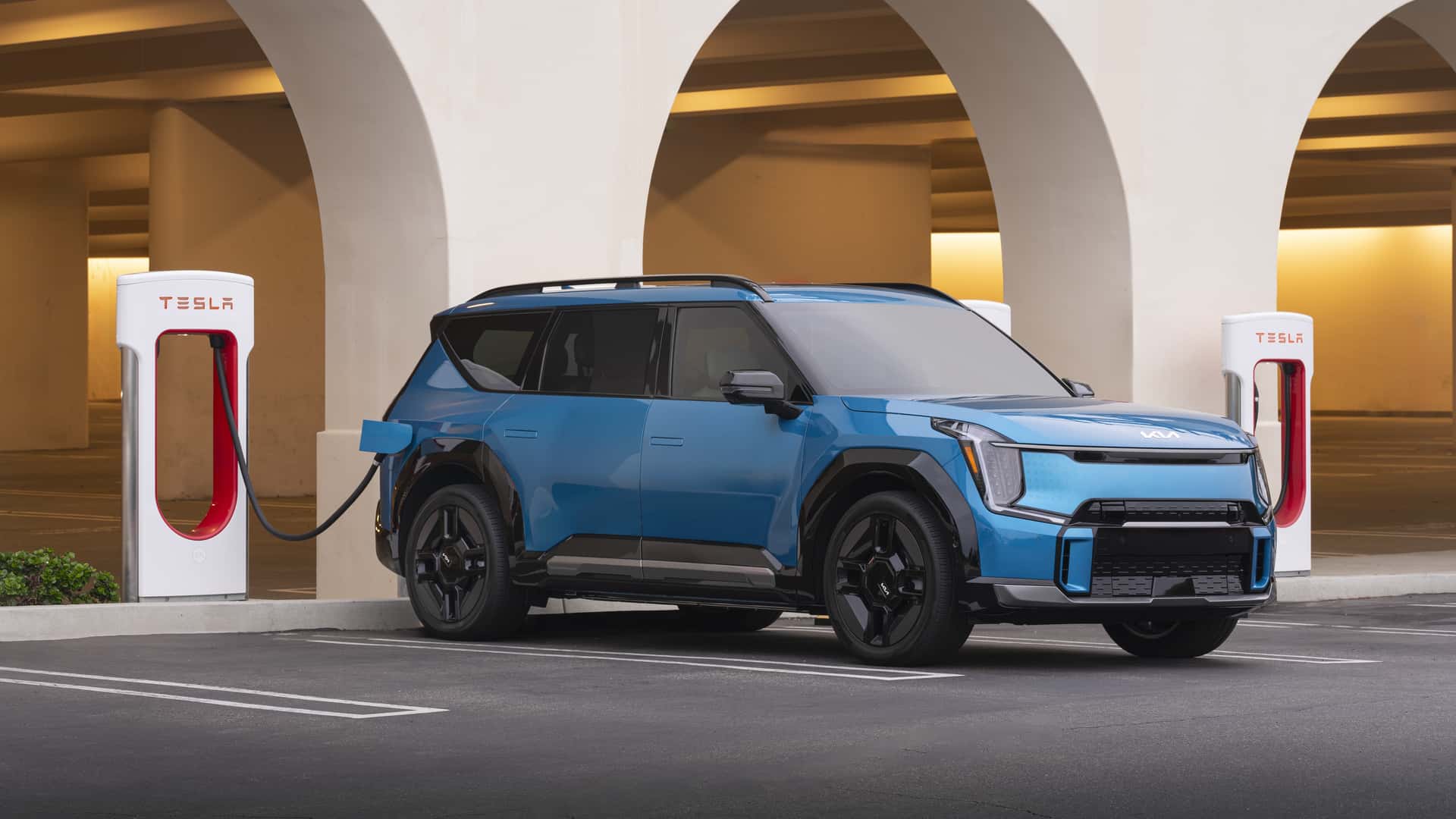







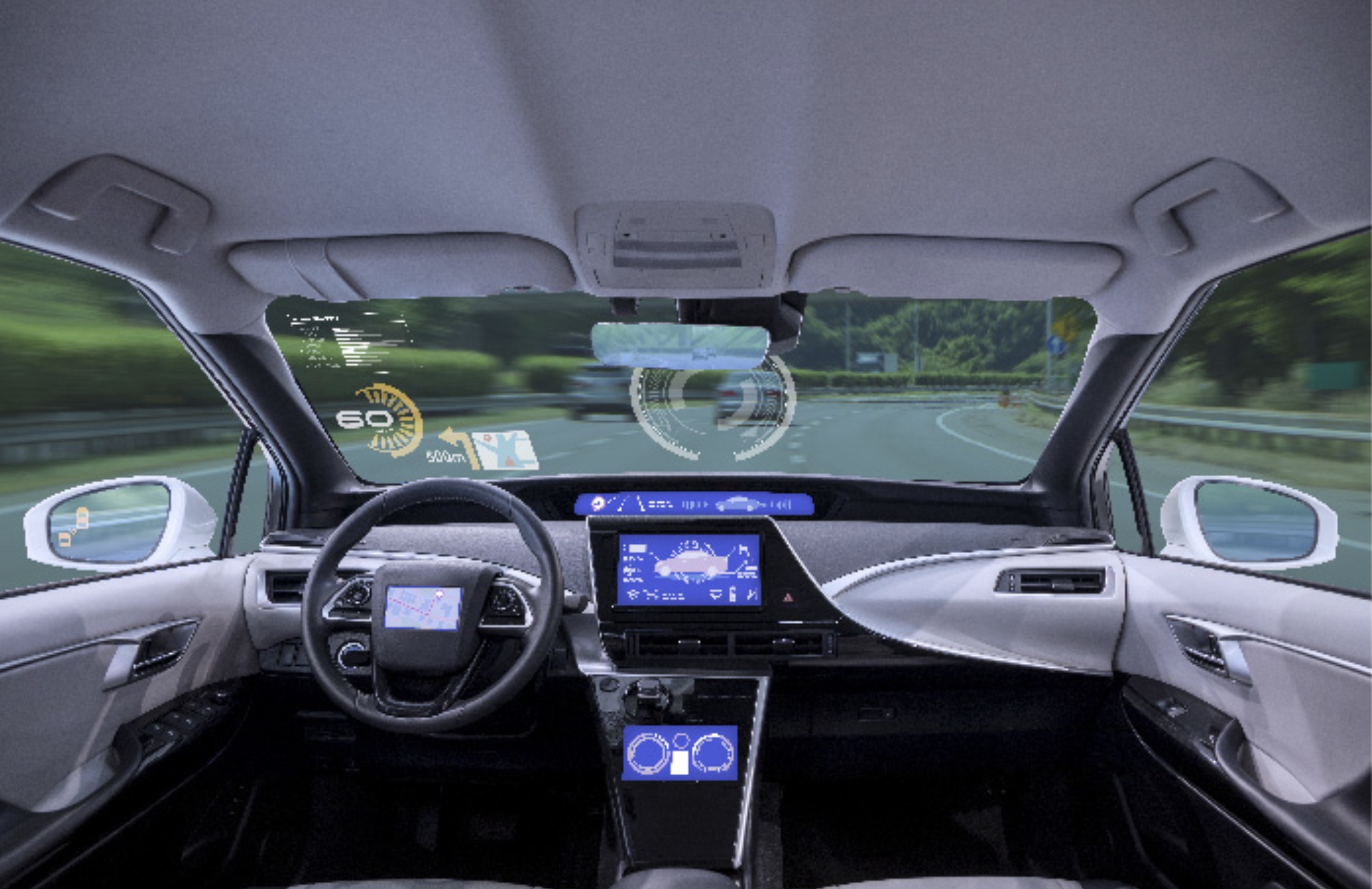

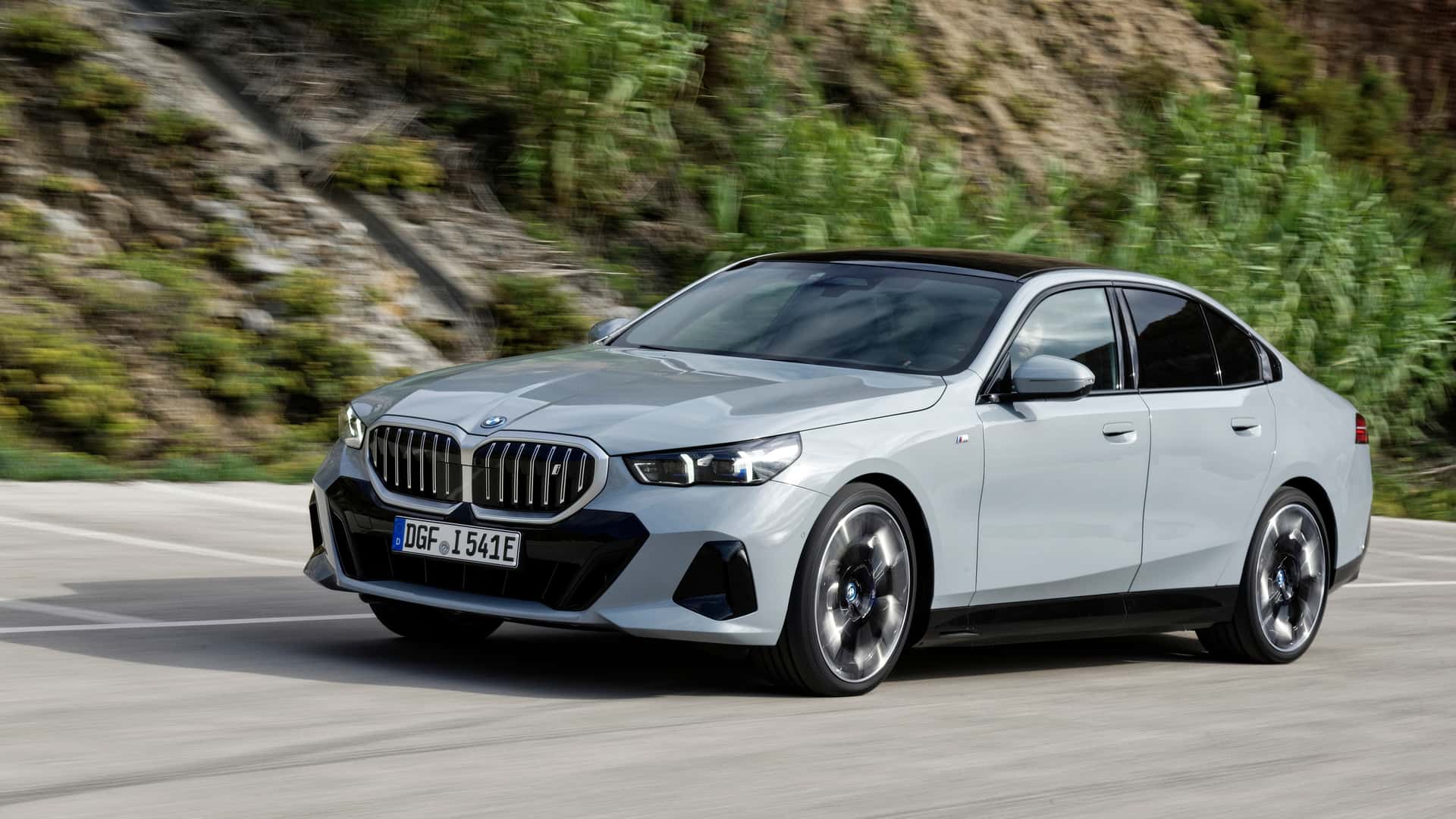







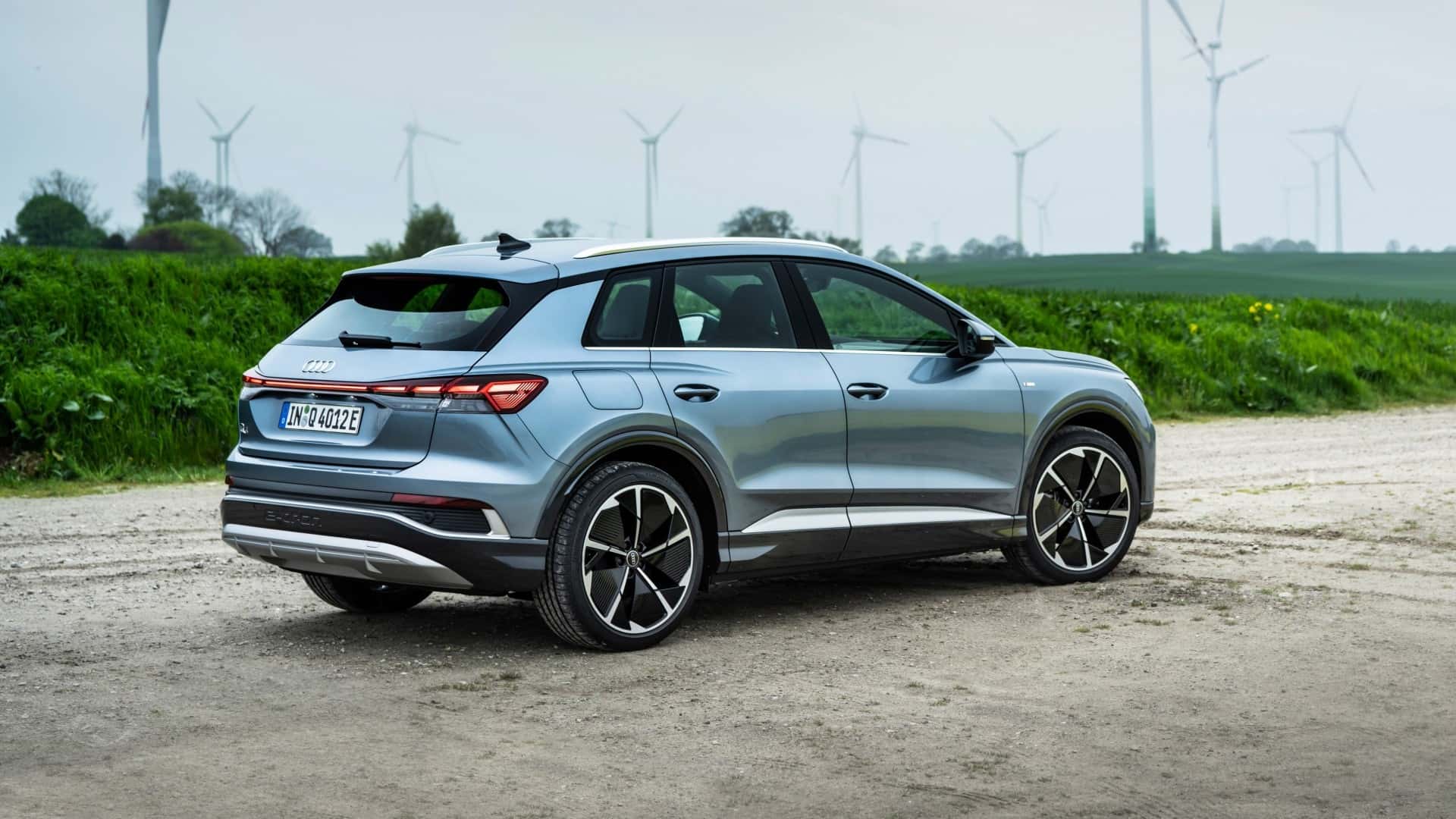
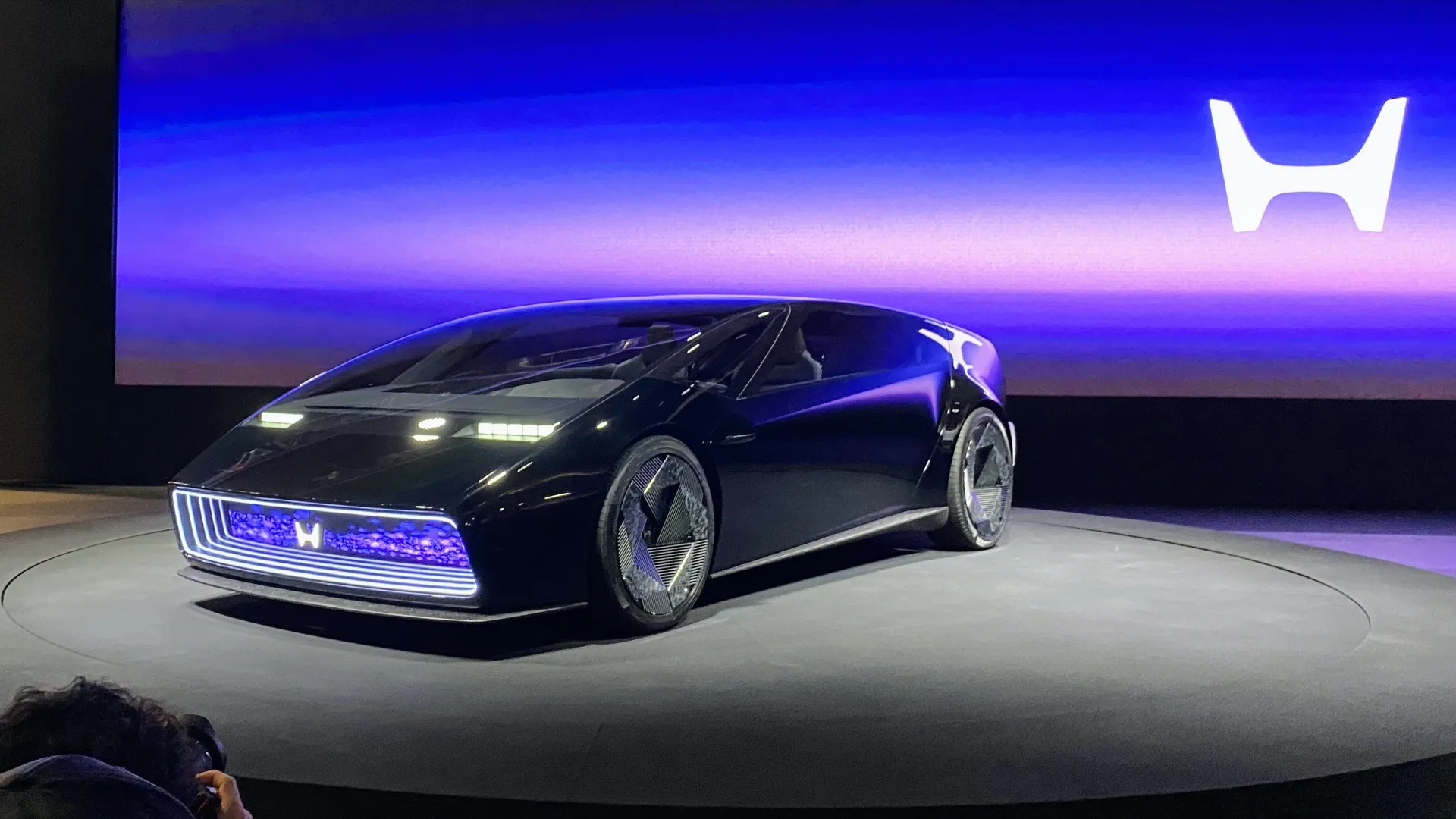

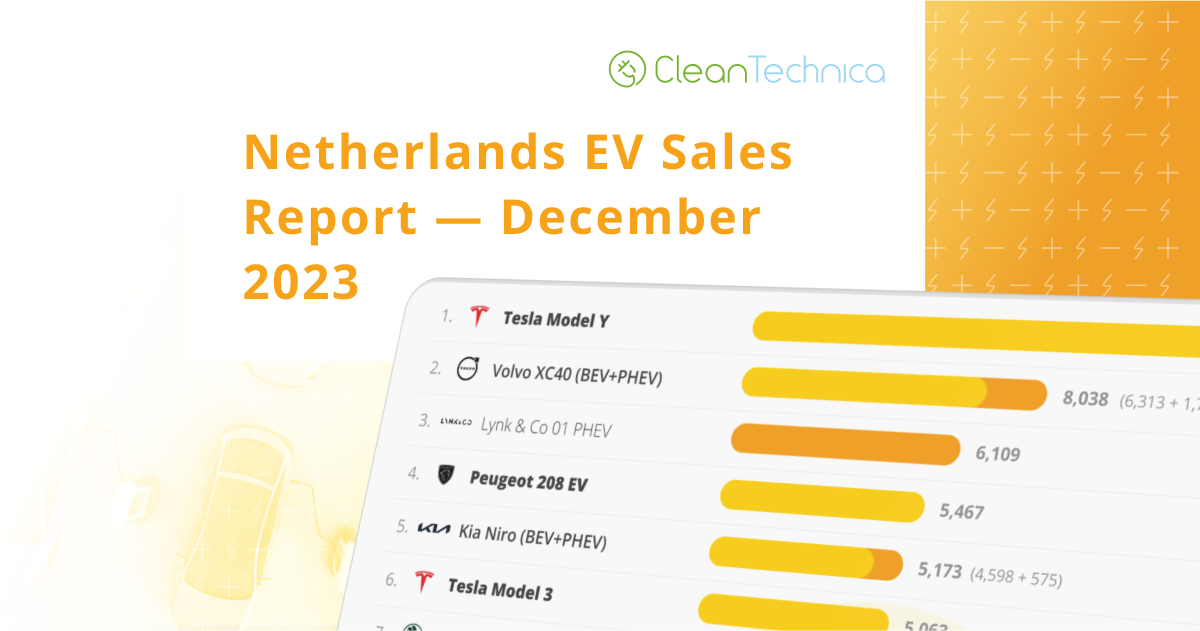




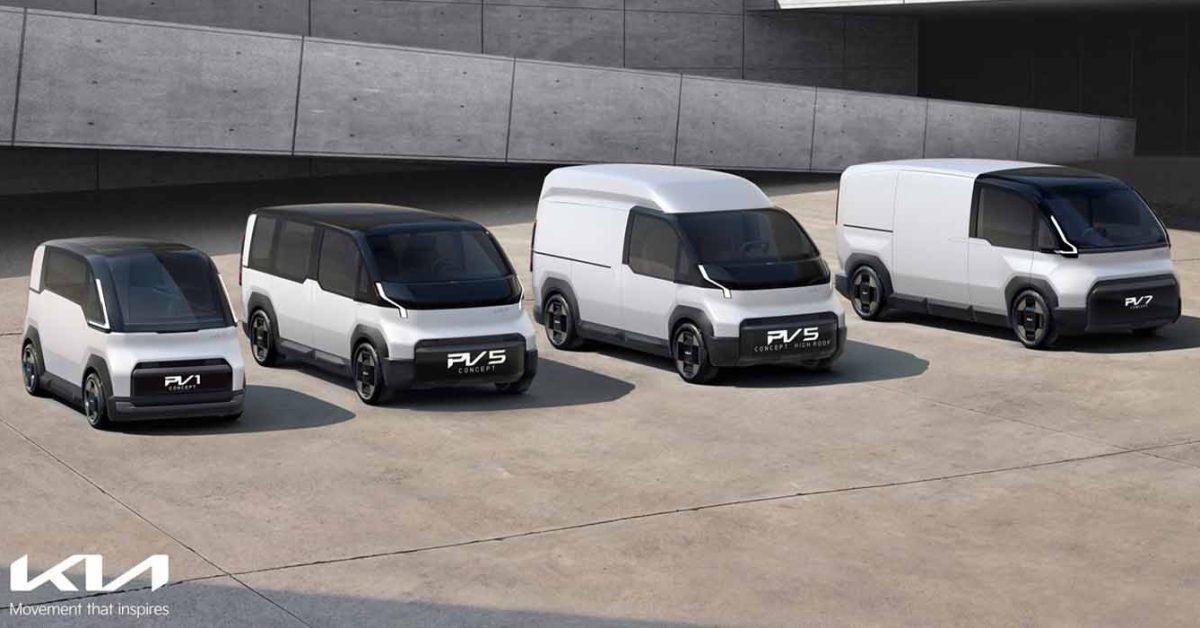






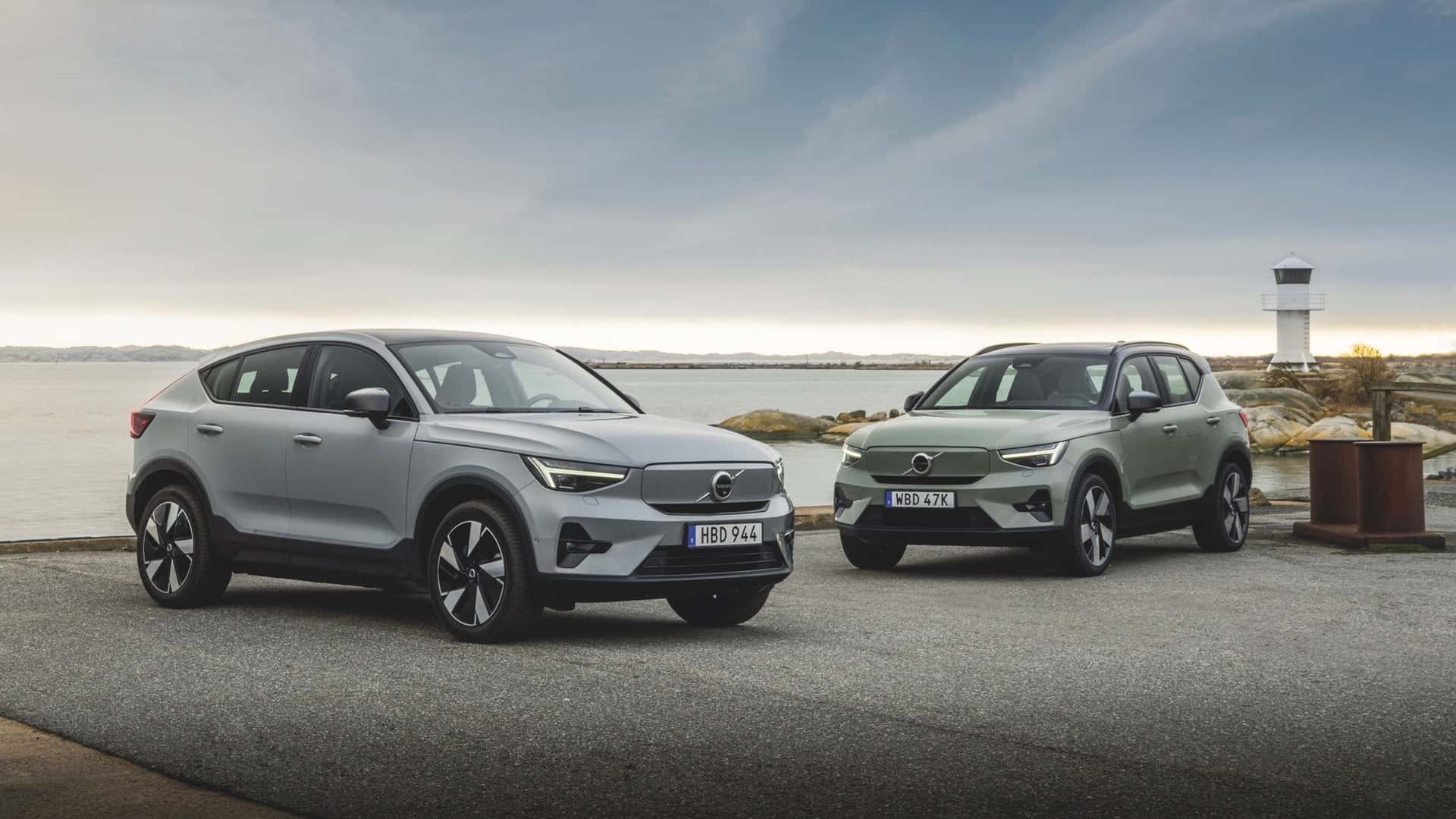









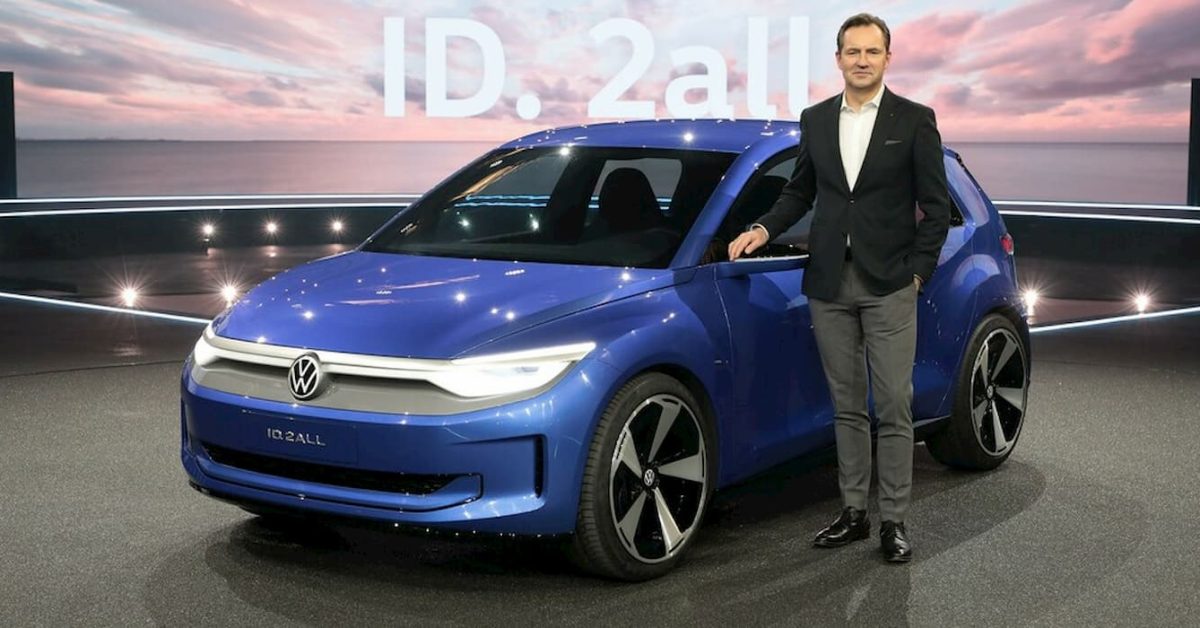
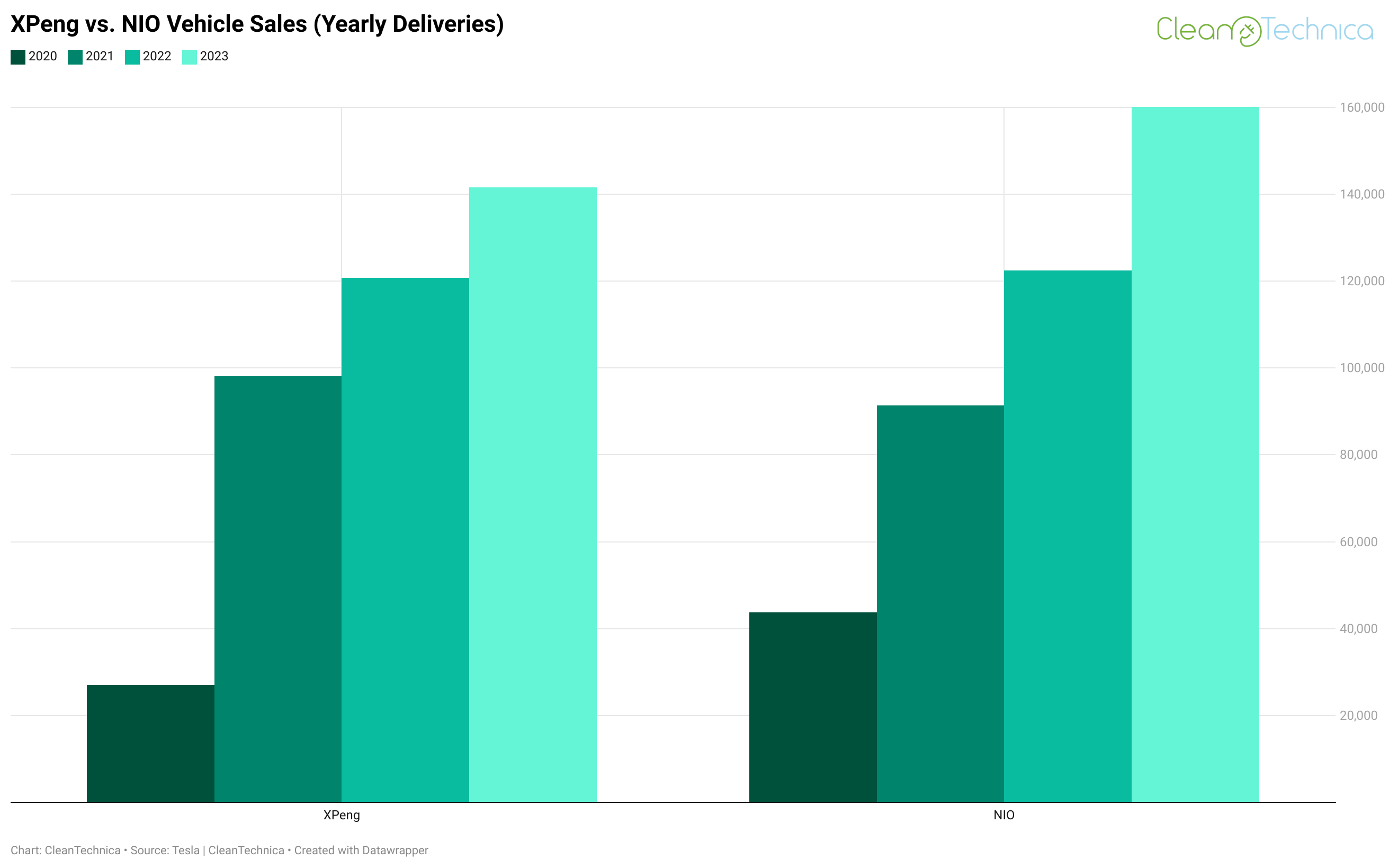








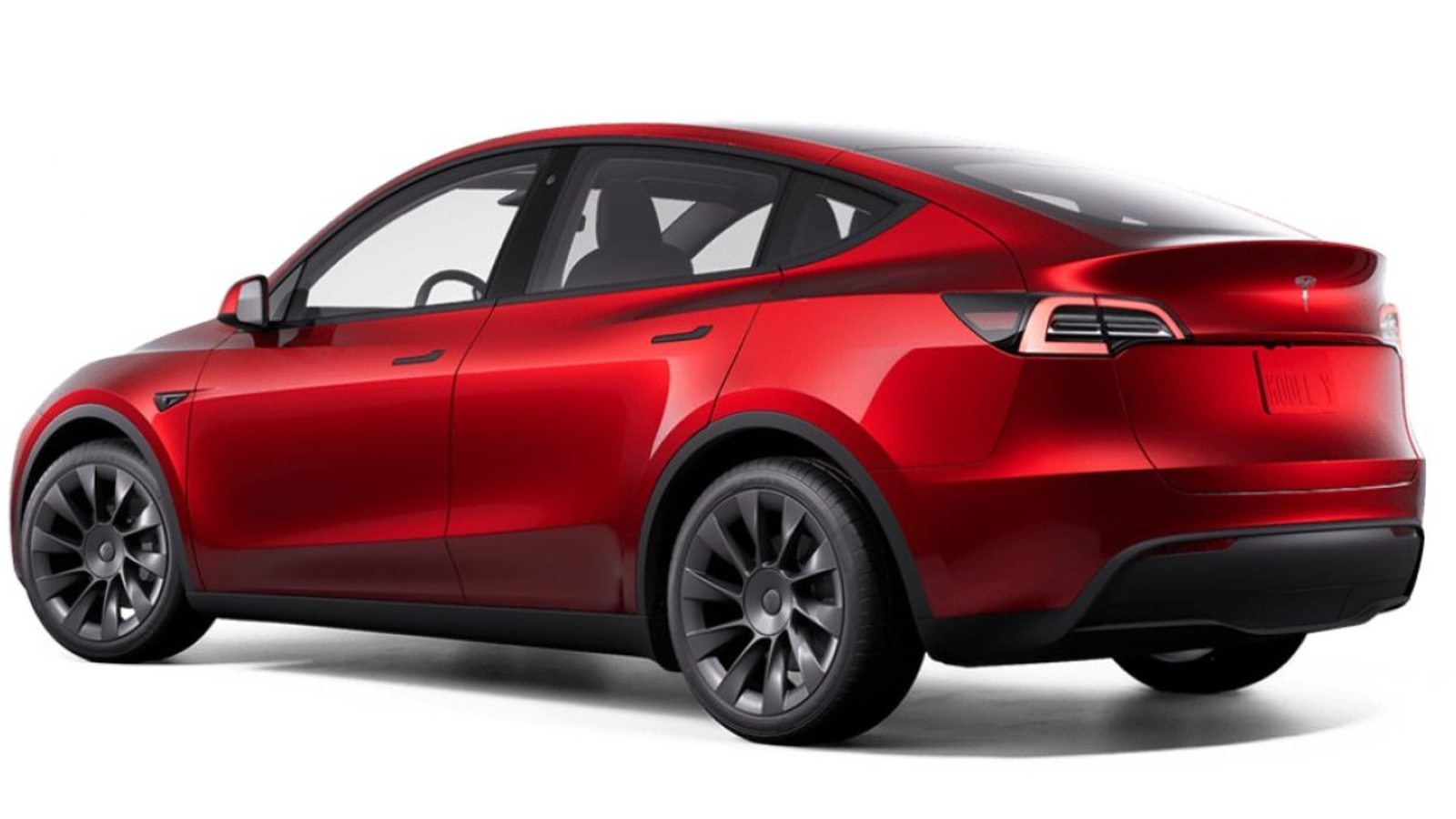









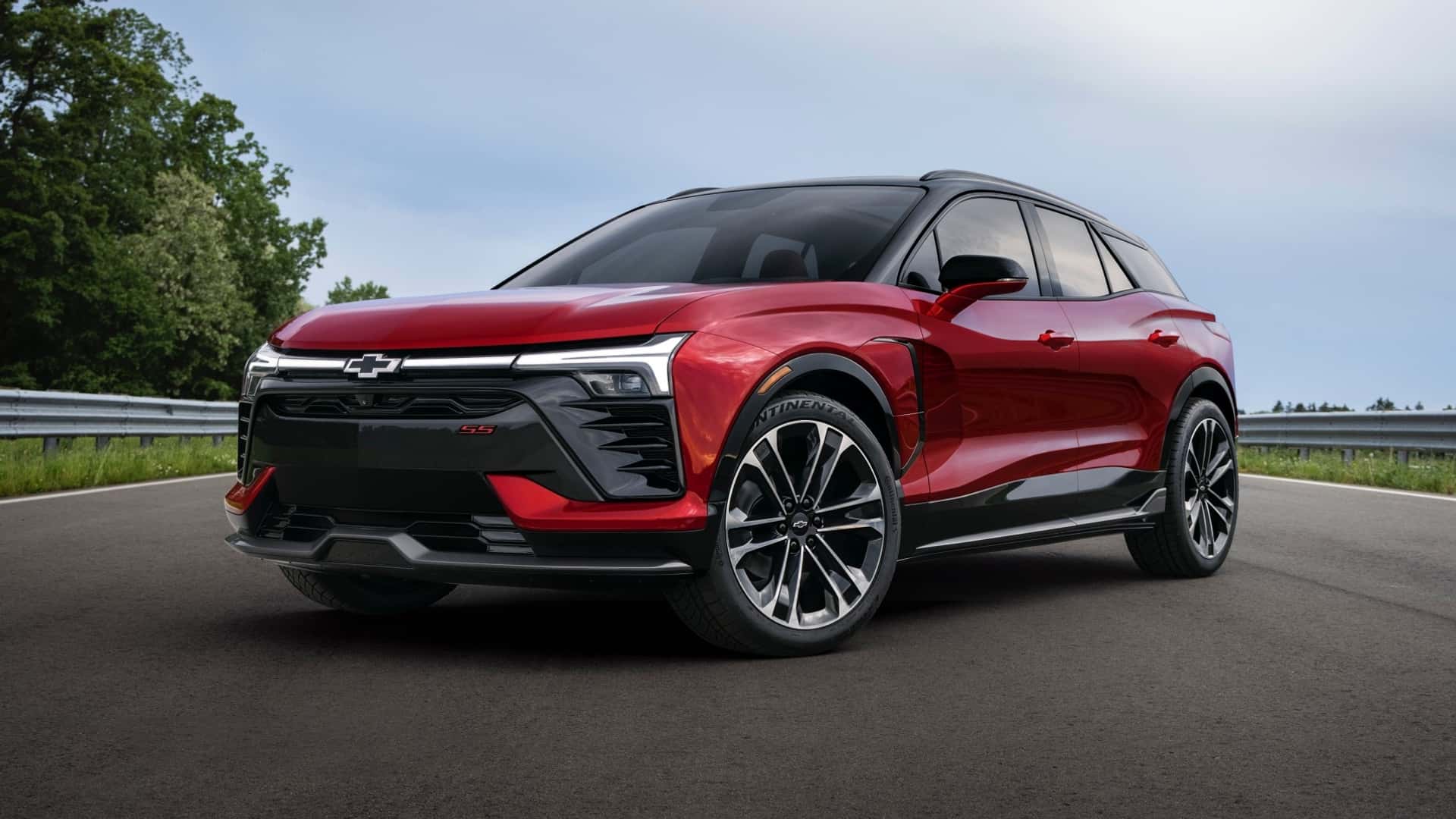


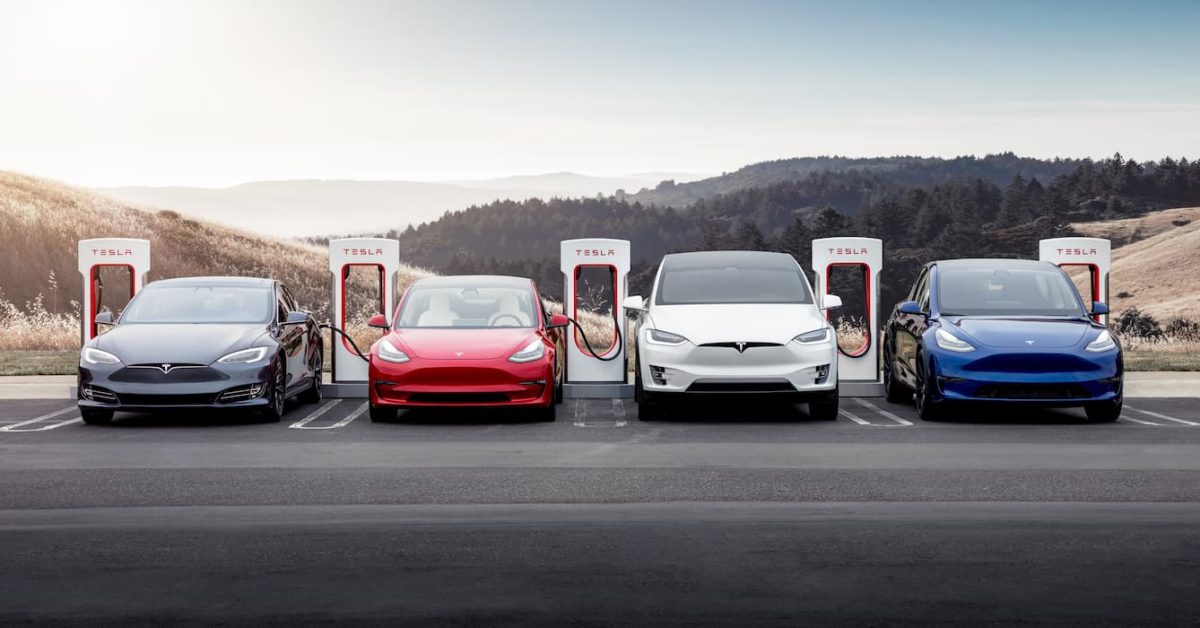






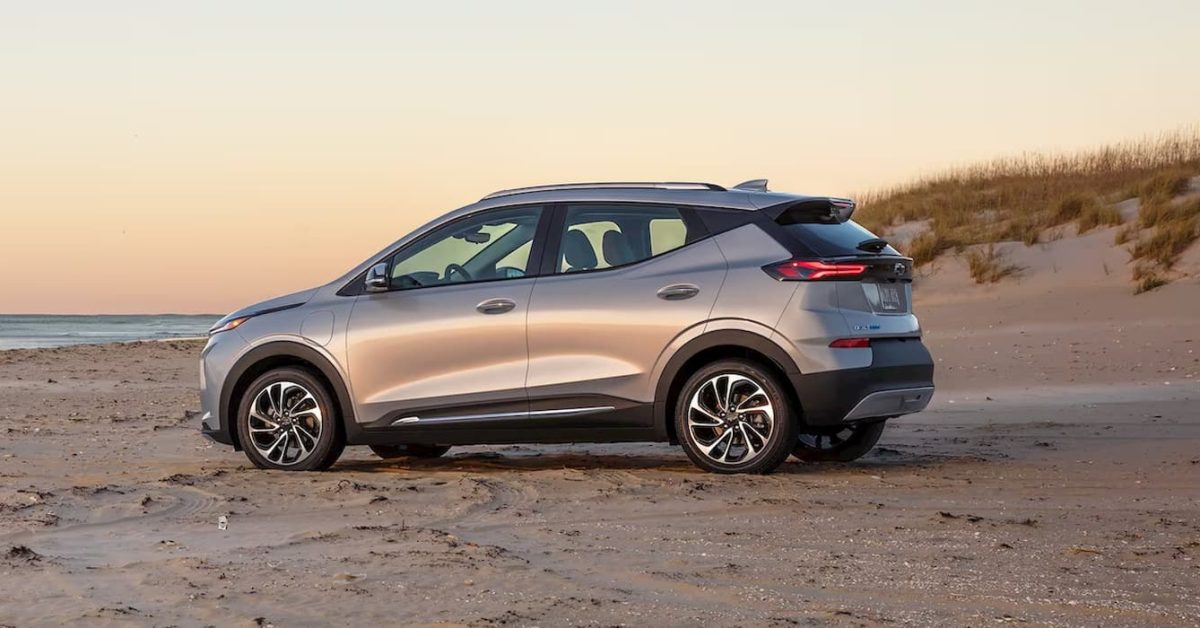






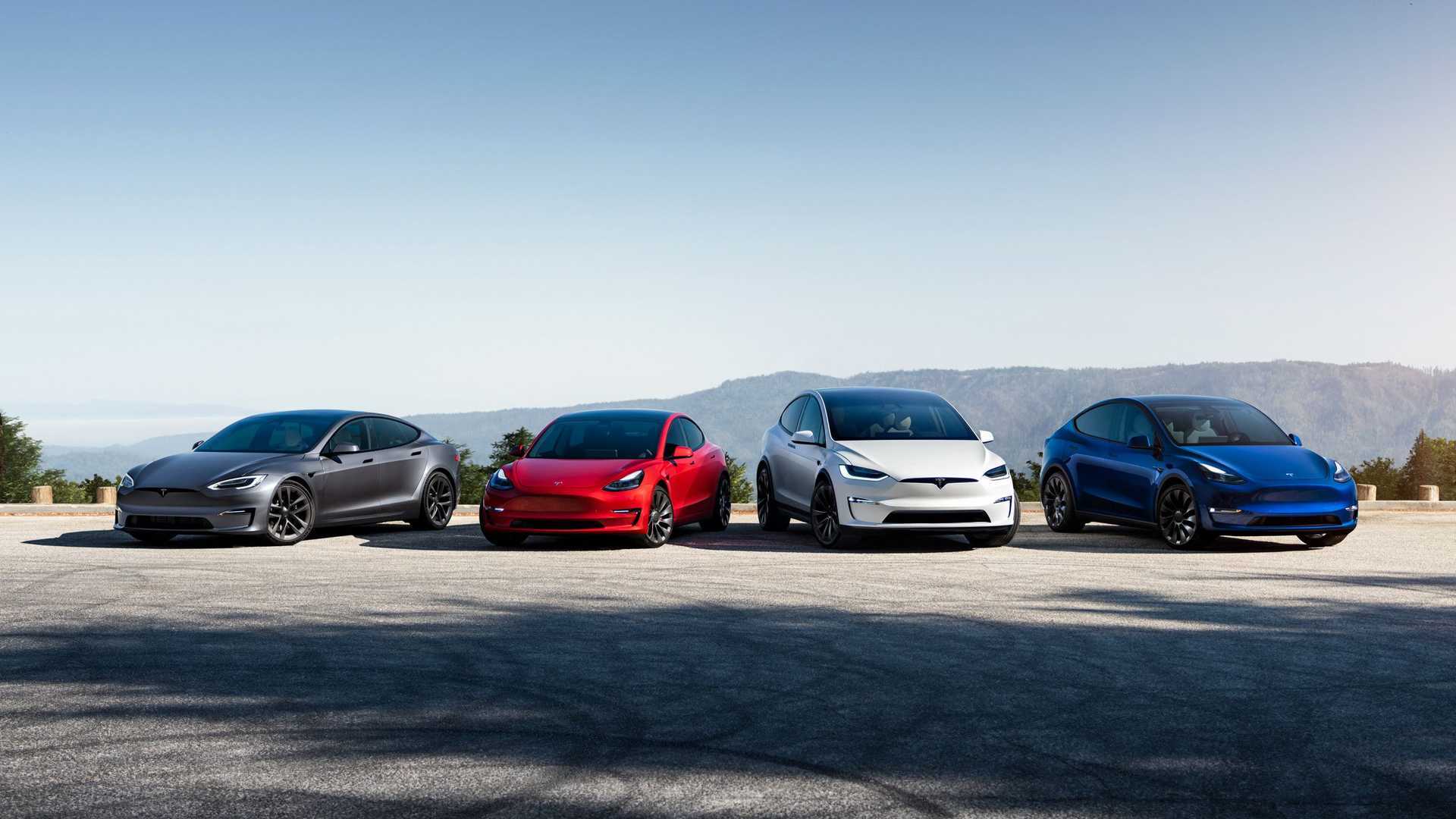






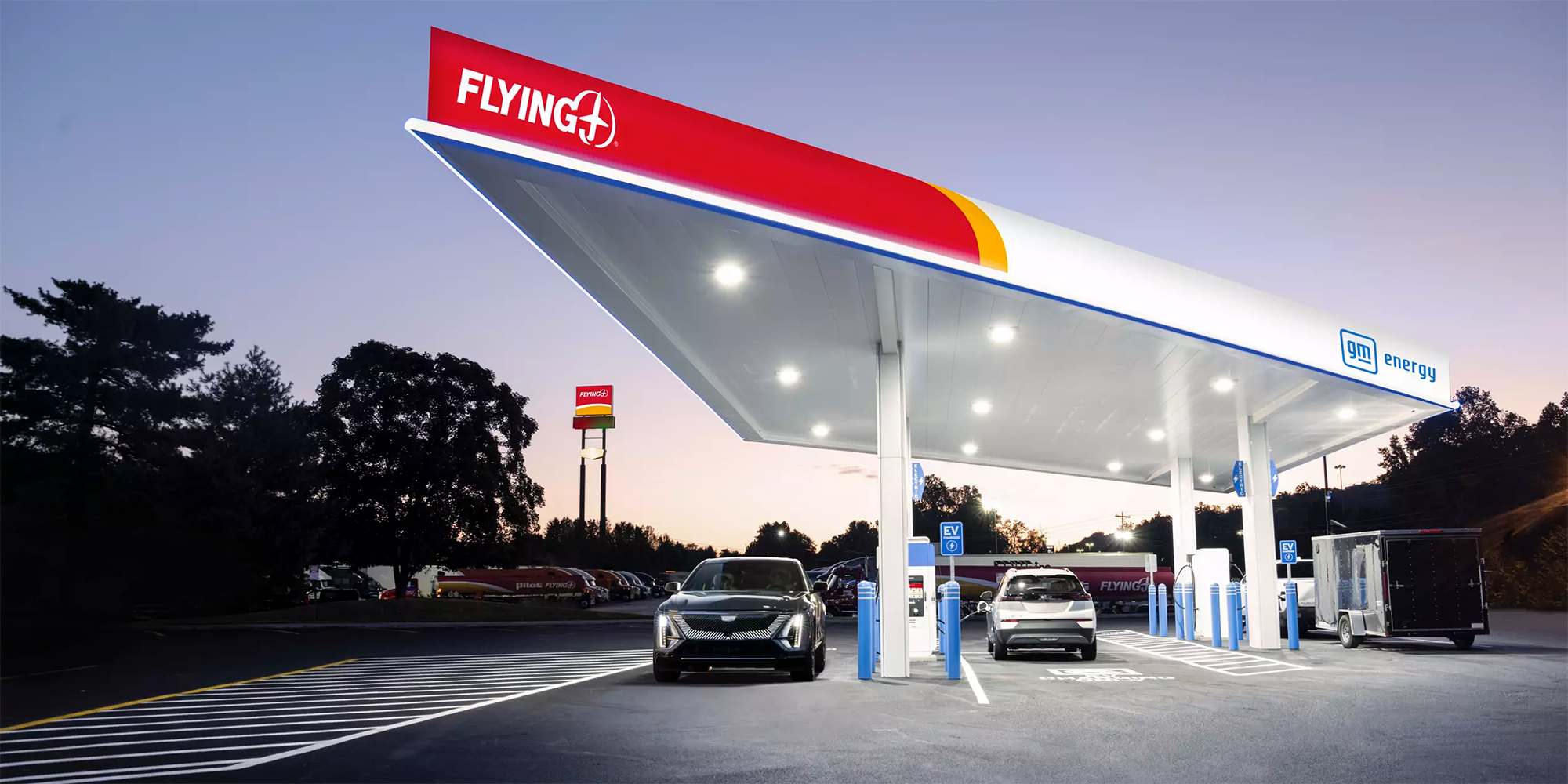



















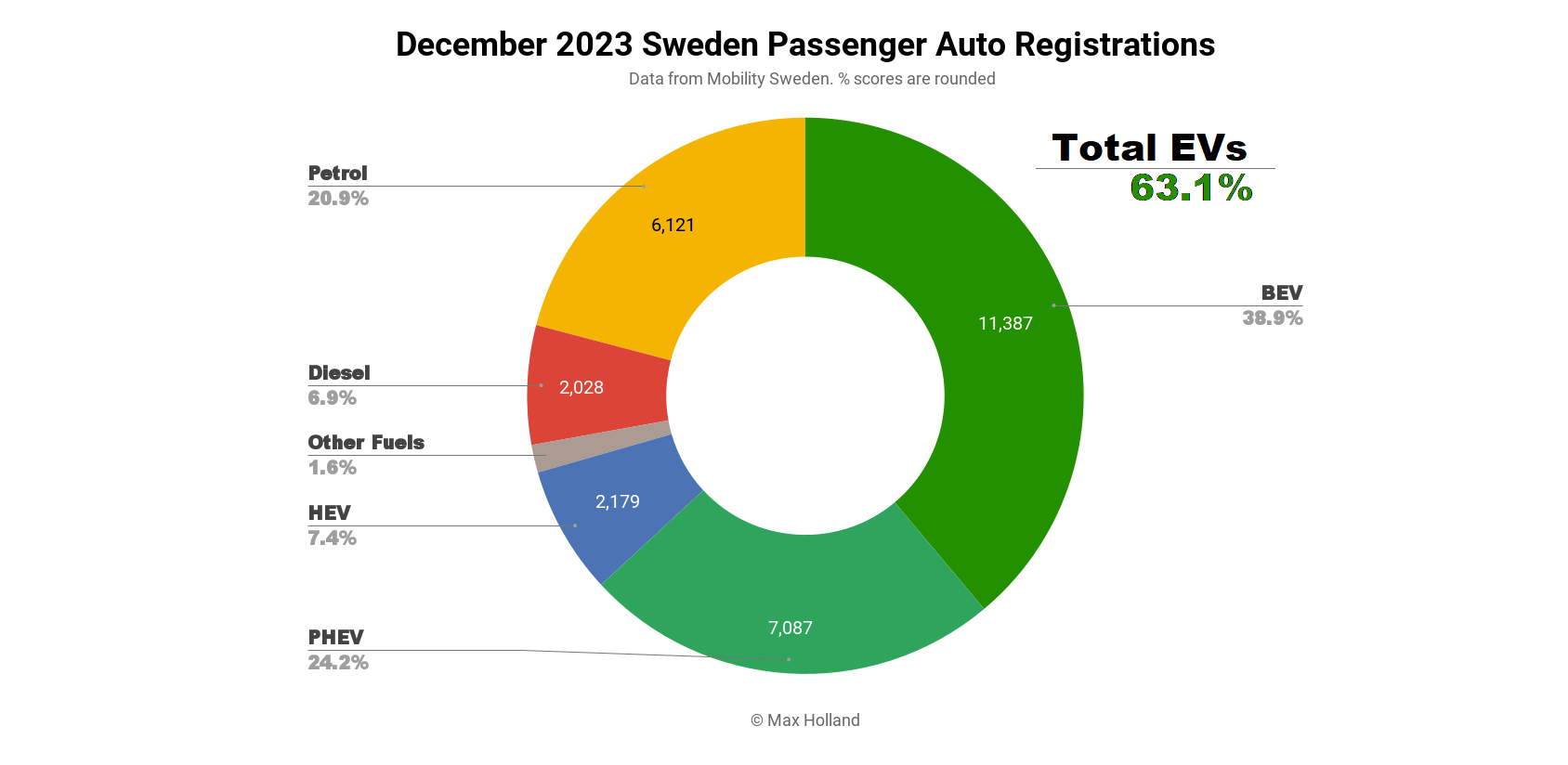



















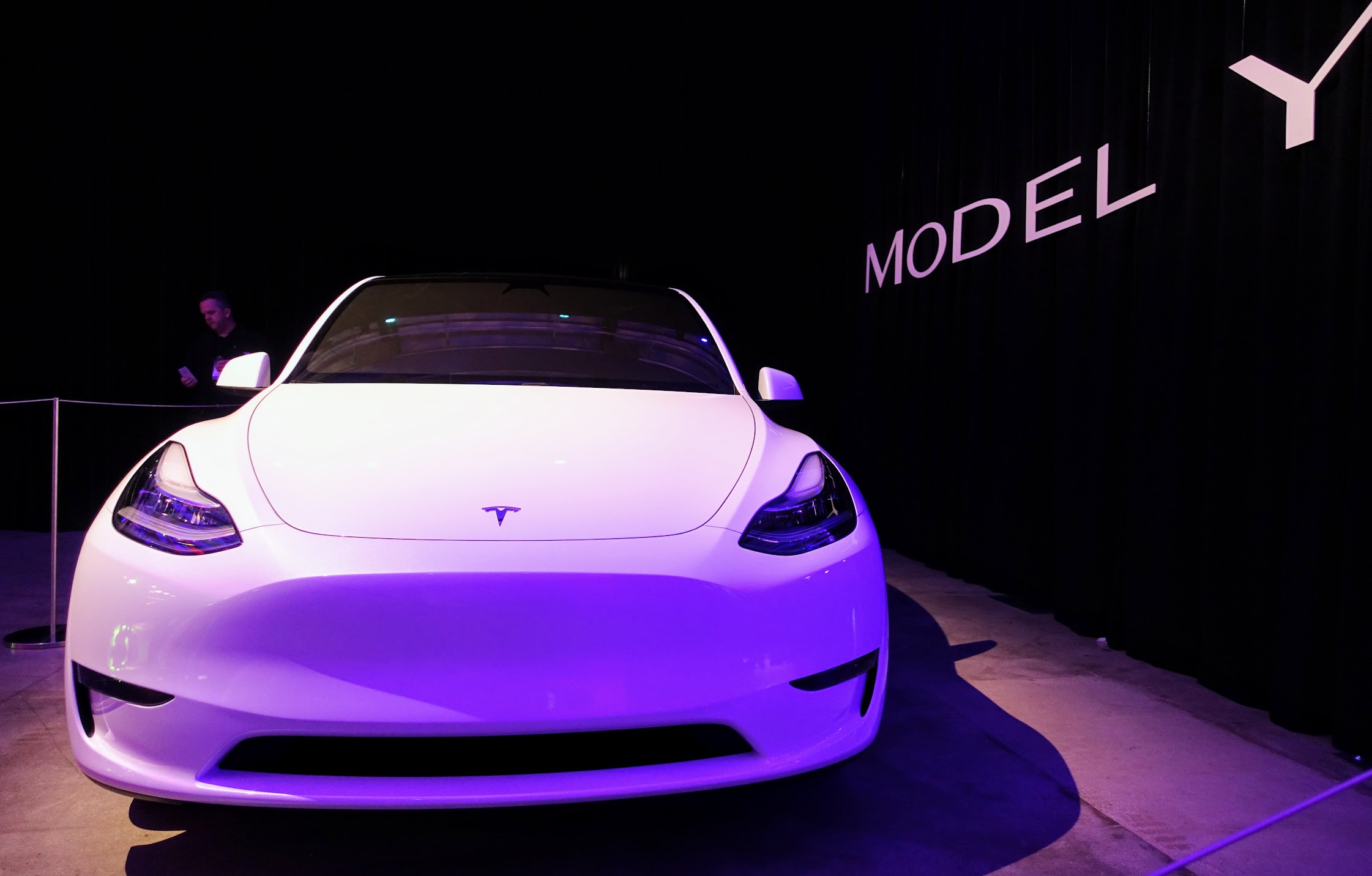

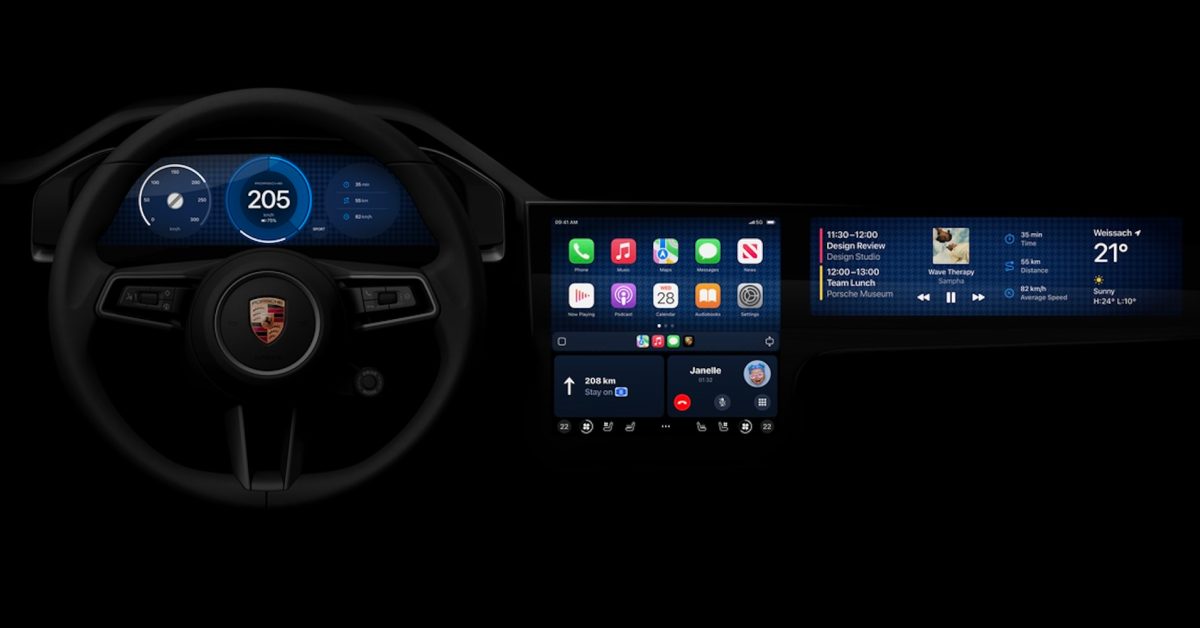

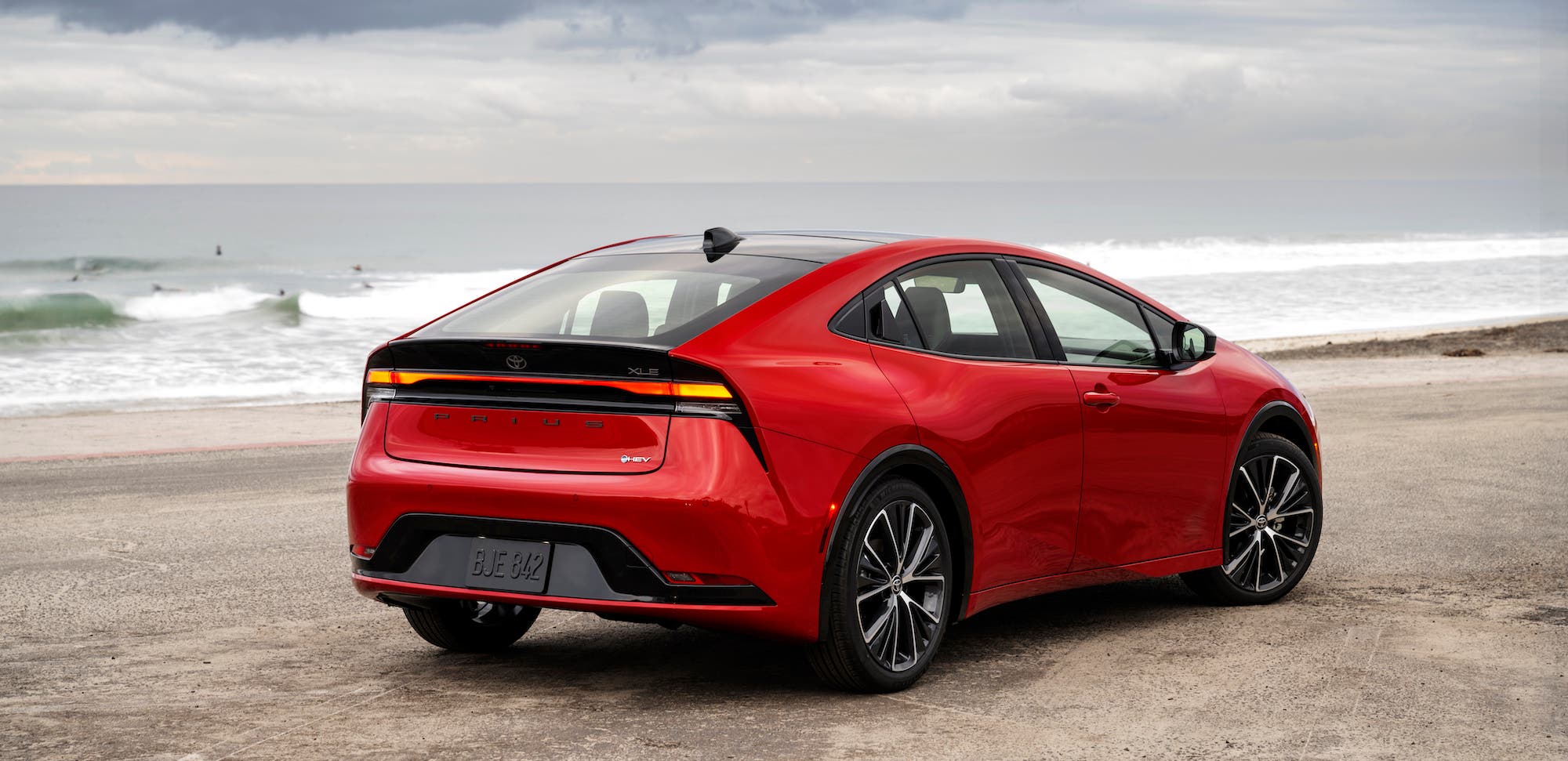
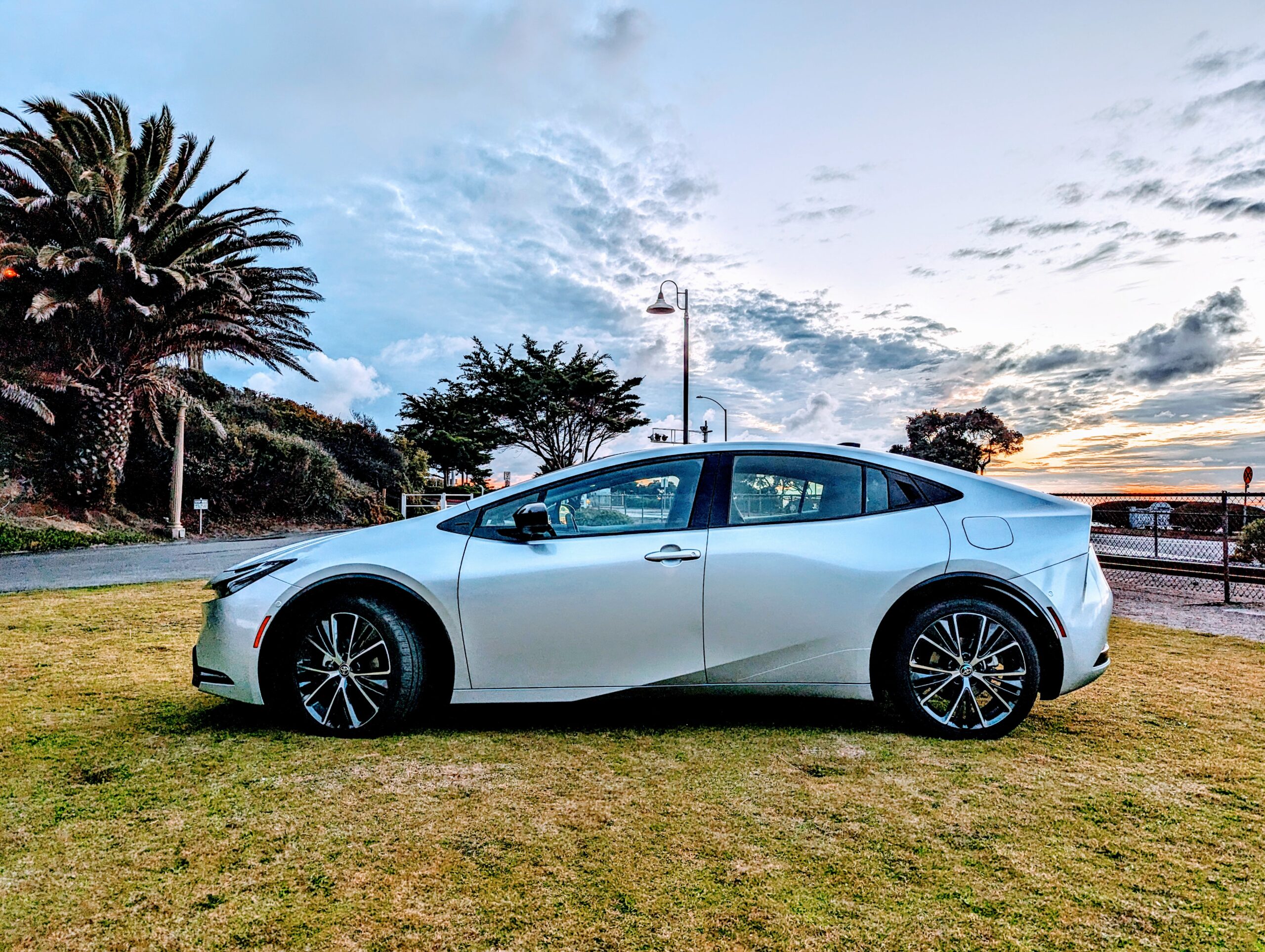















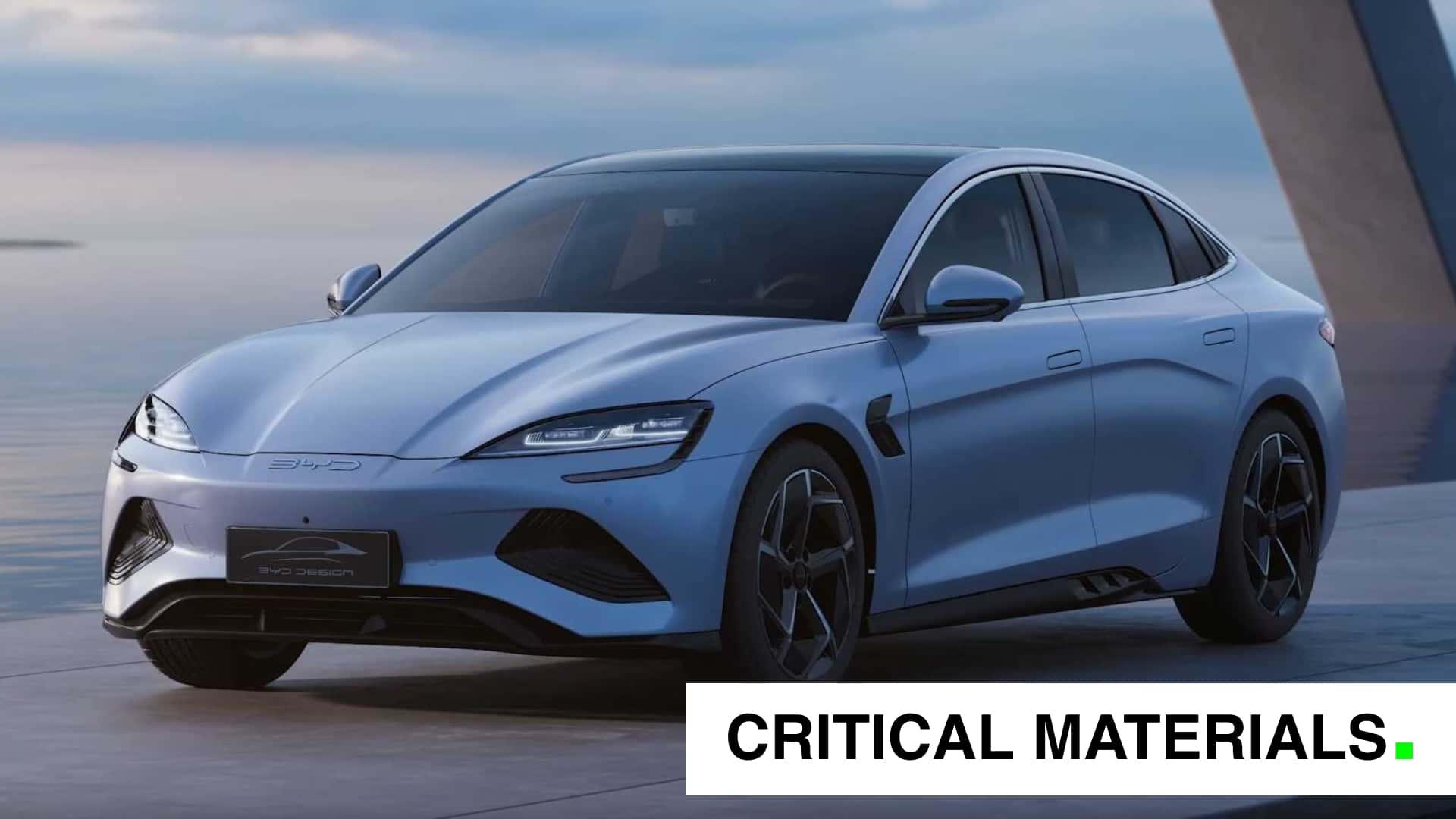
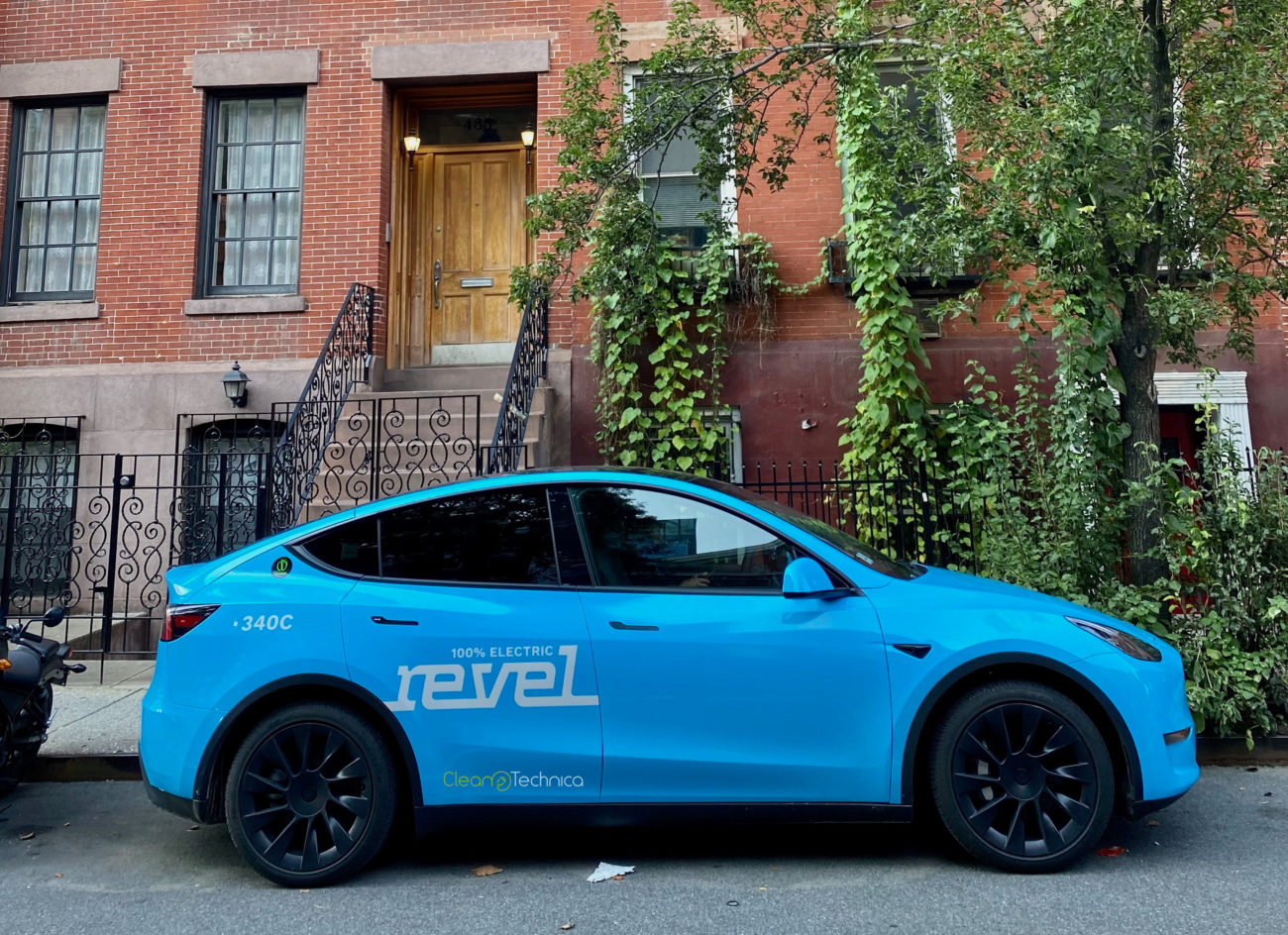




















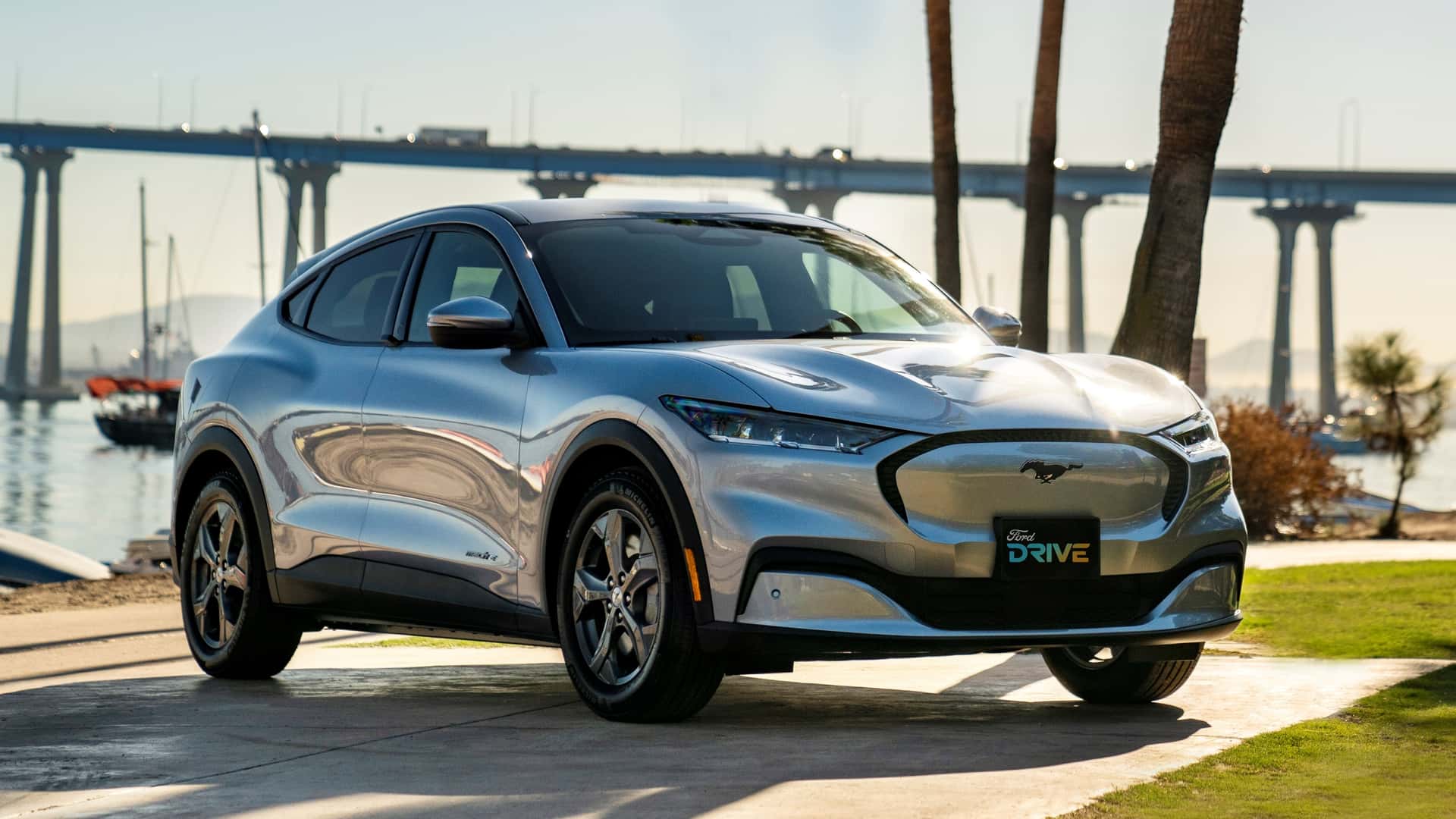


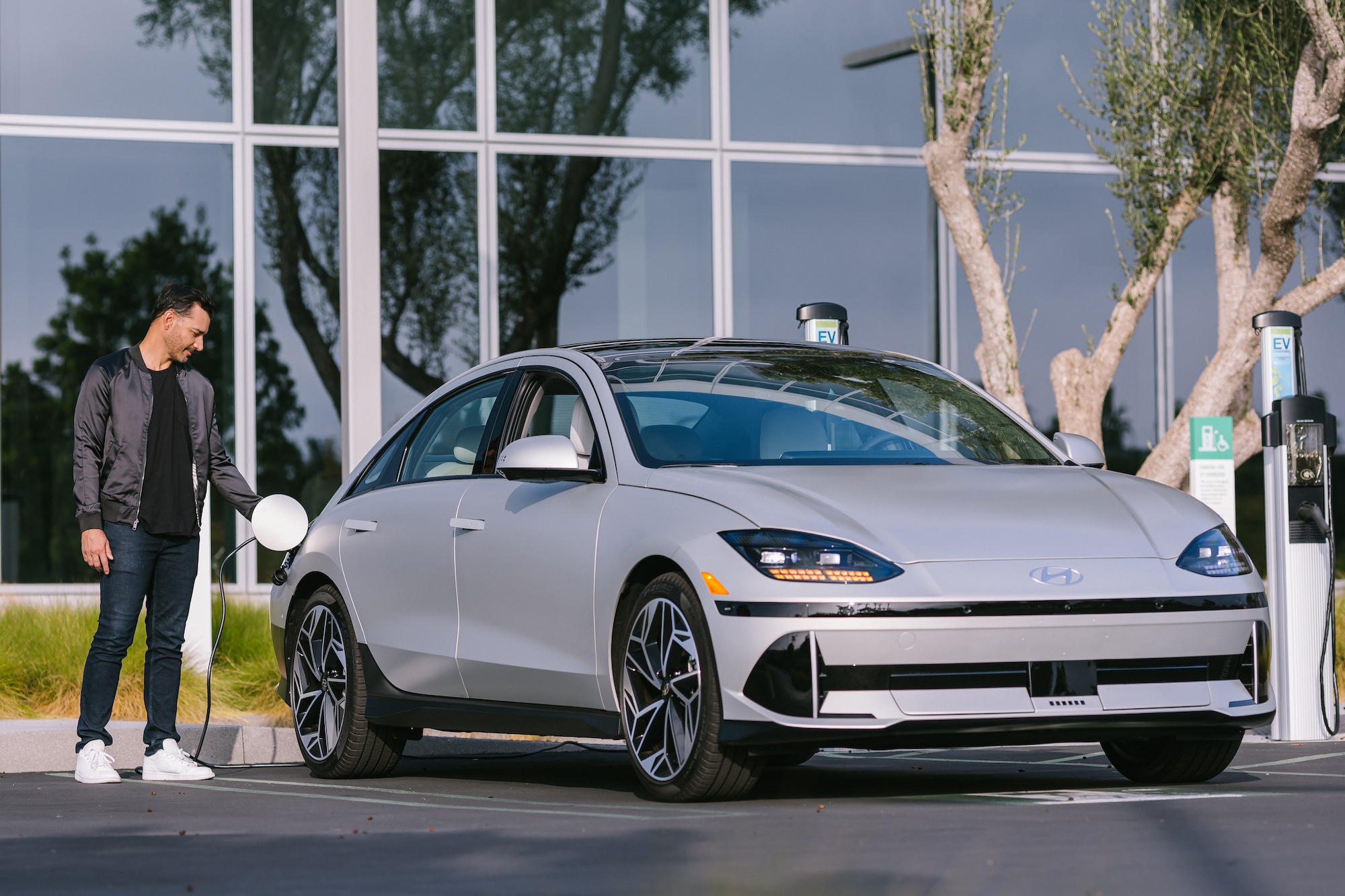






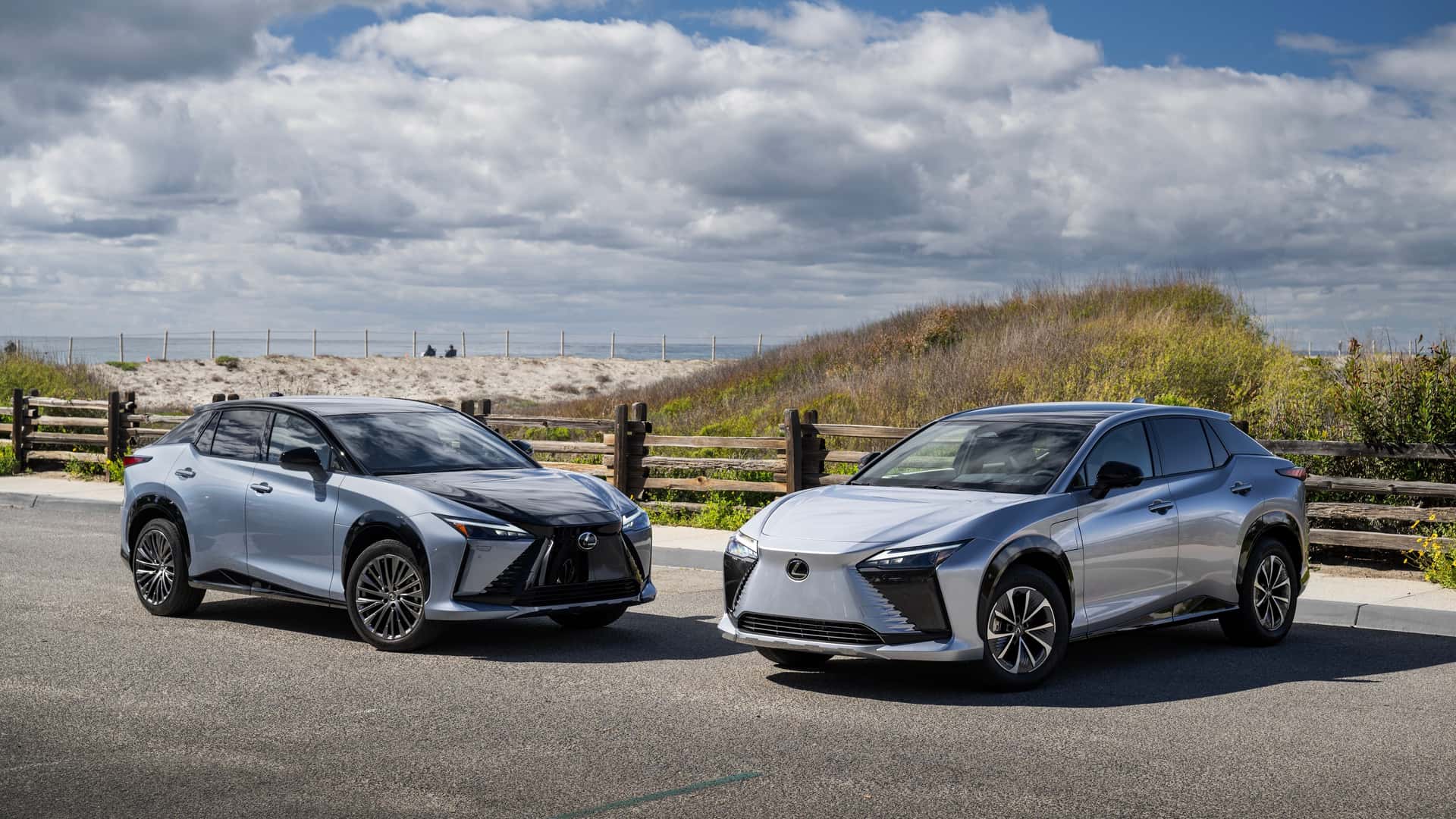







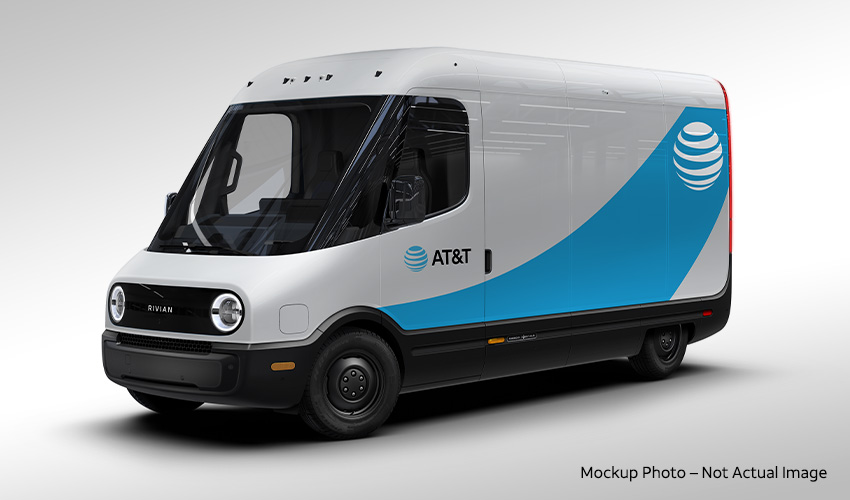





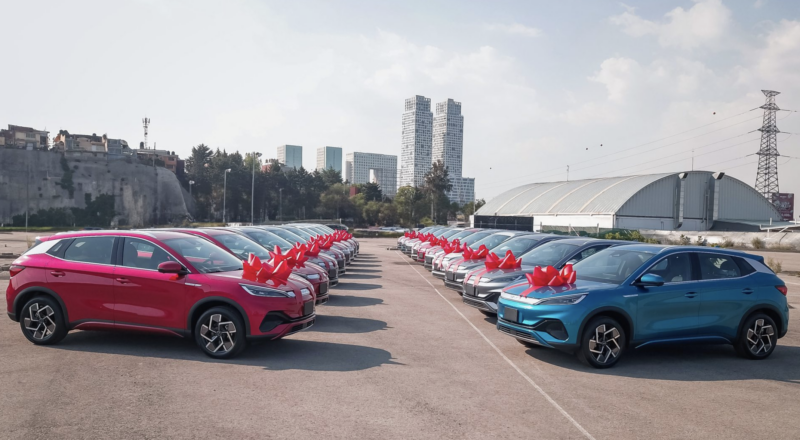



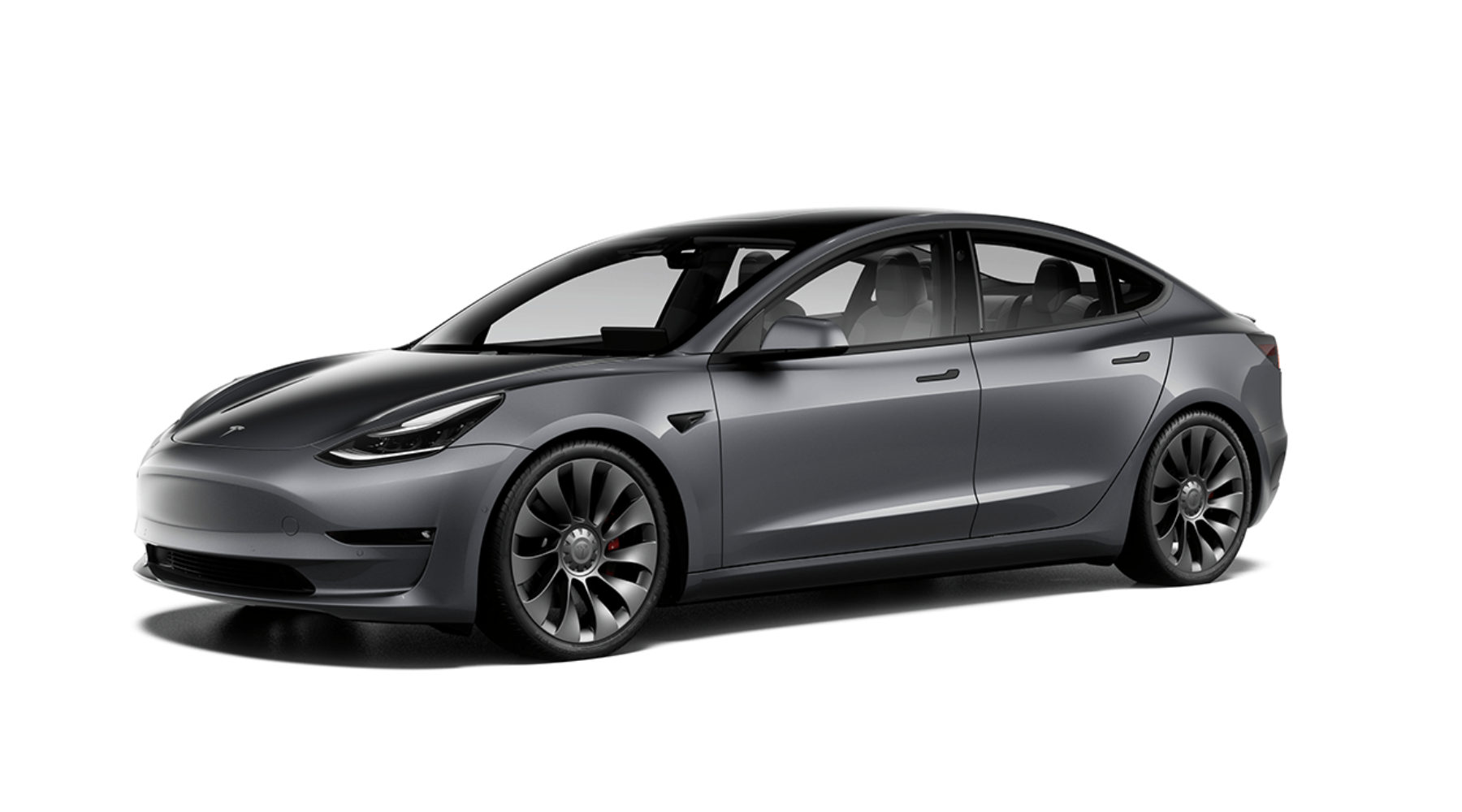
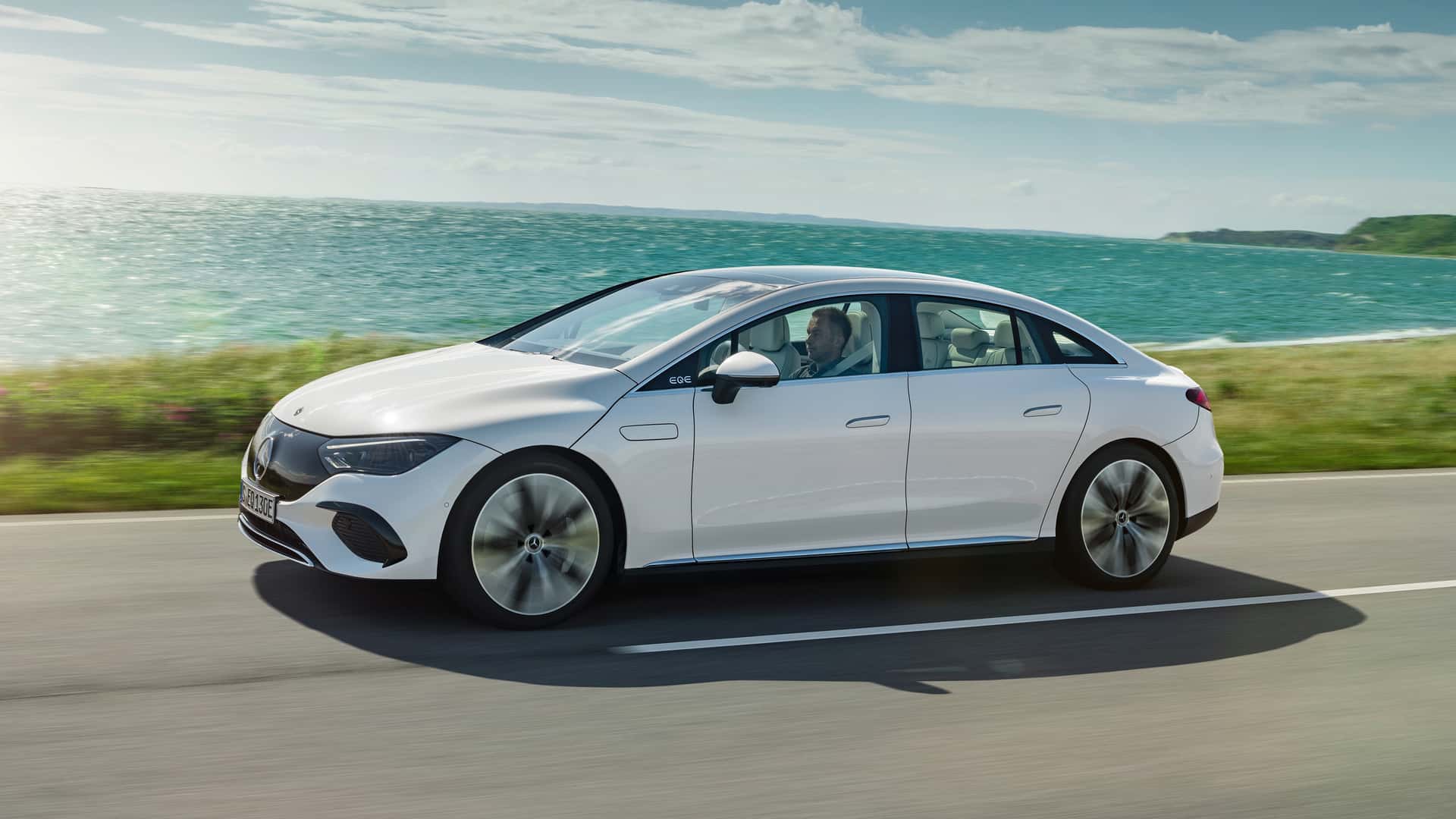






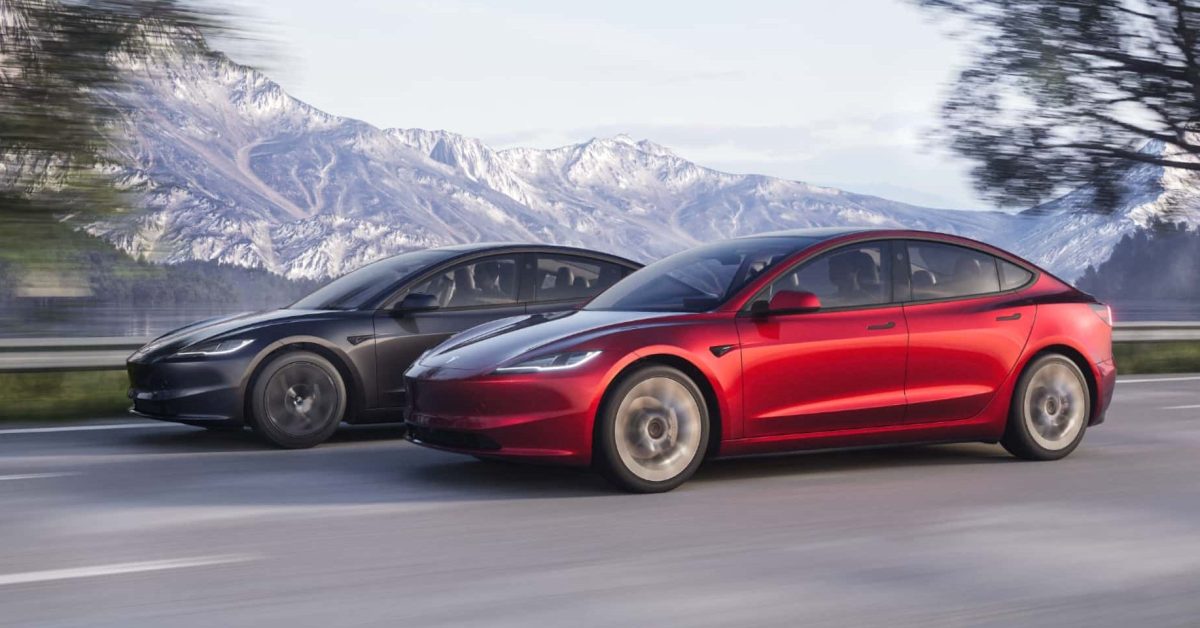


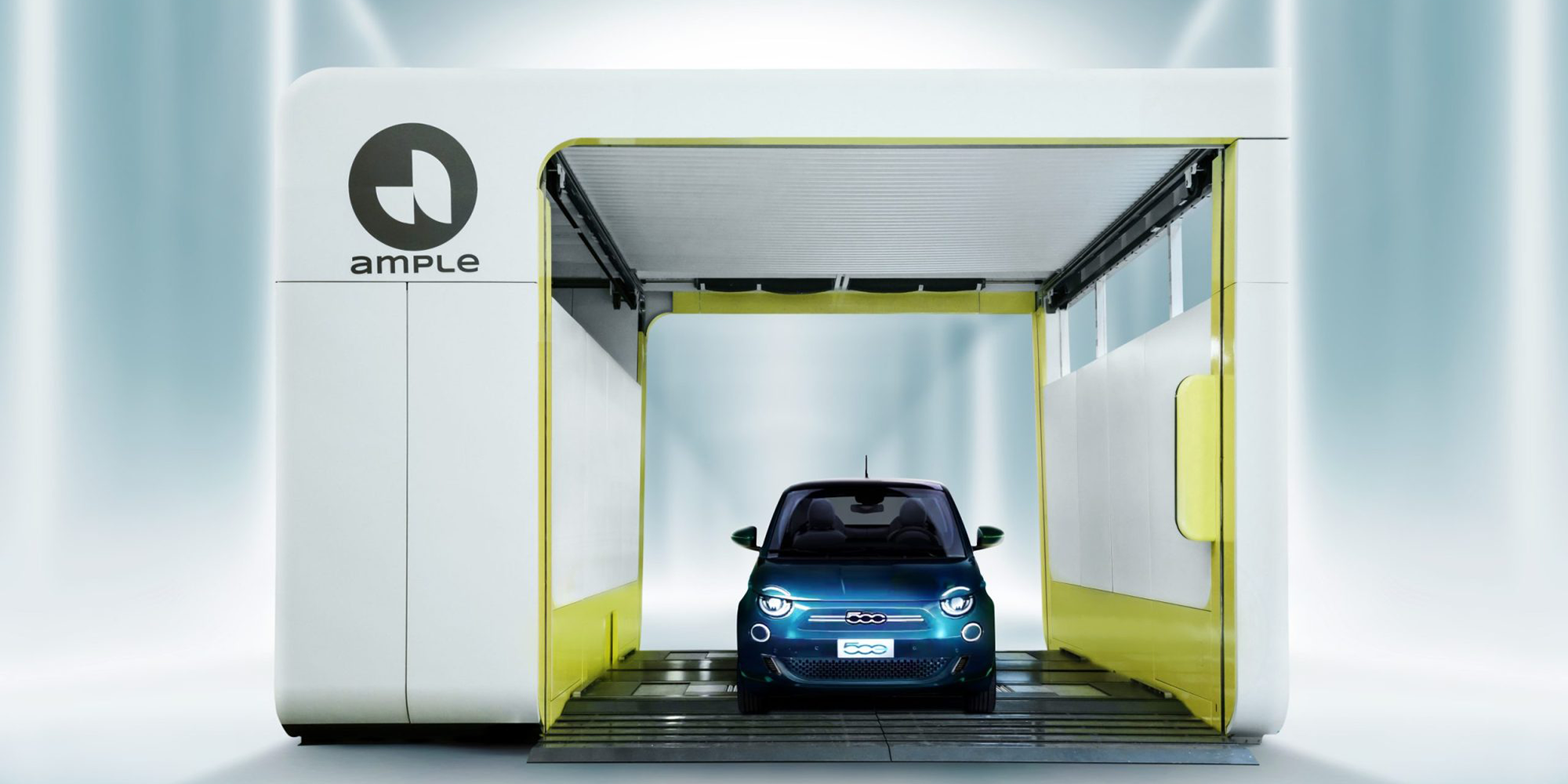















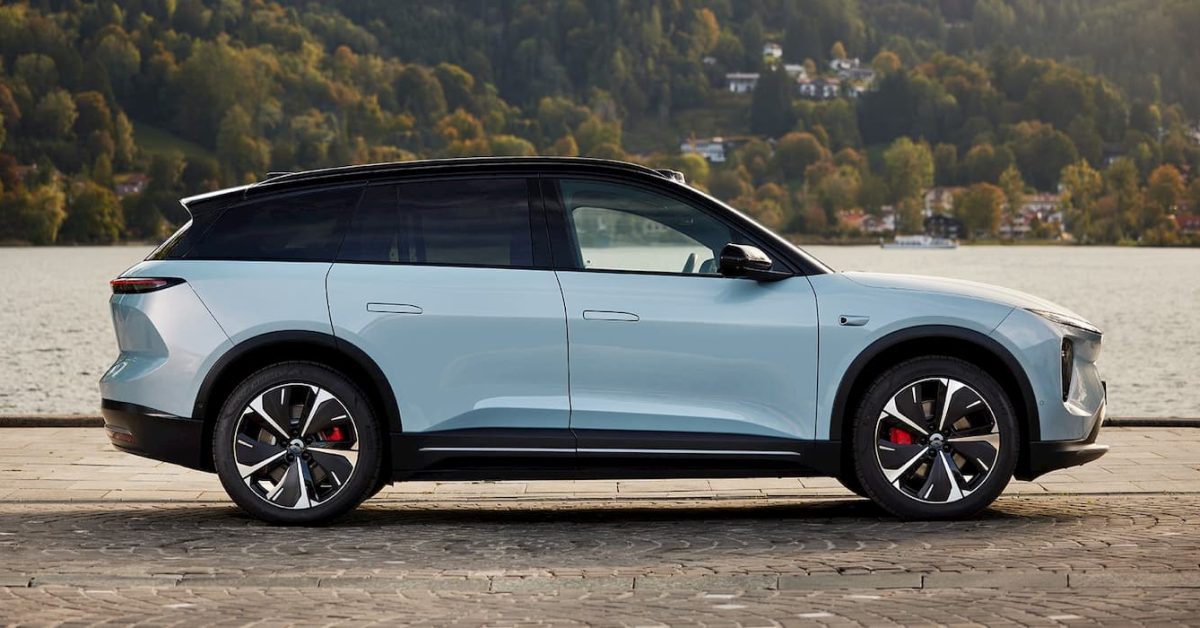





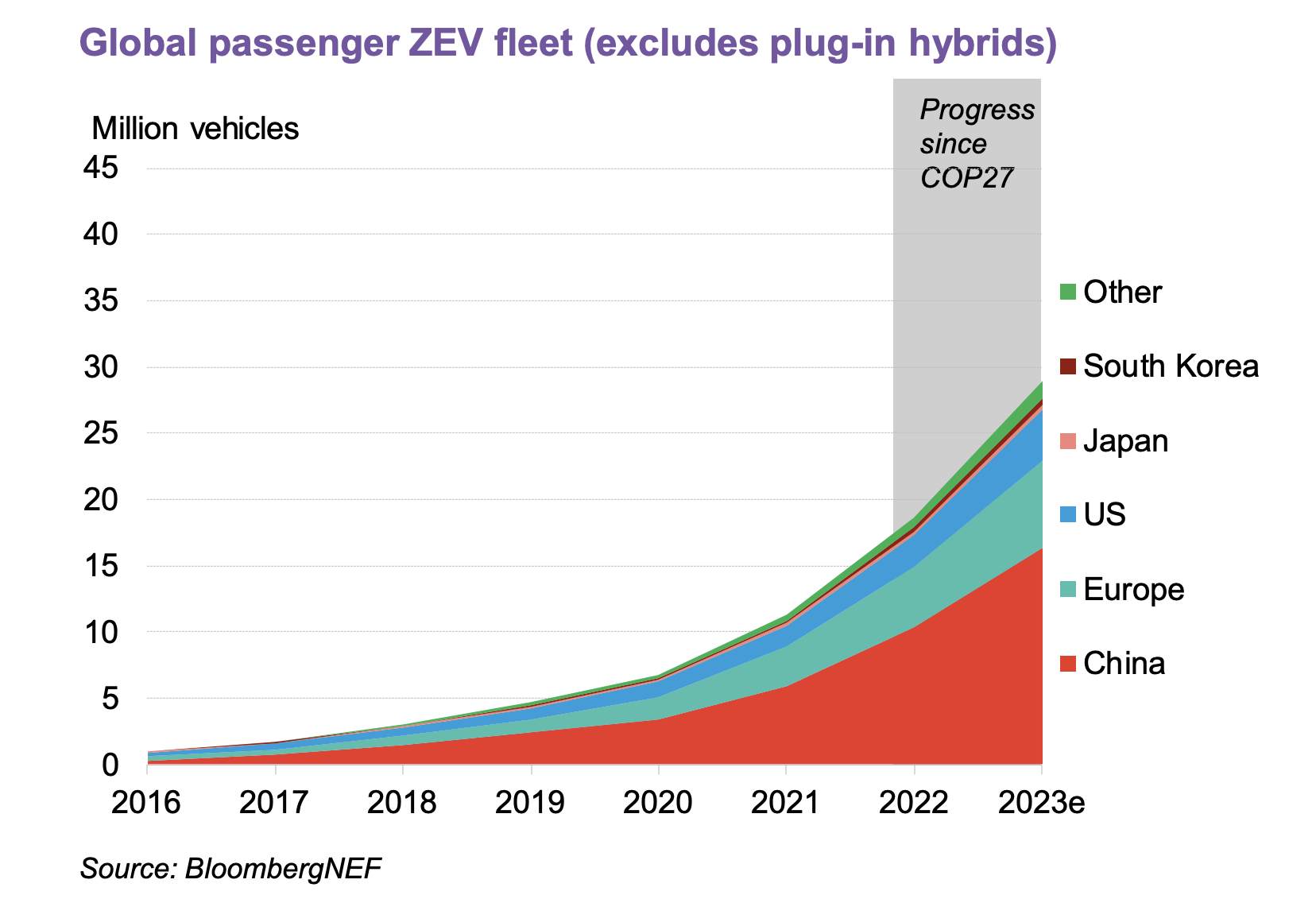


































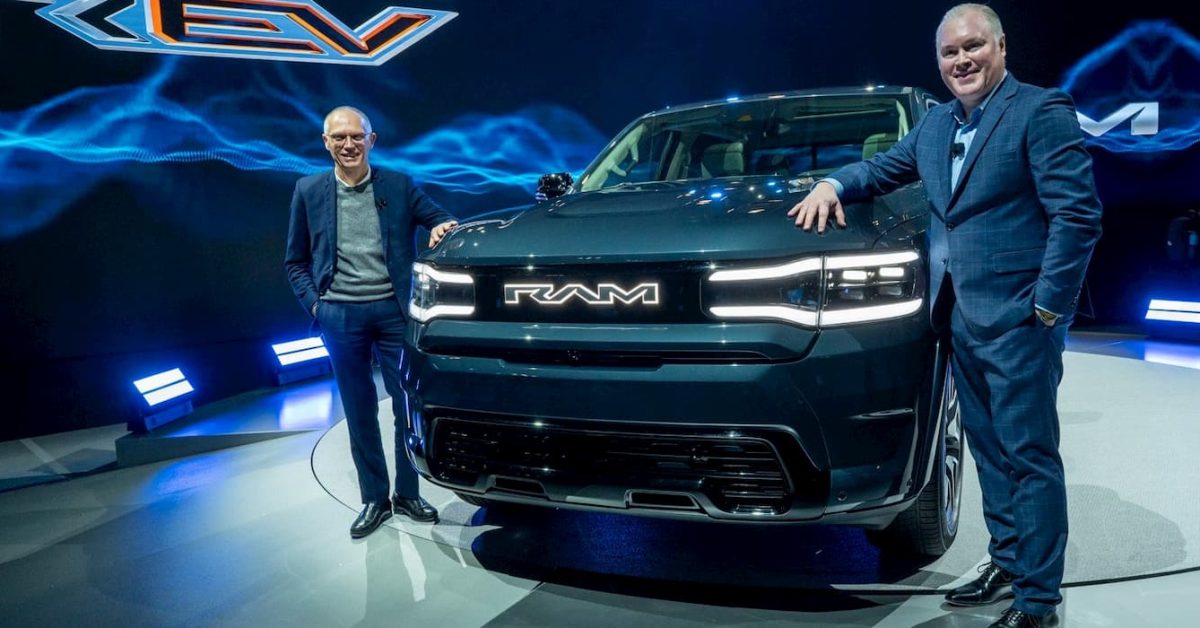







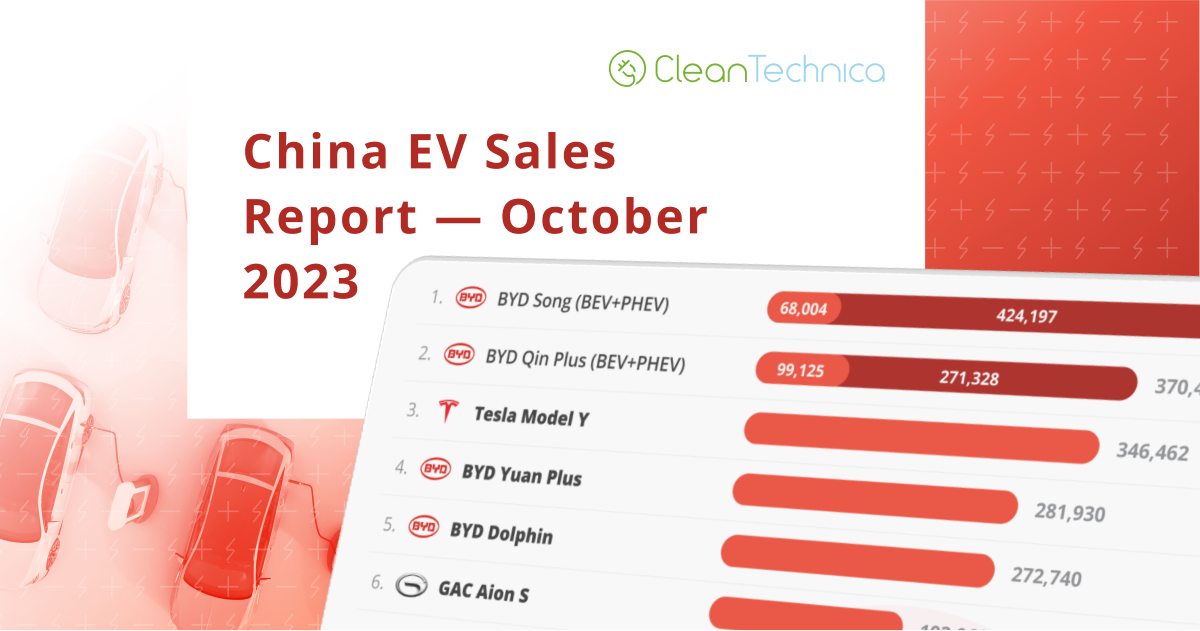
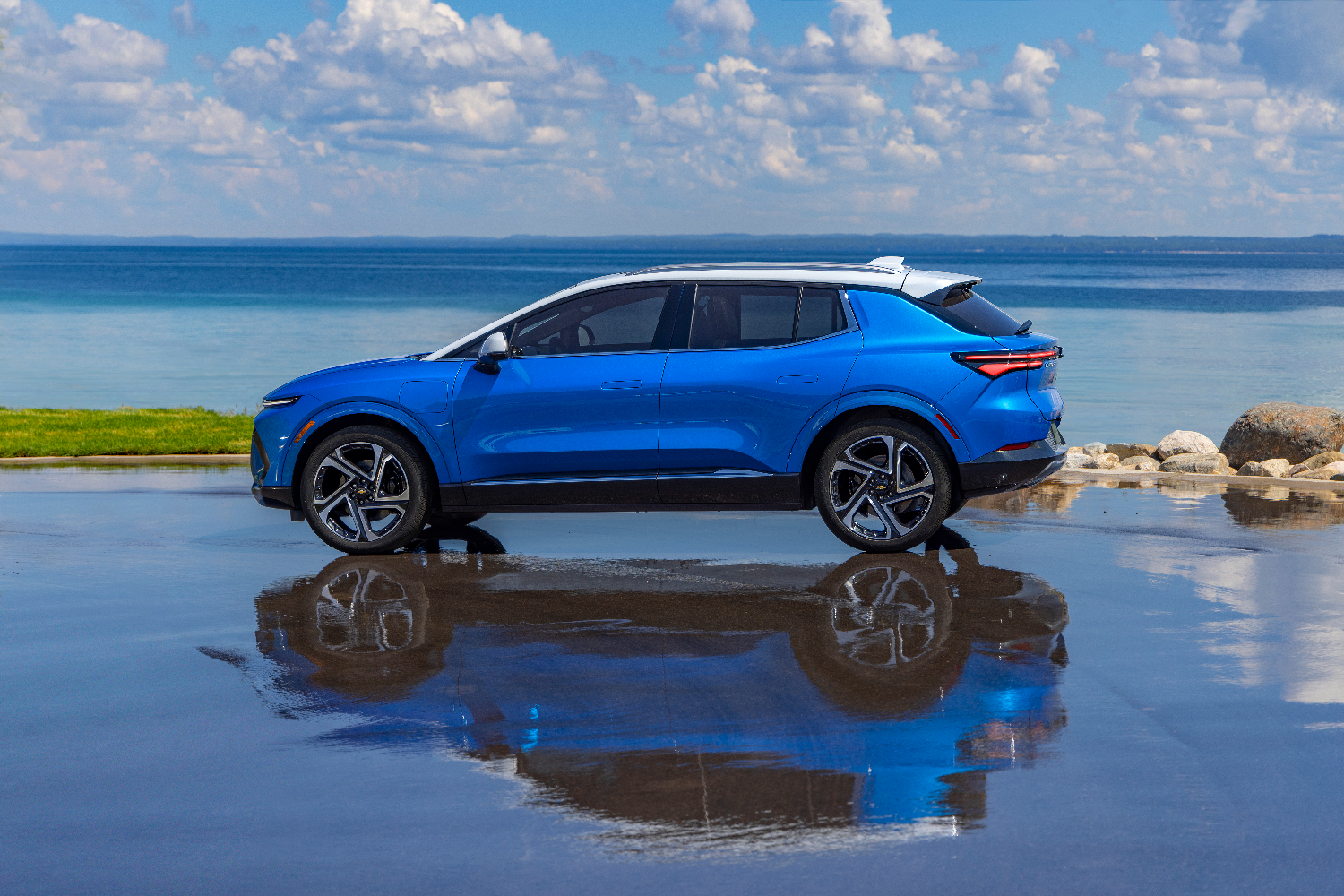







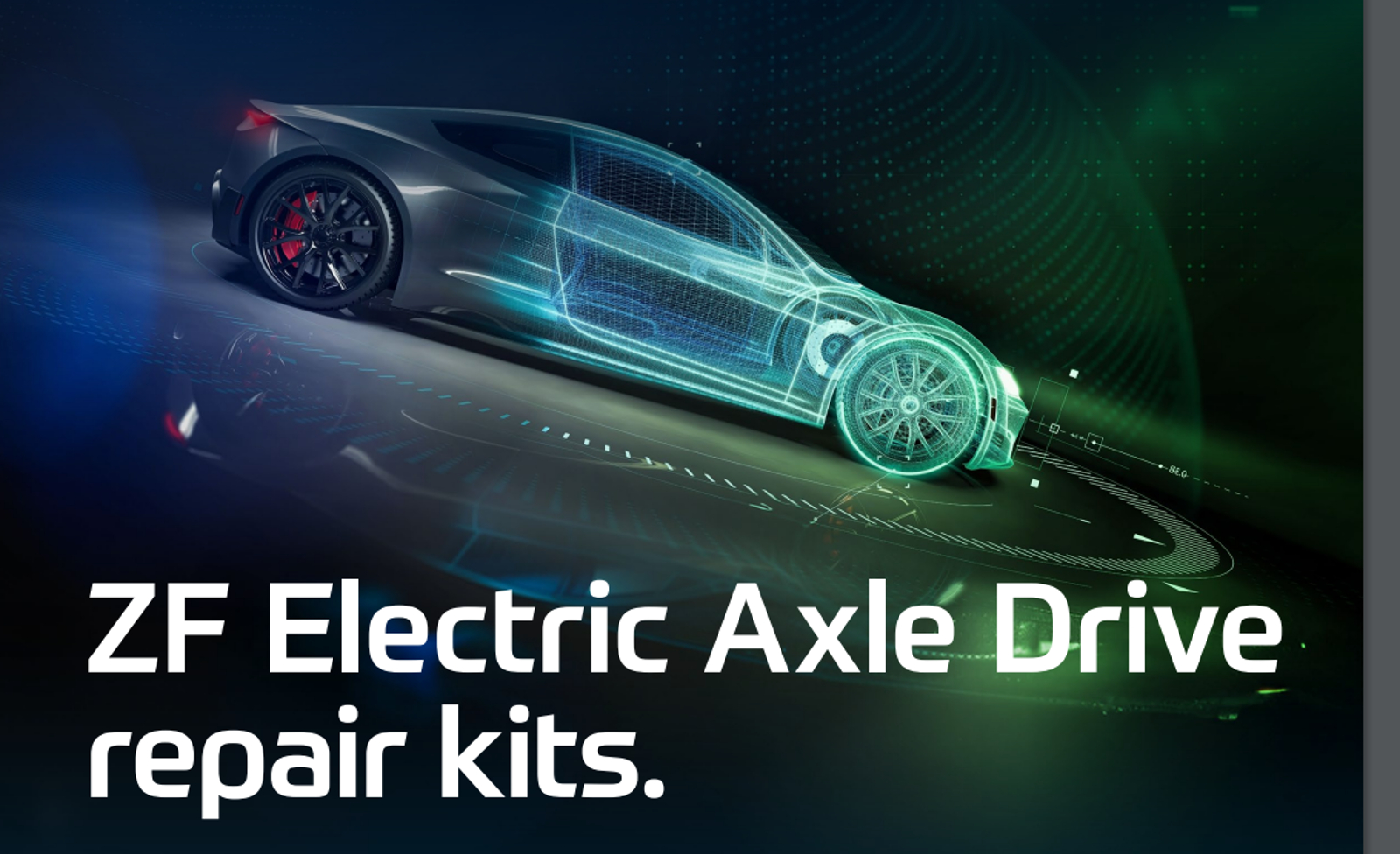



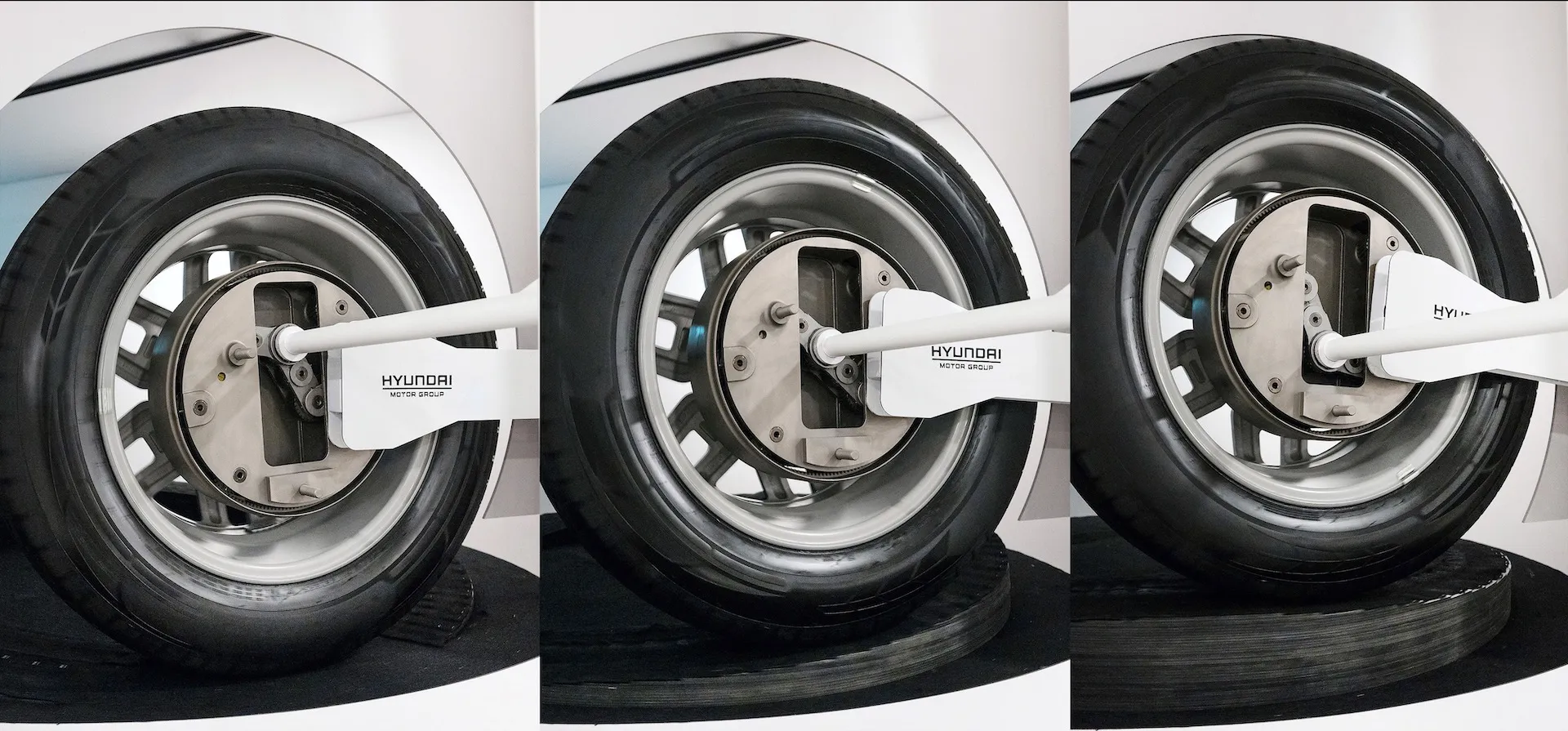

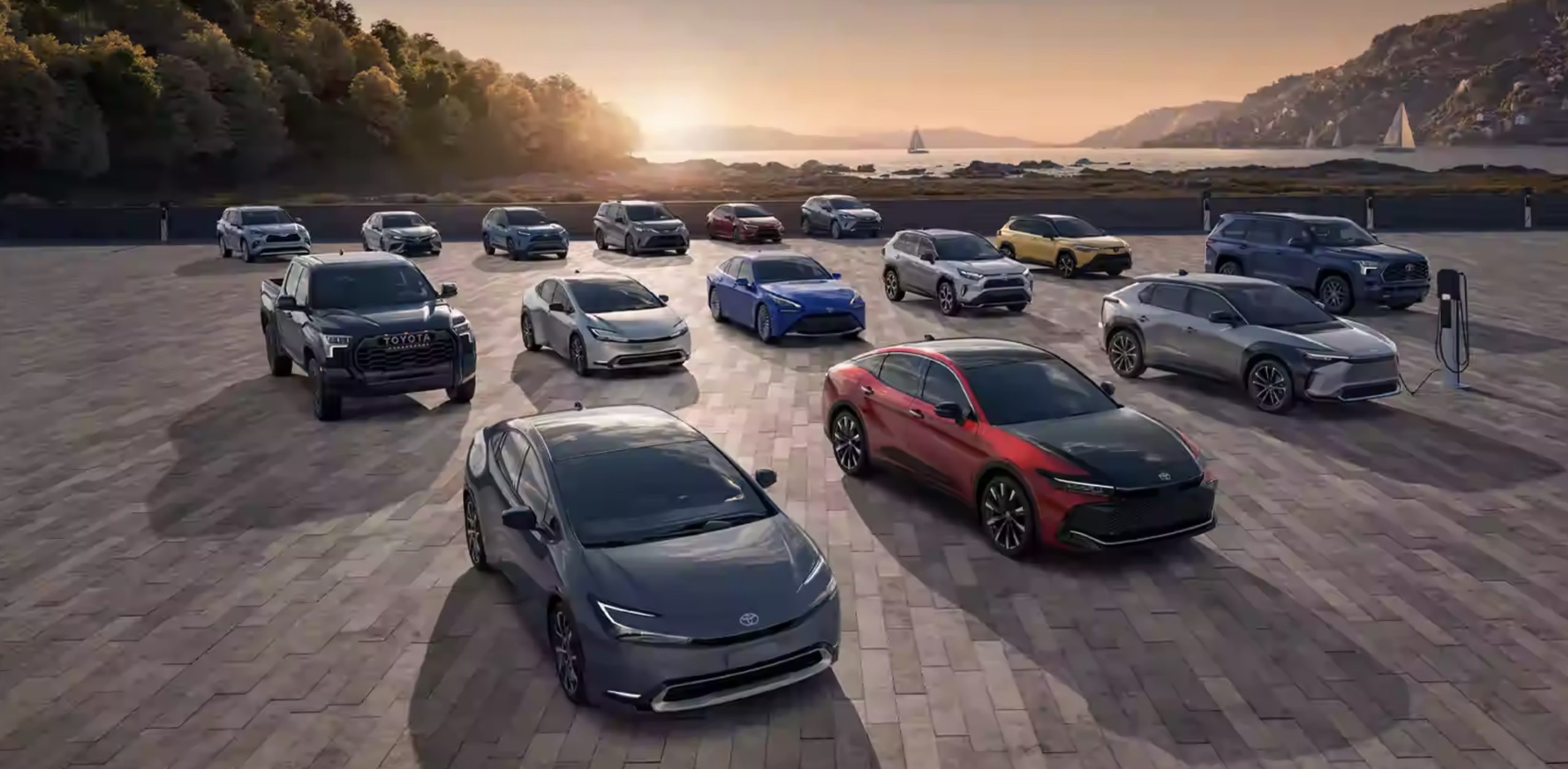


















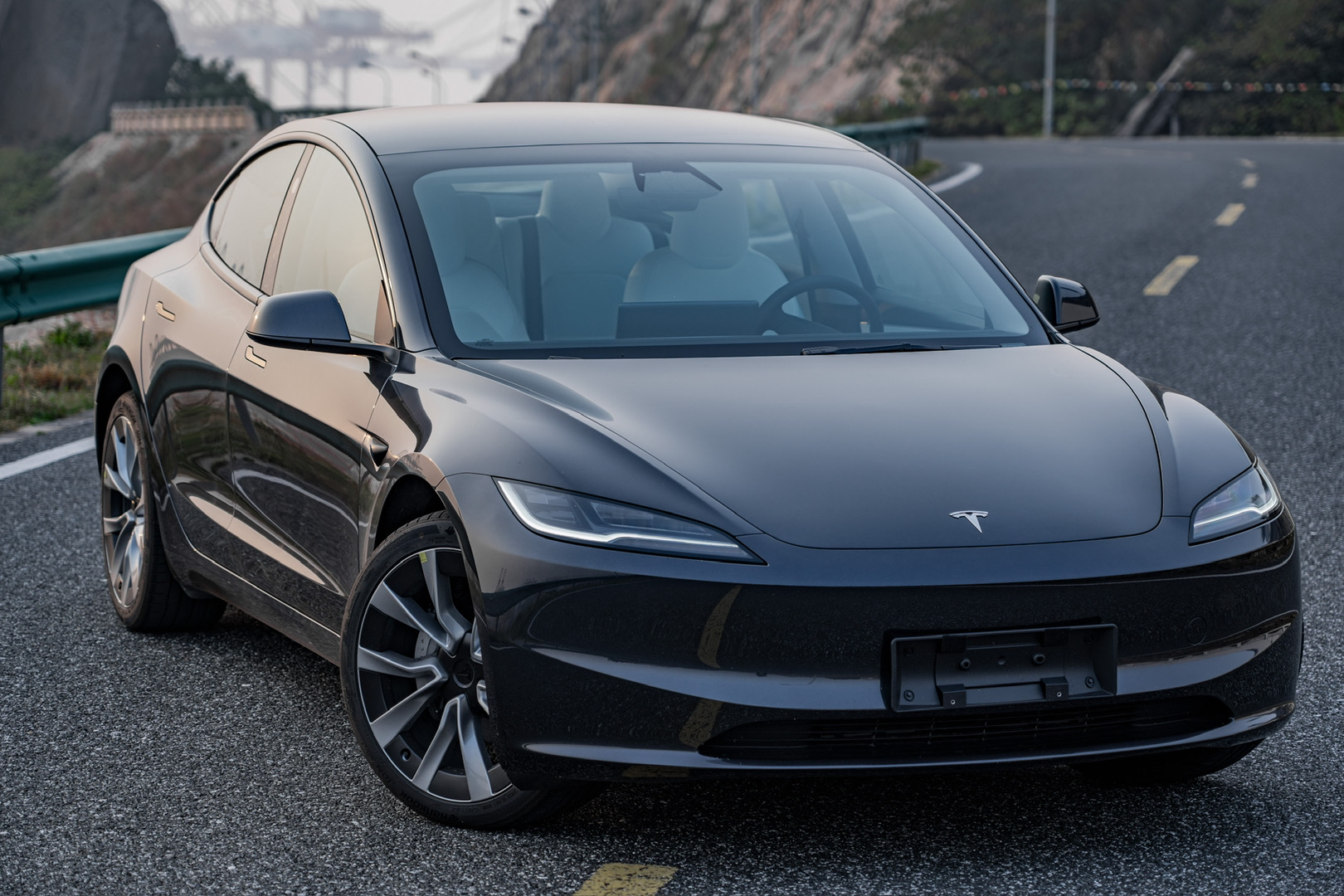






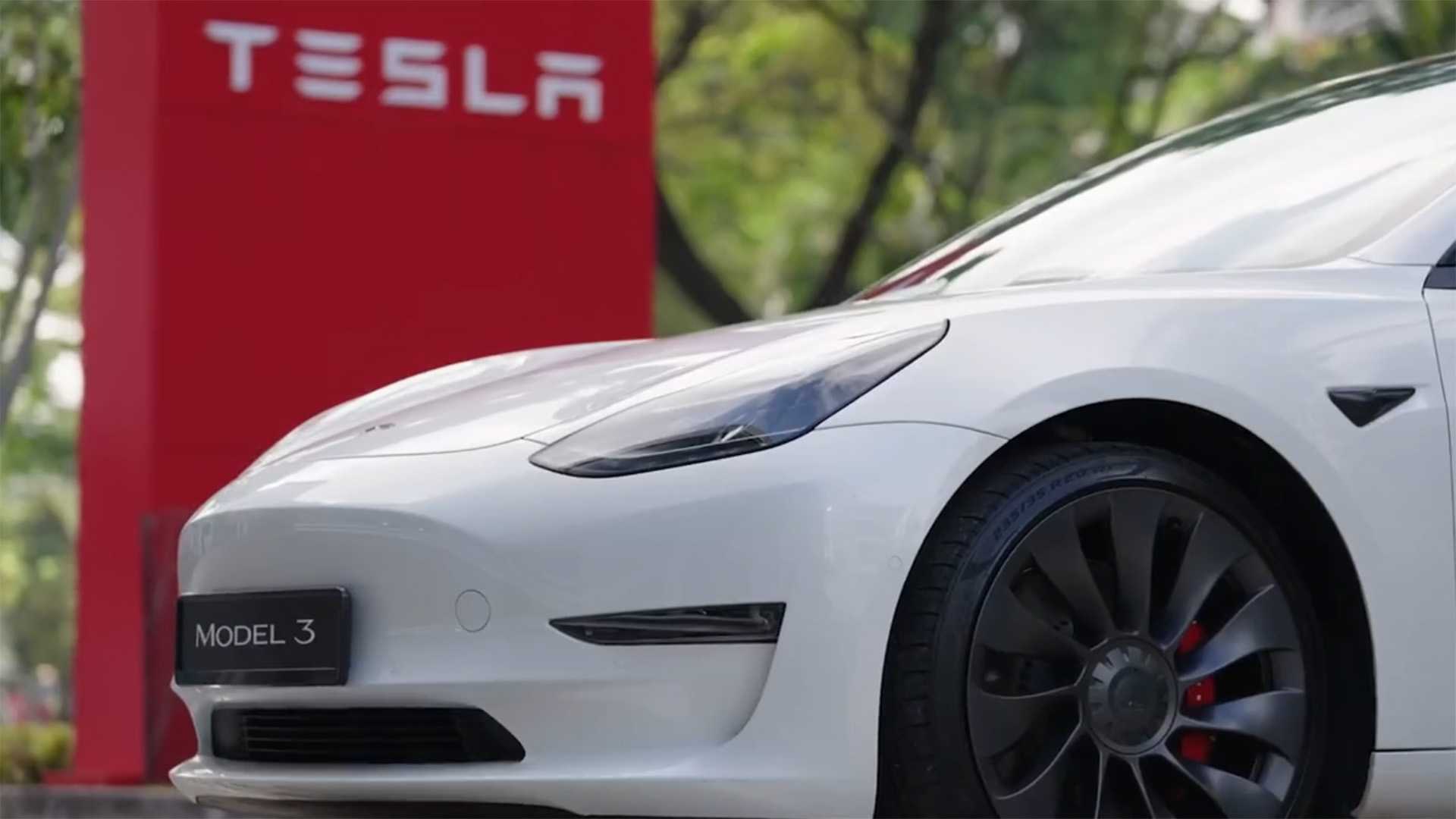




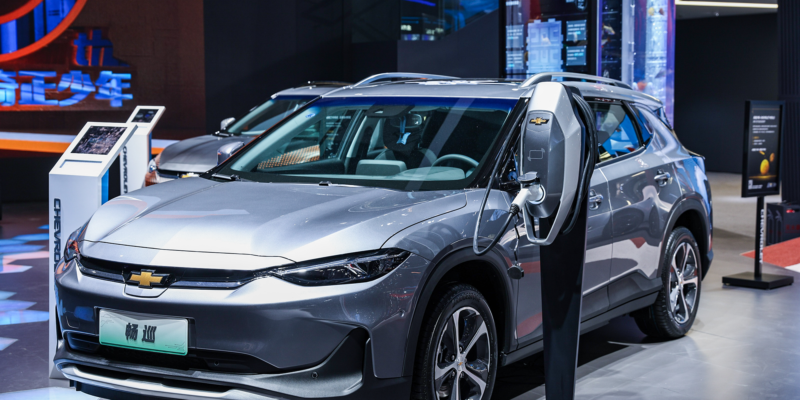


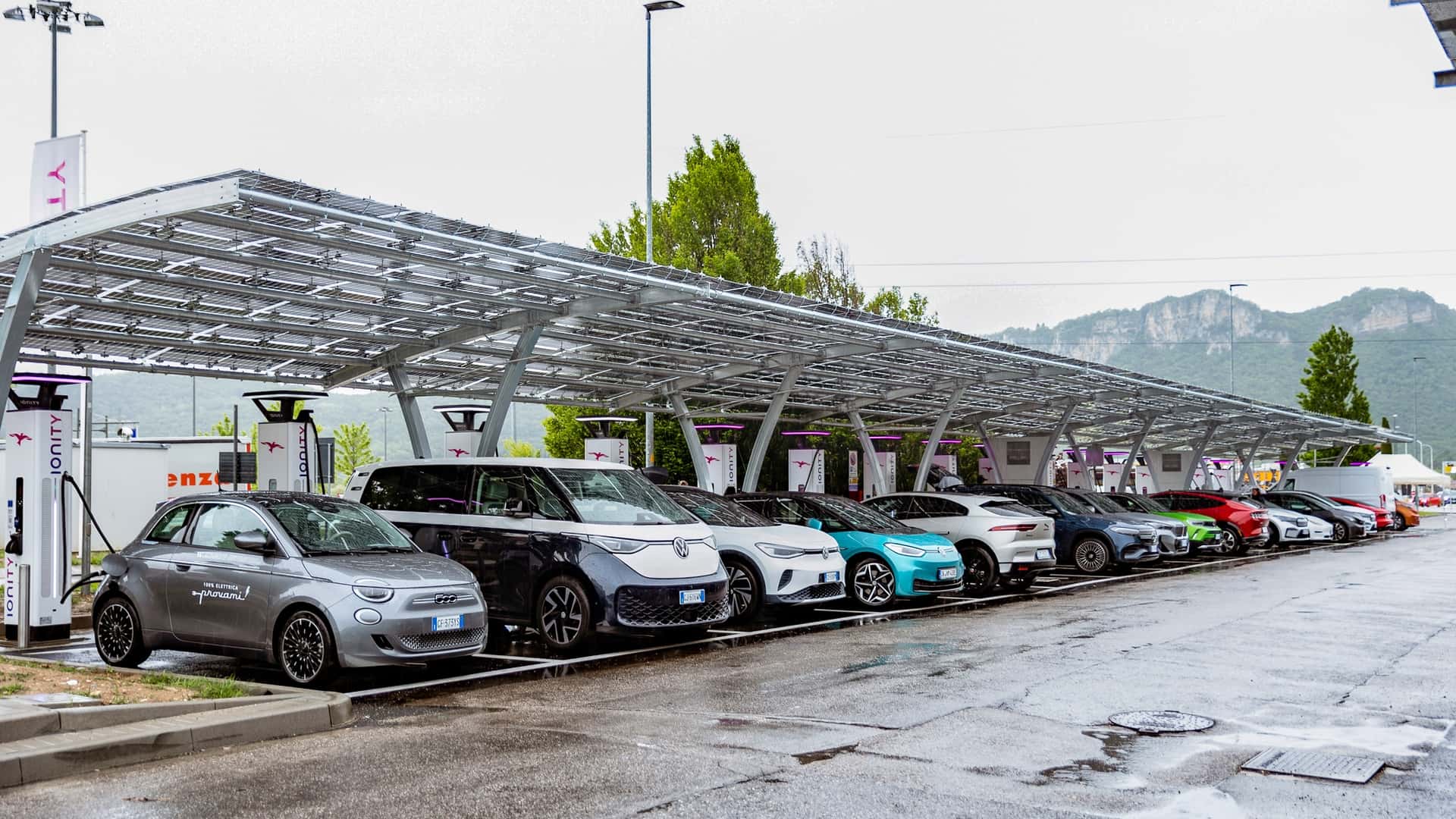


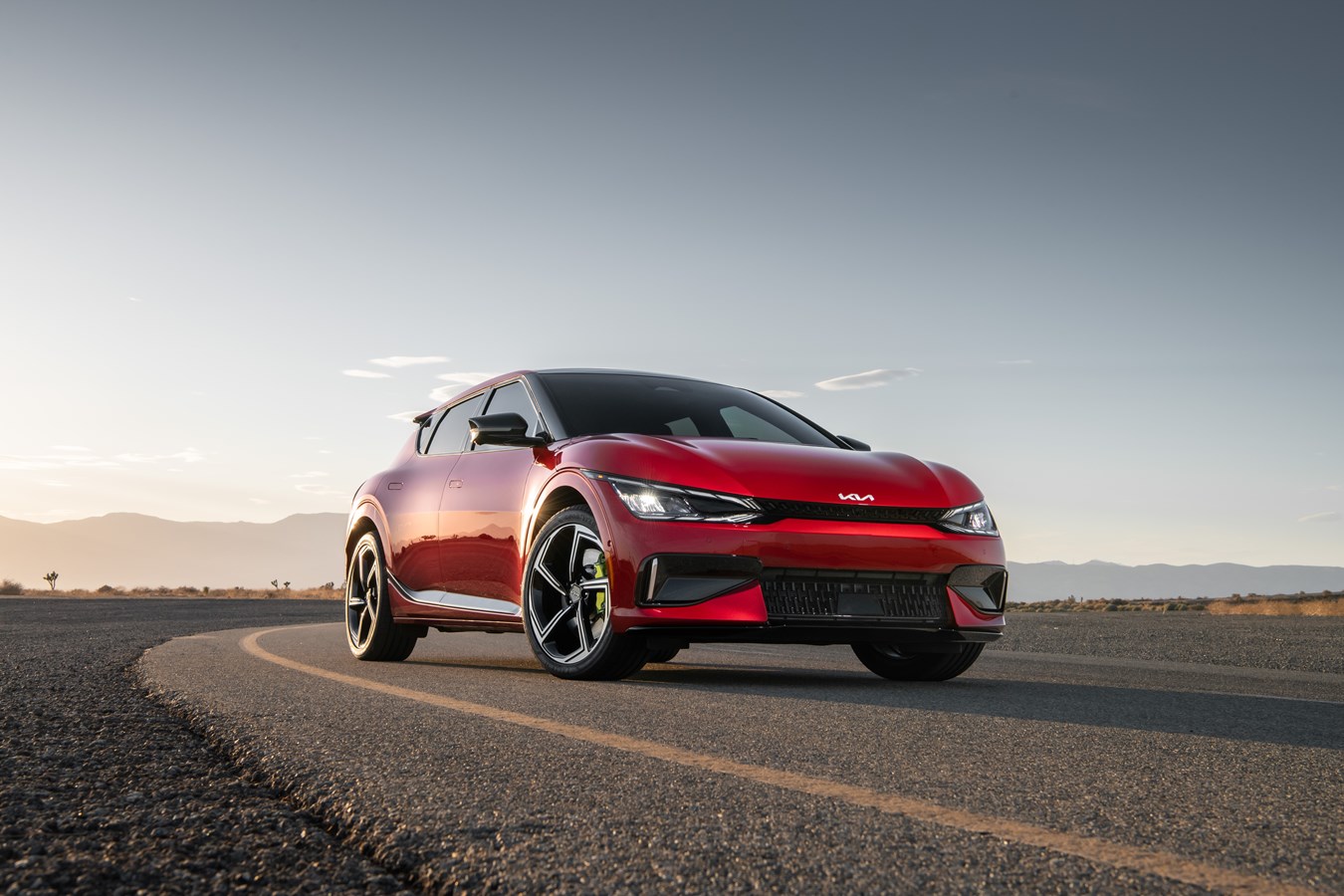






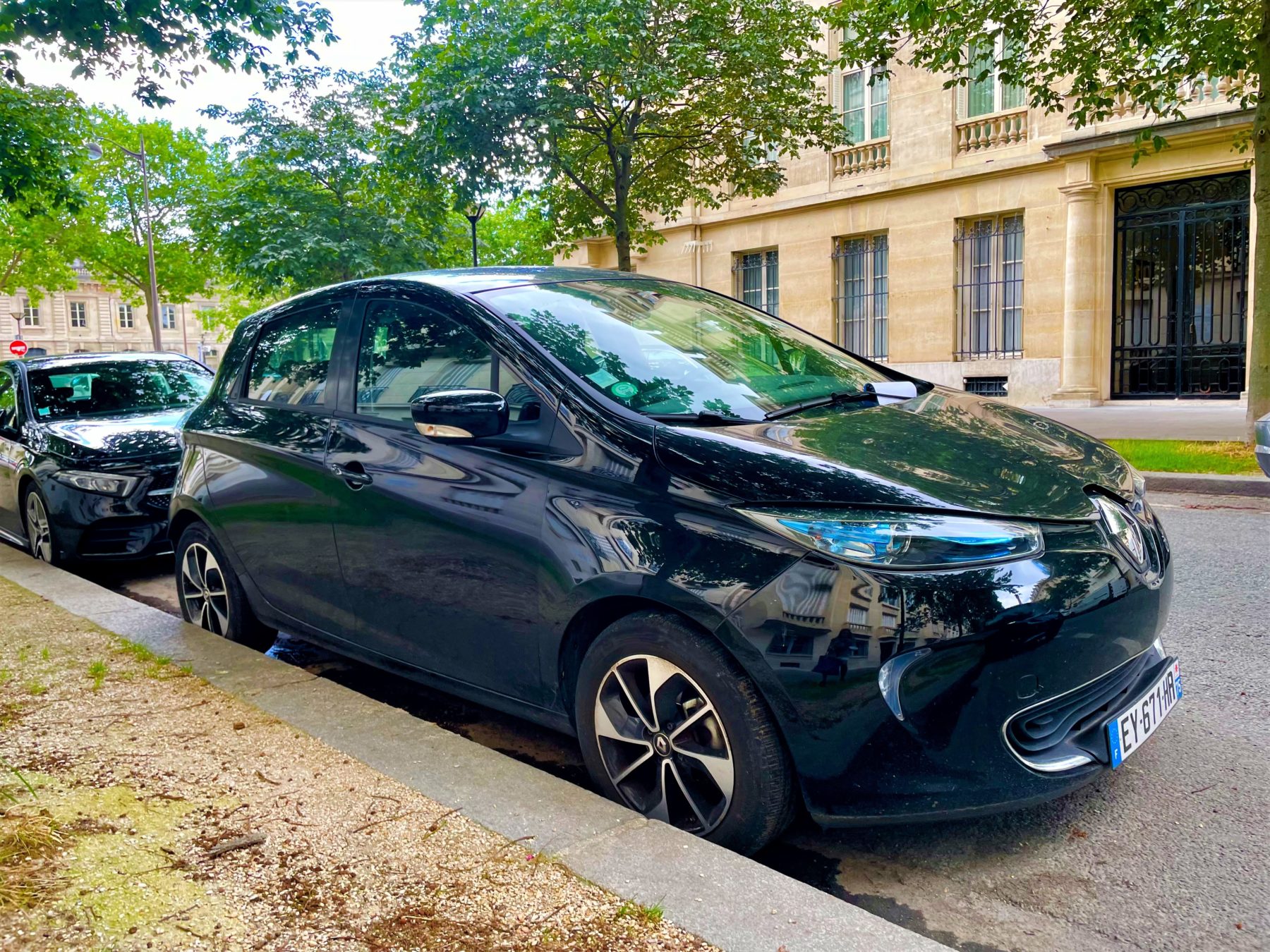













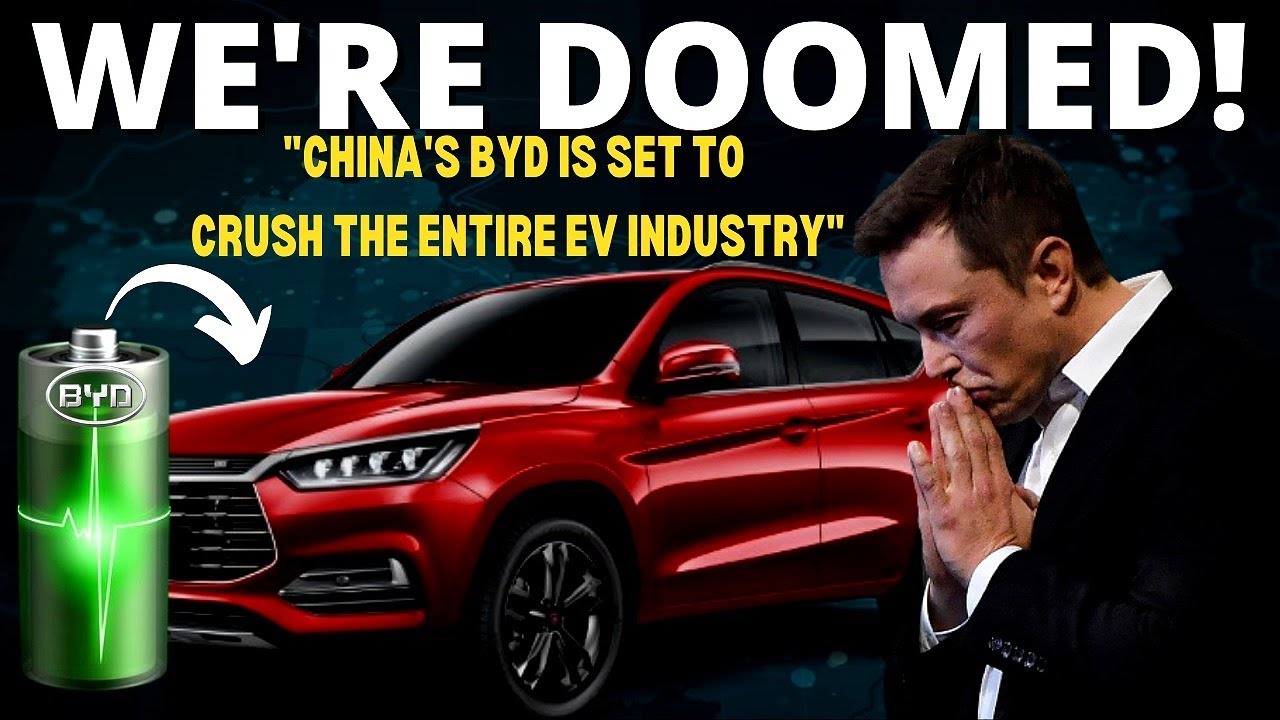





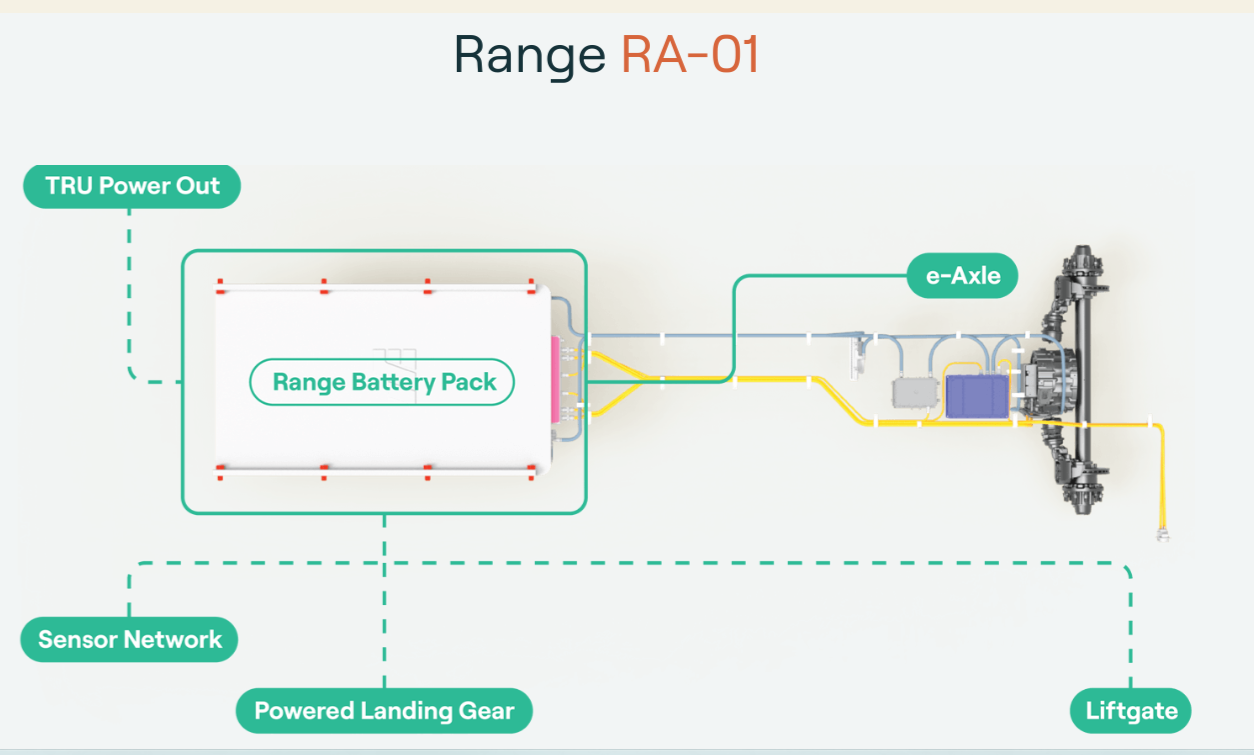

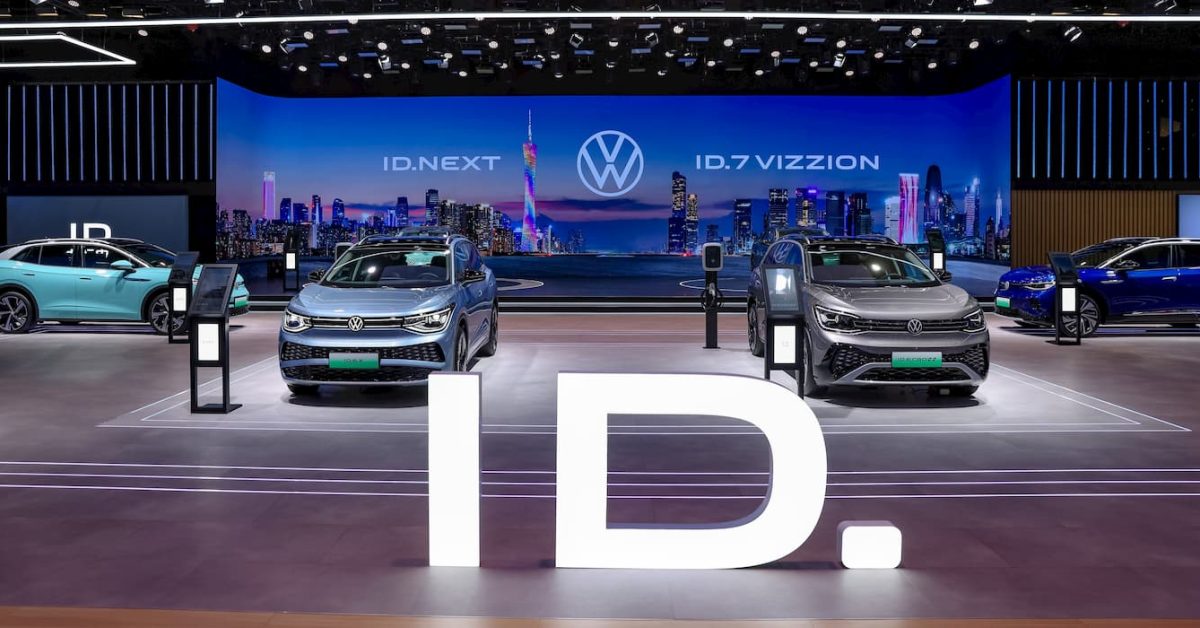

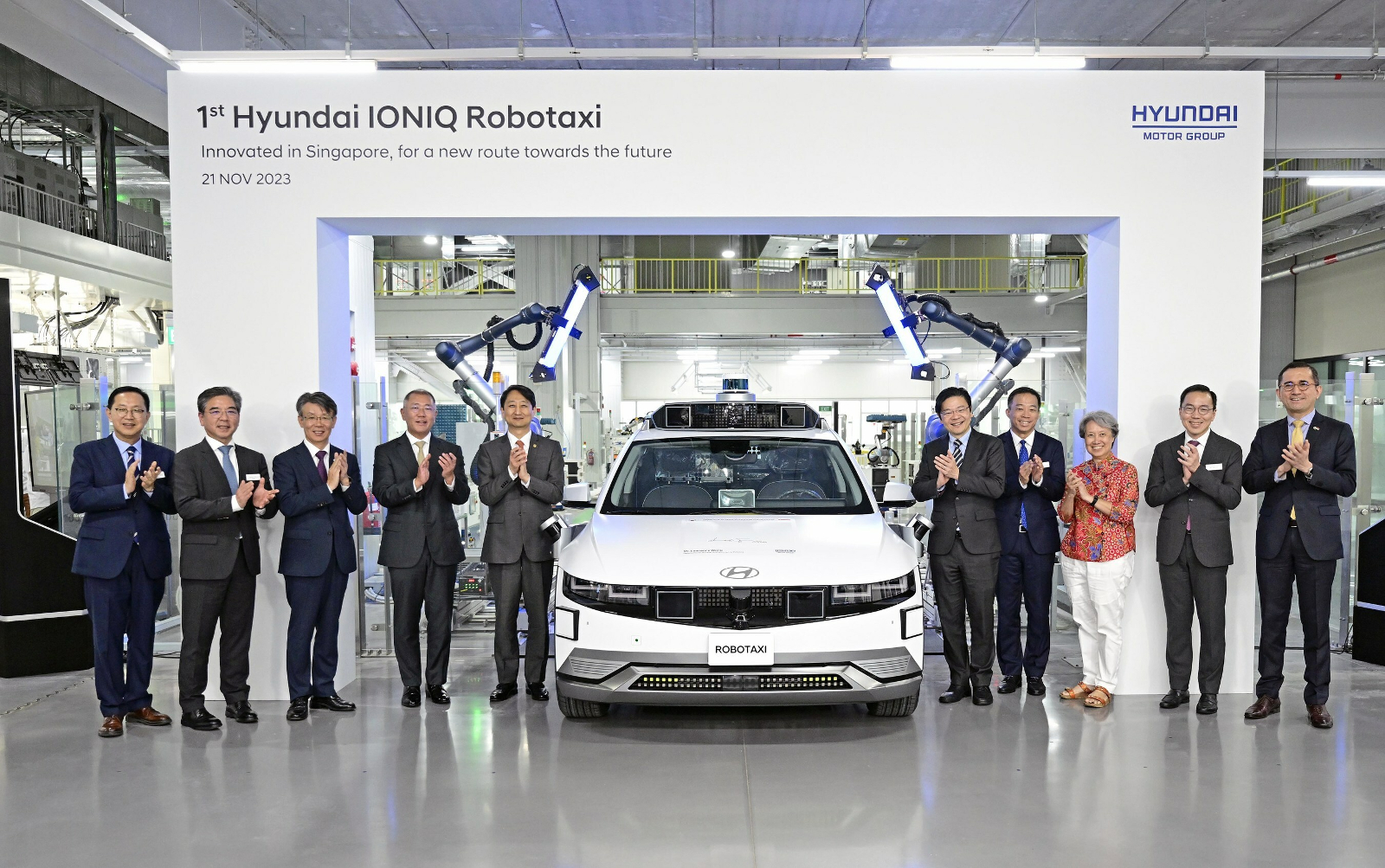









Leave a Reply
You must be logged in to post a comment.